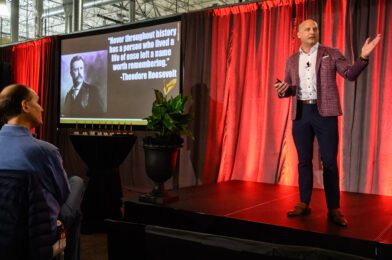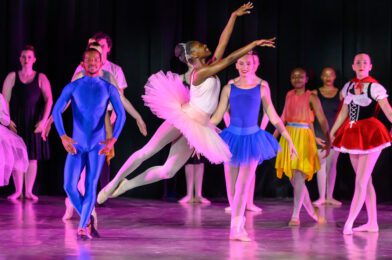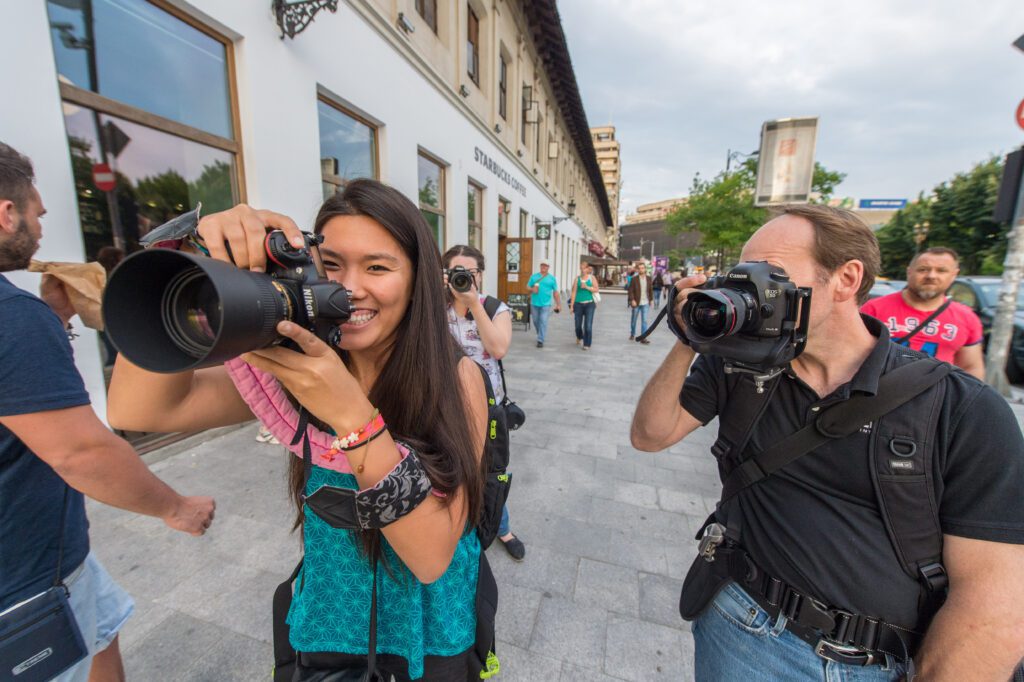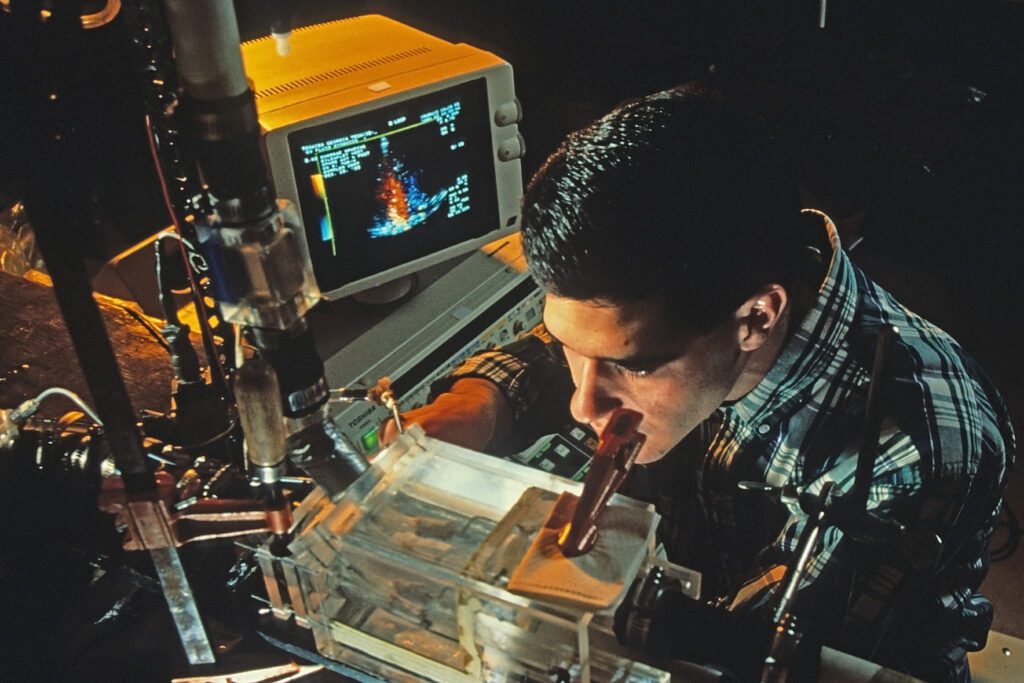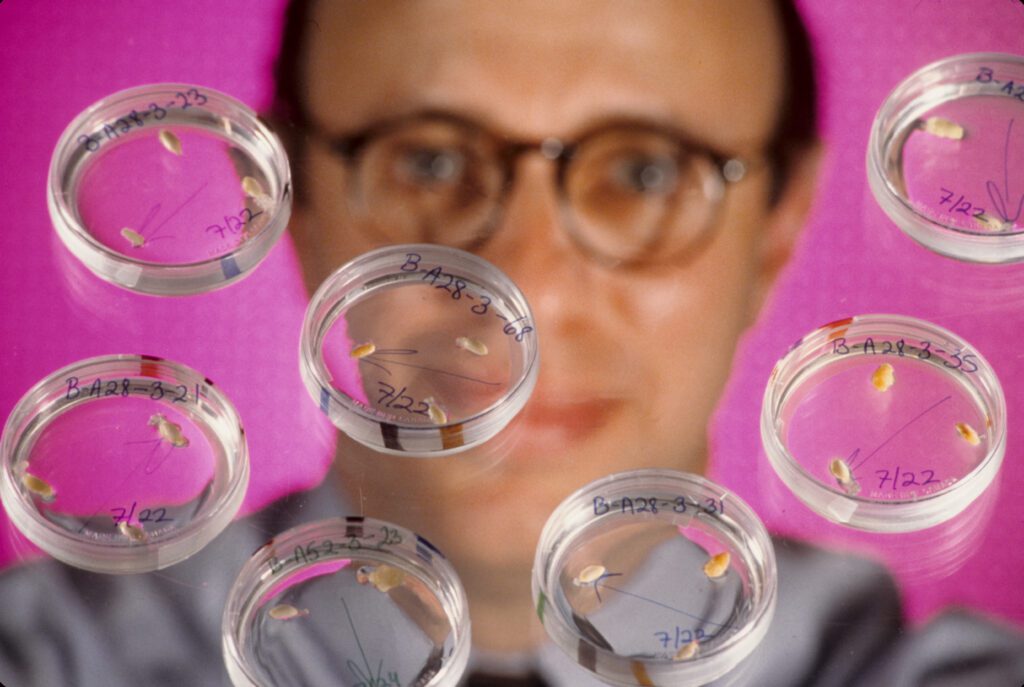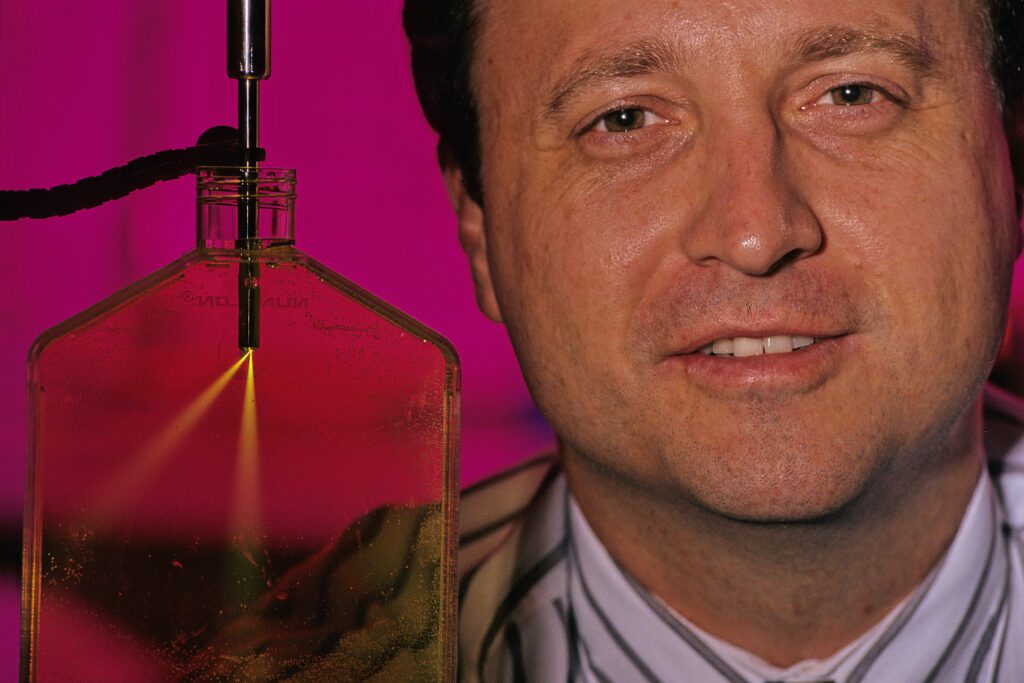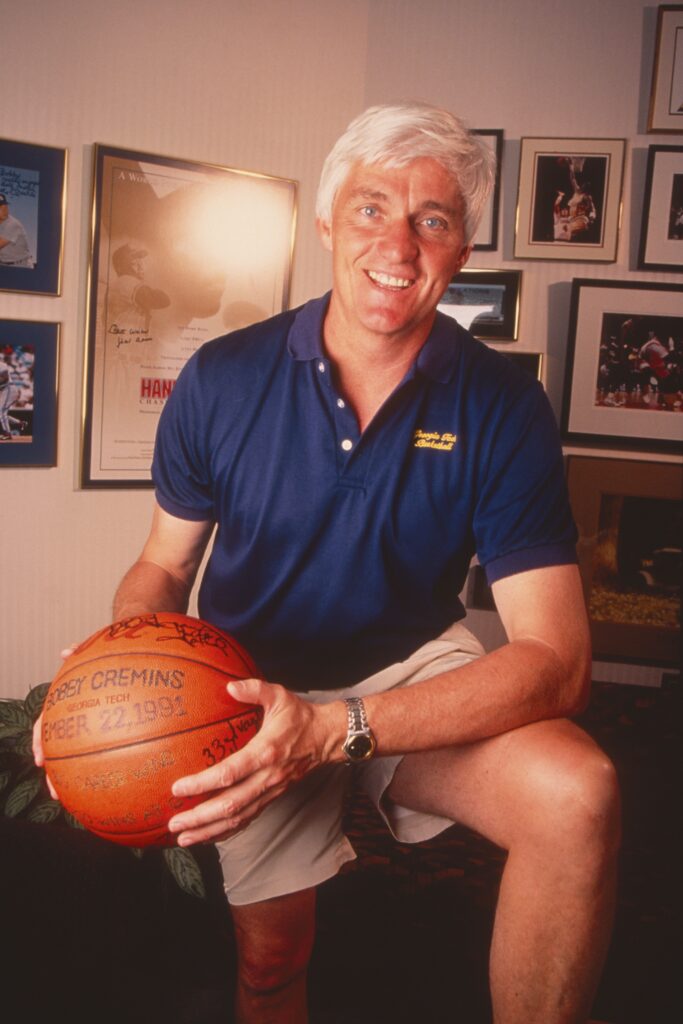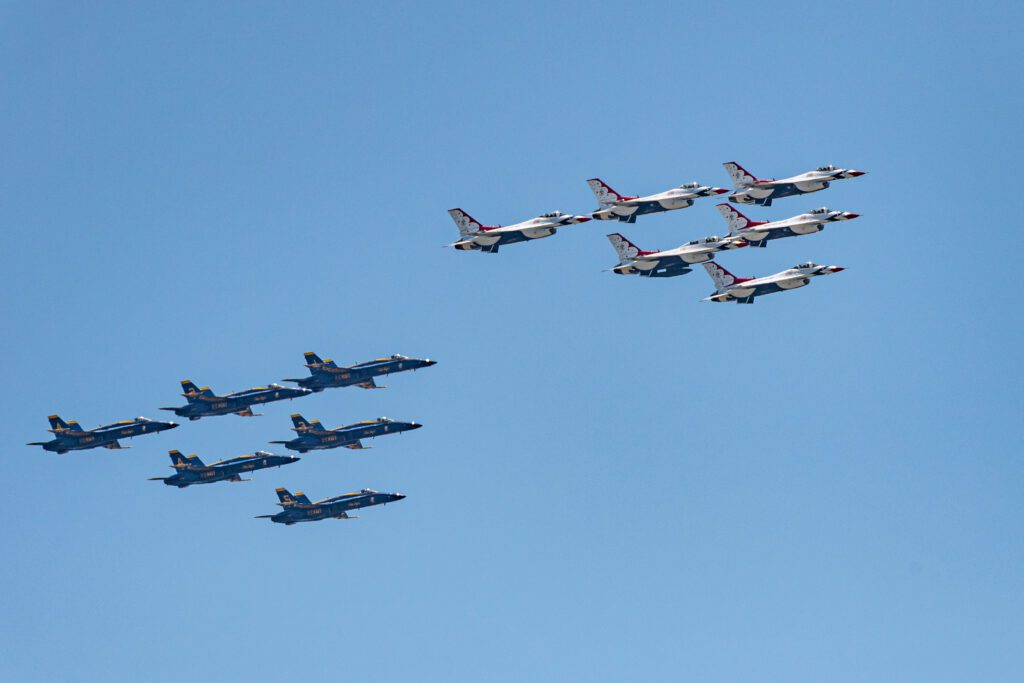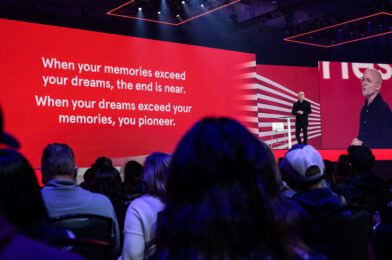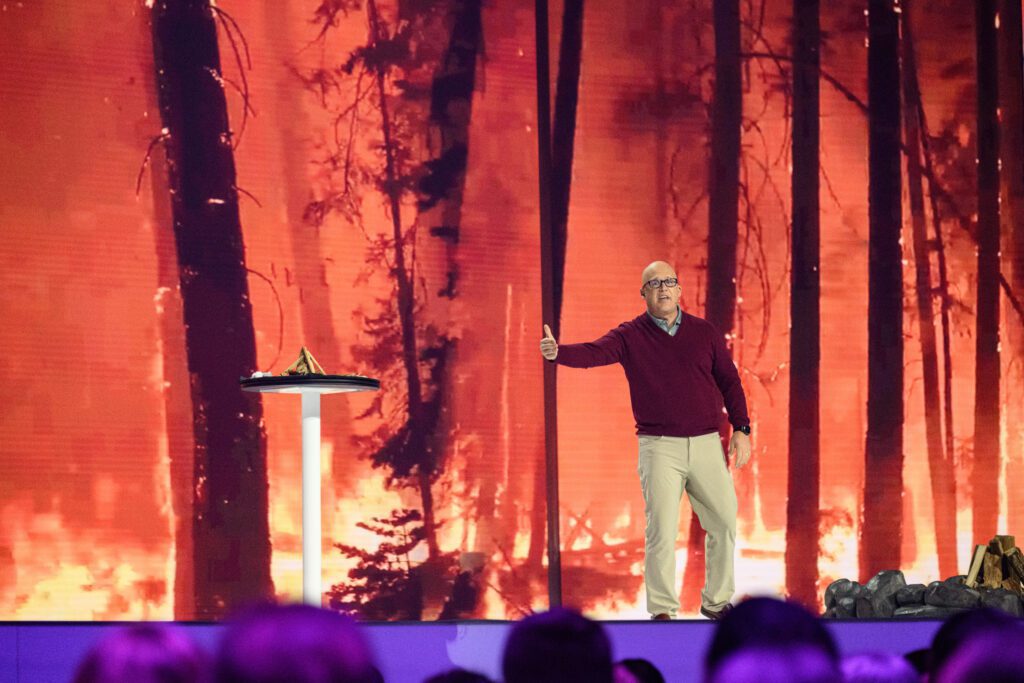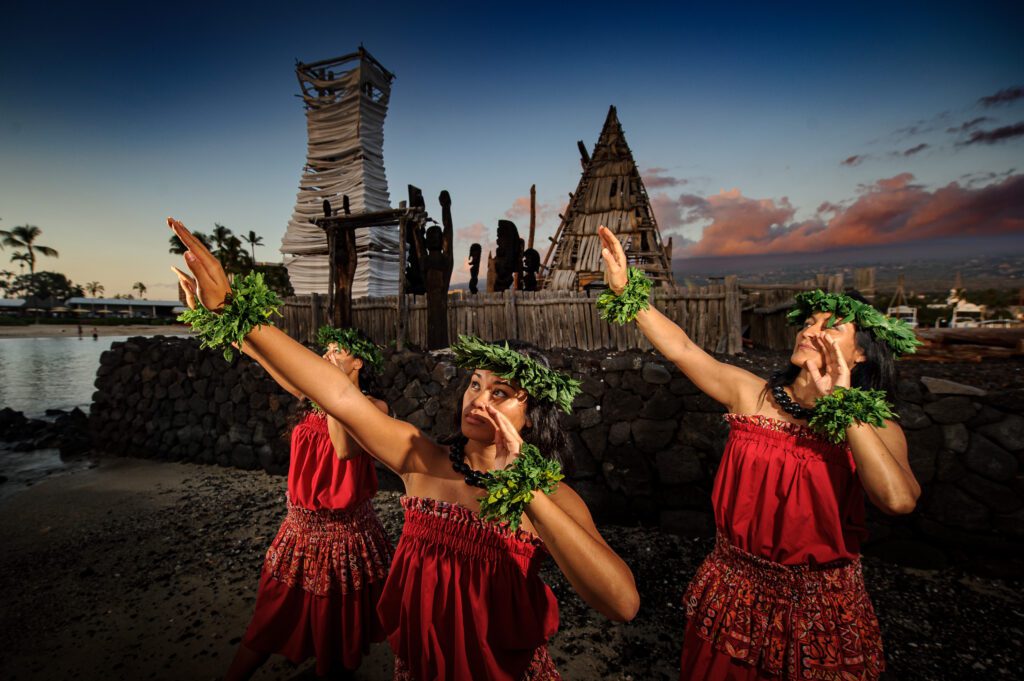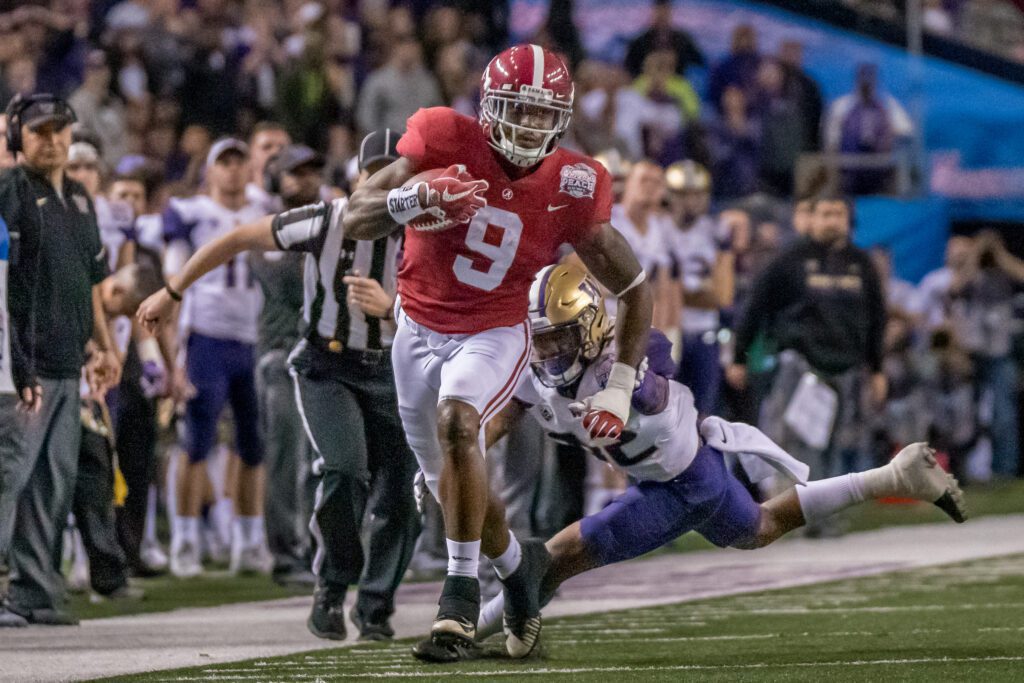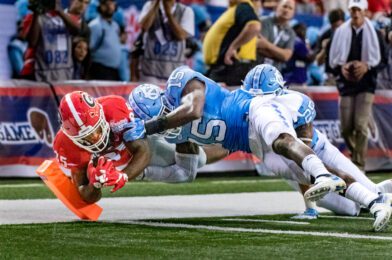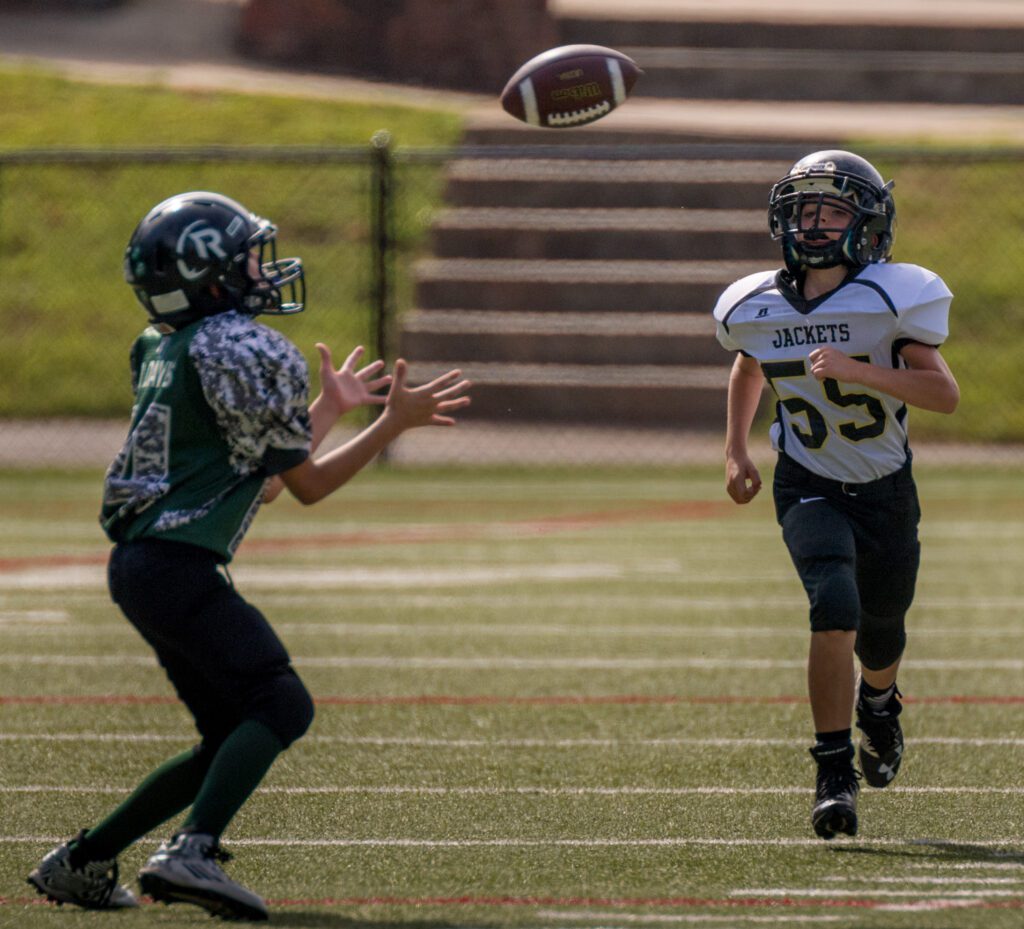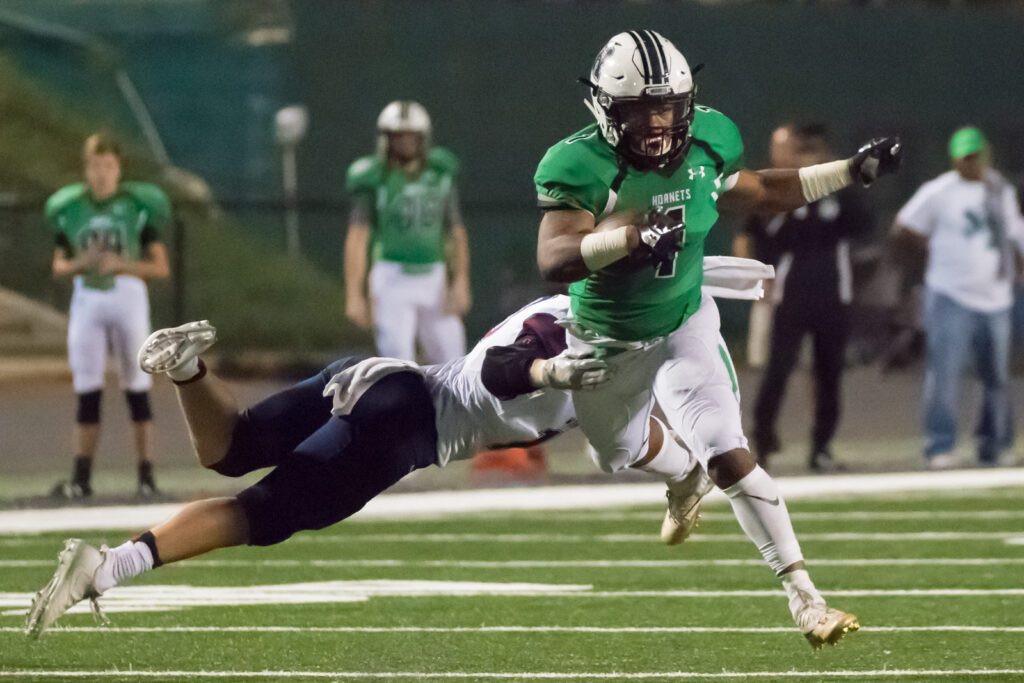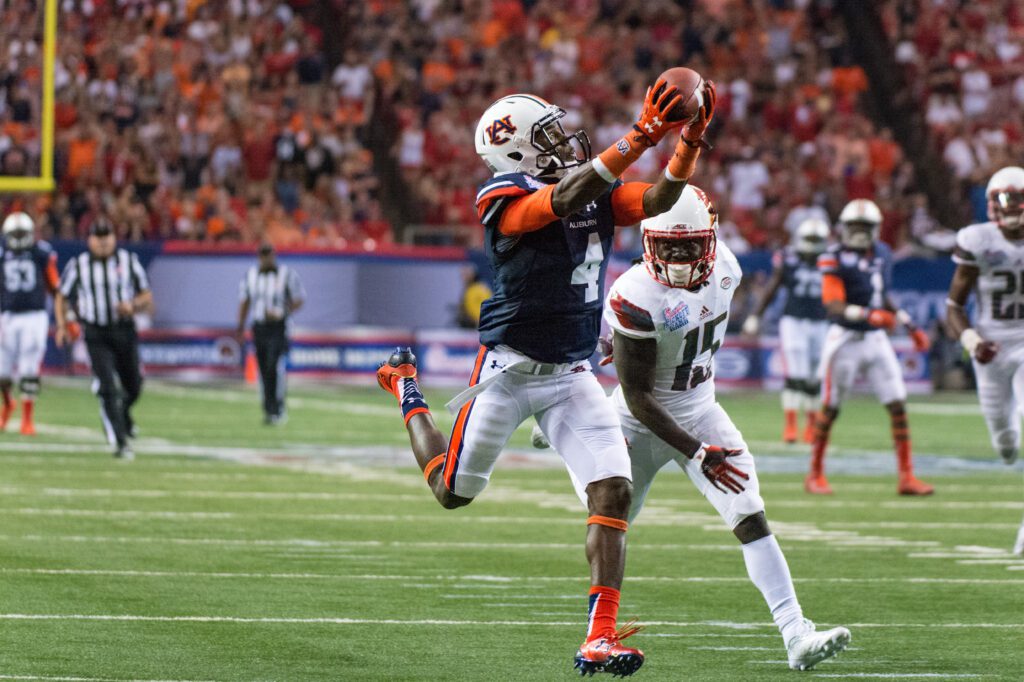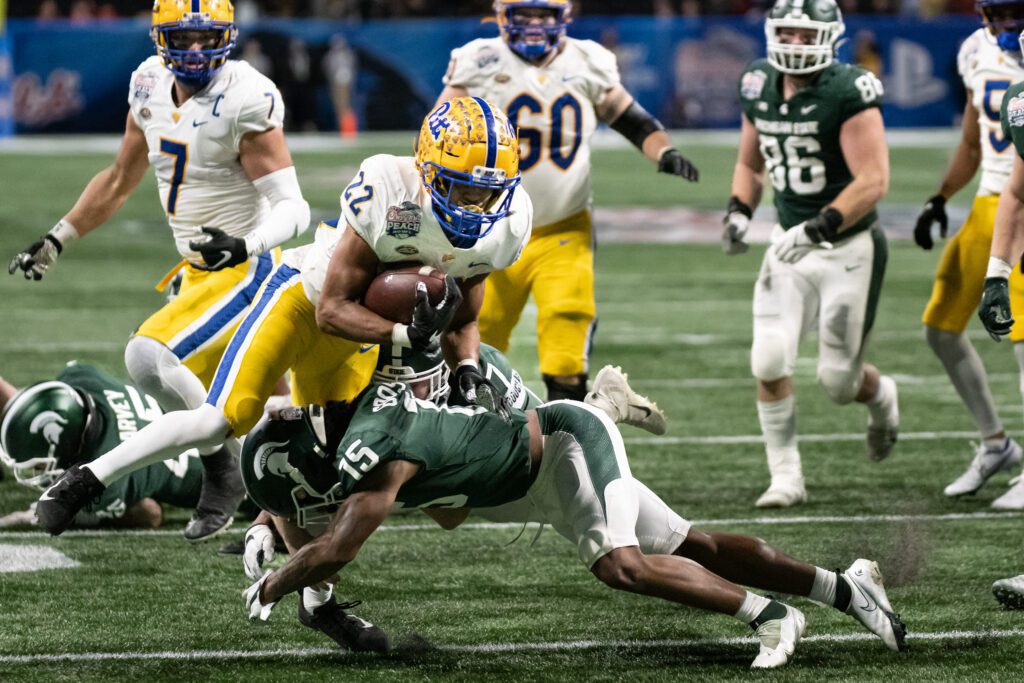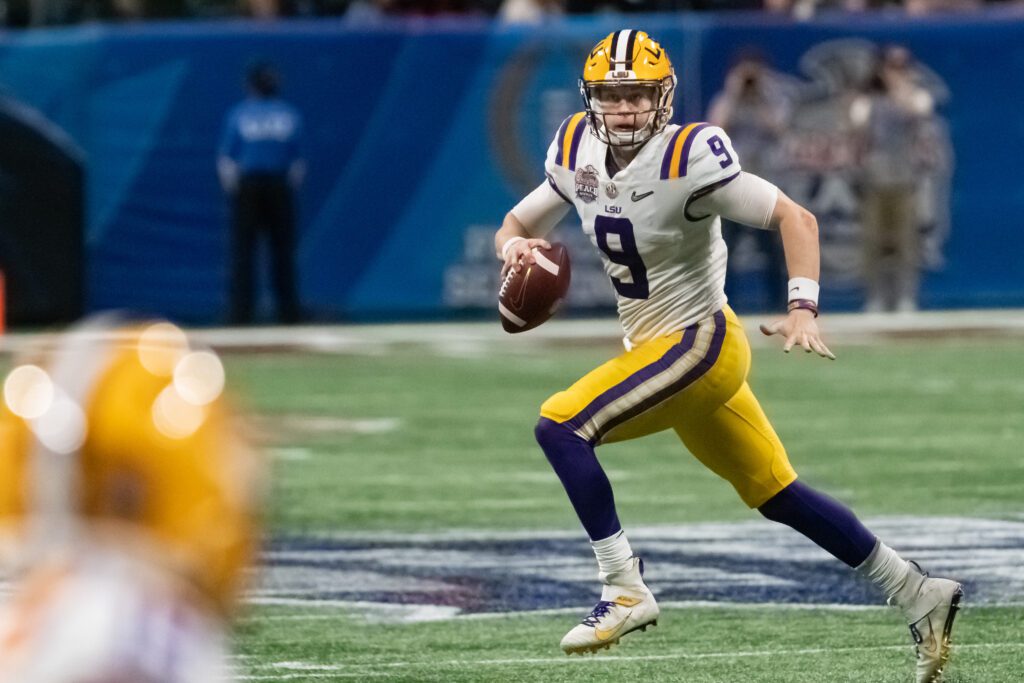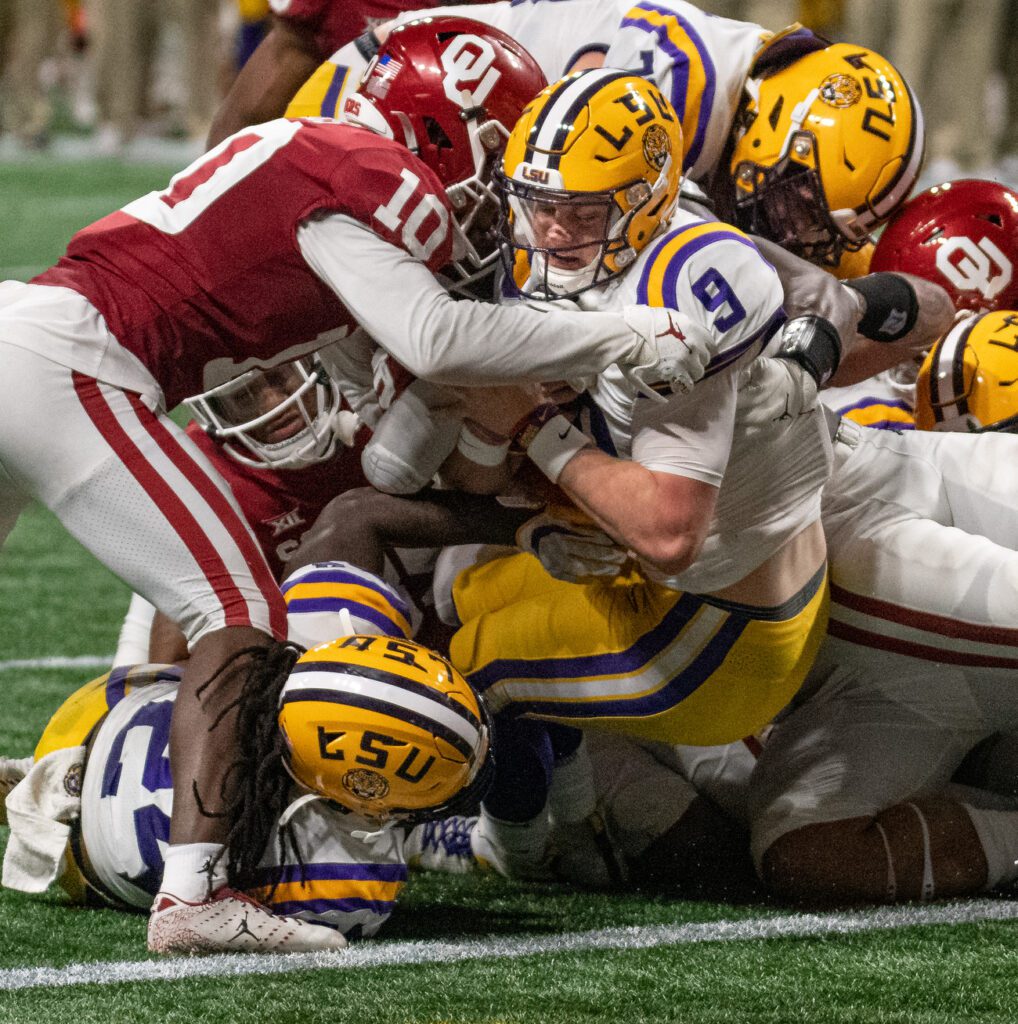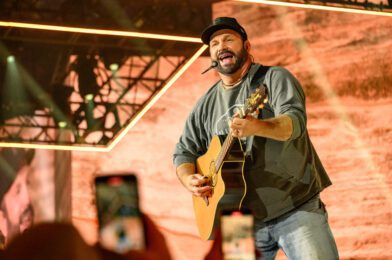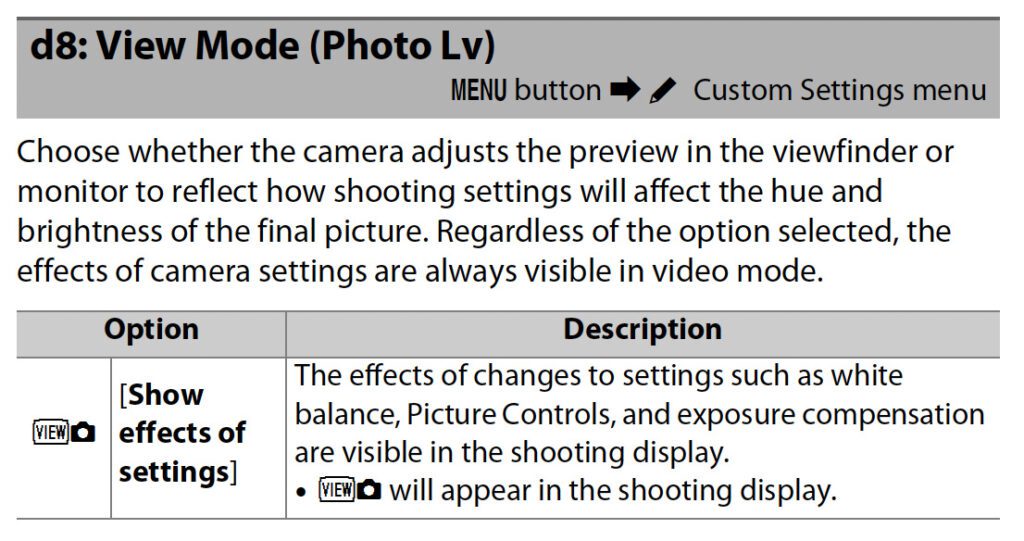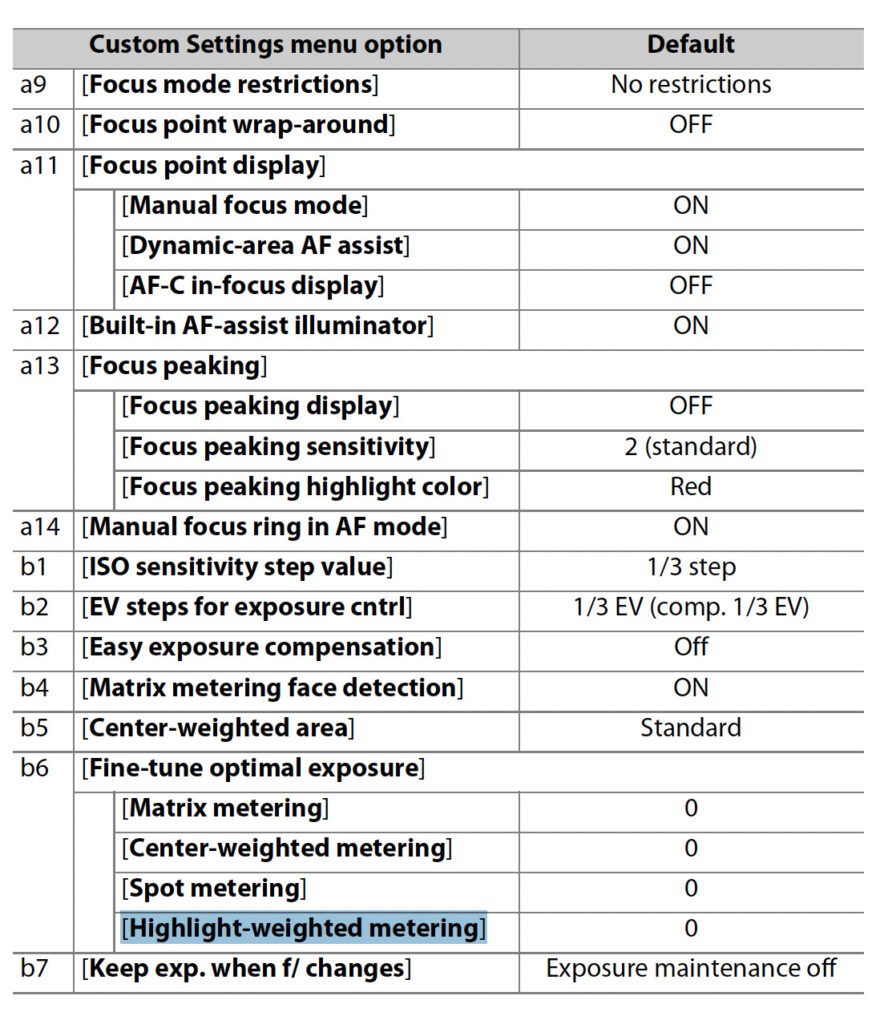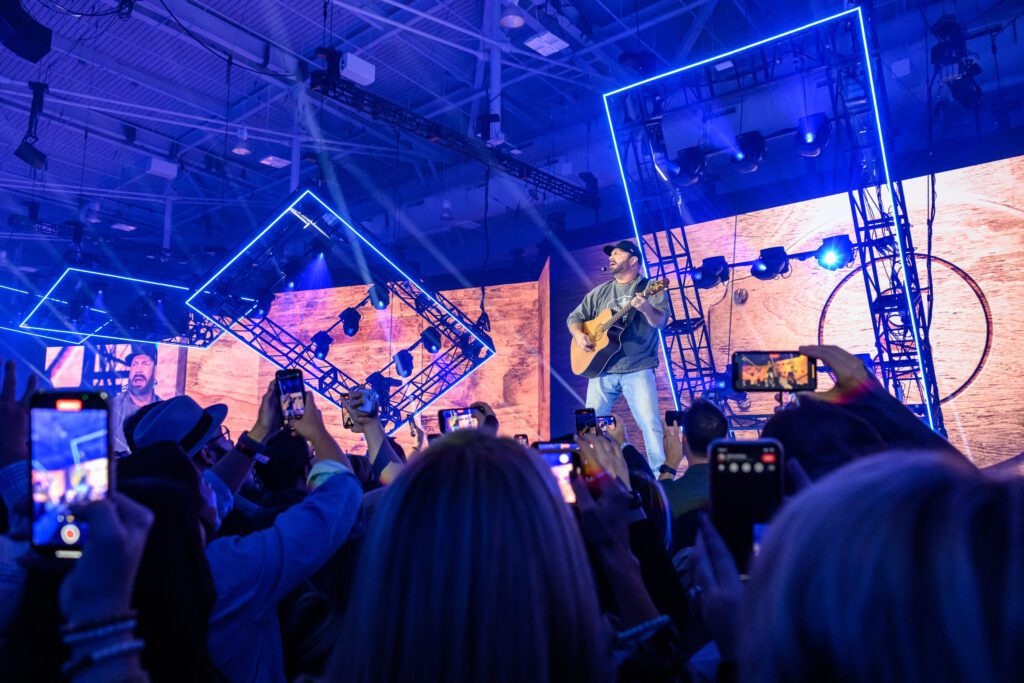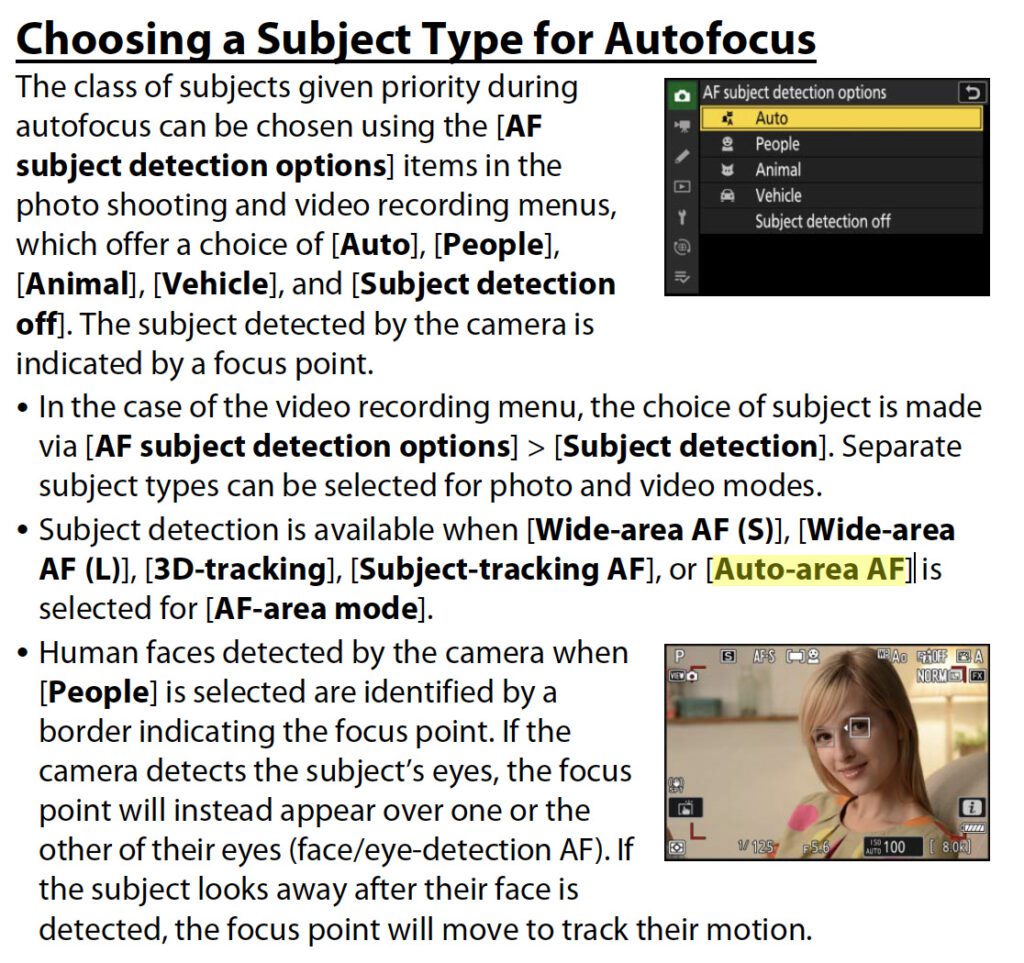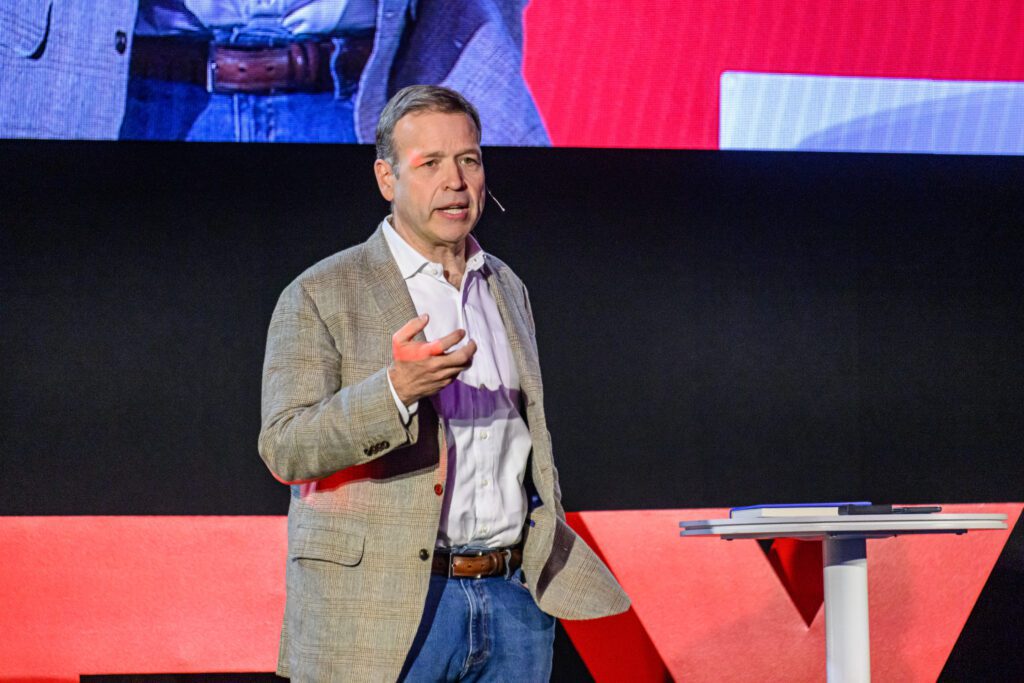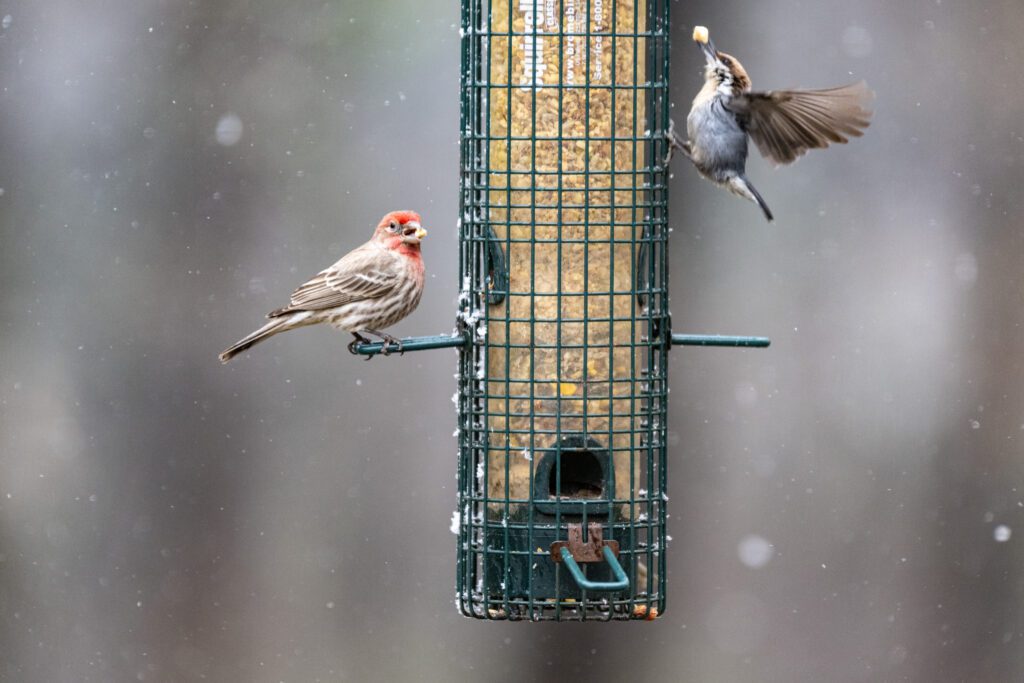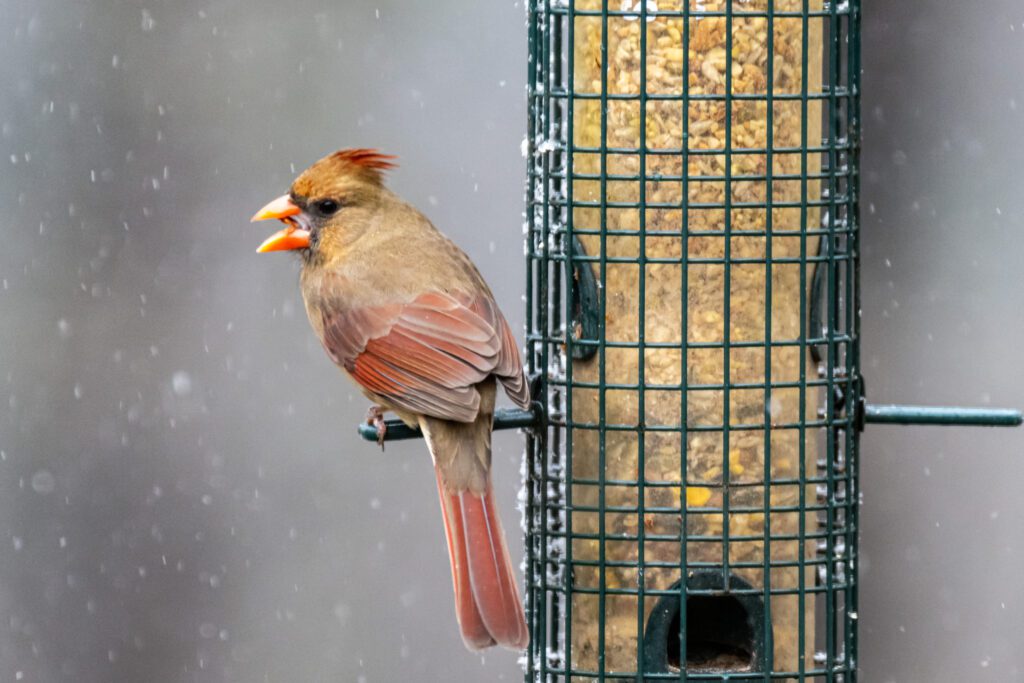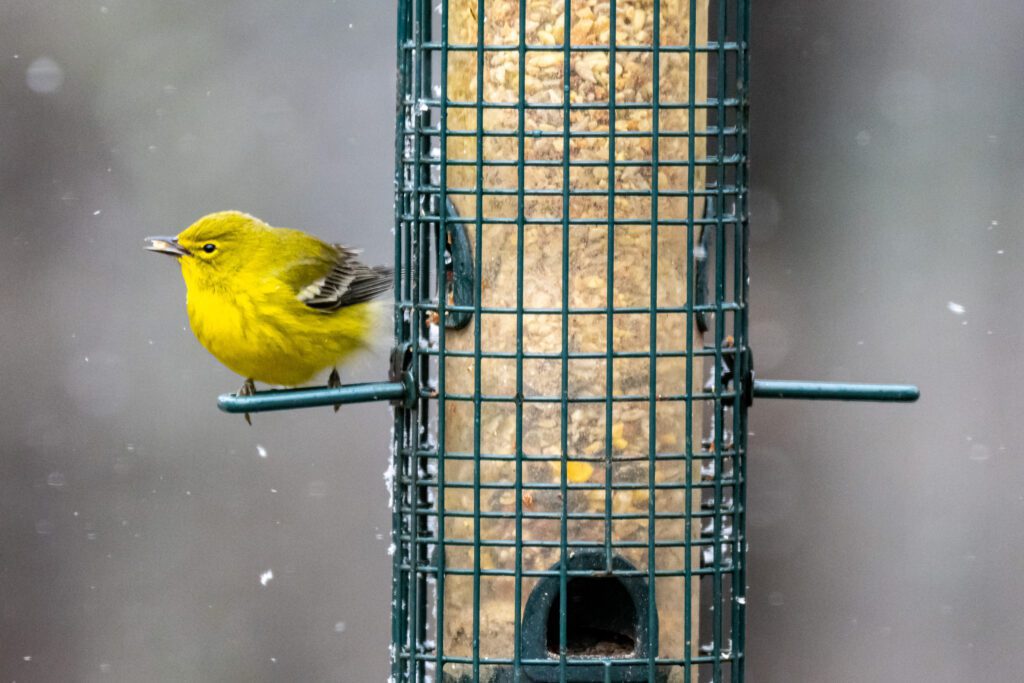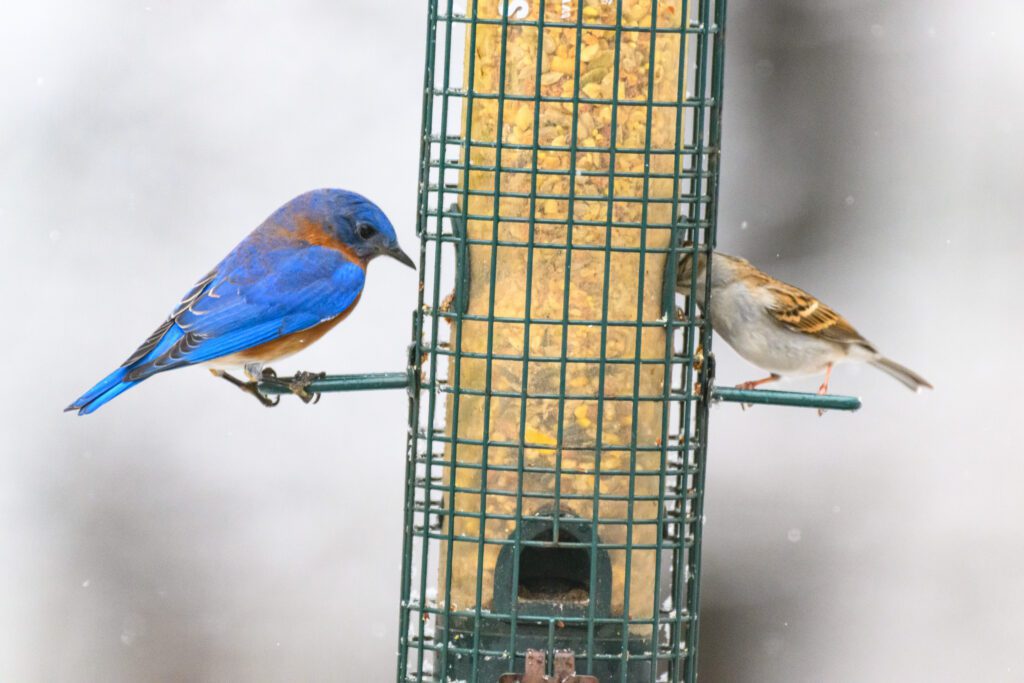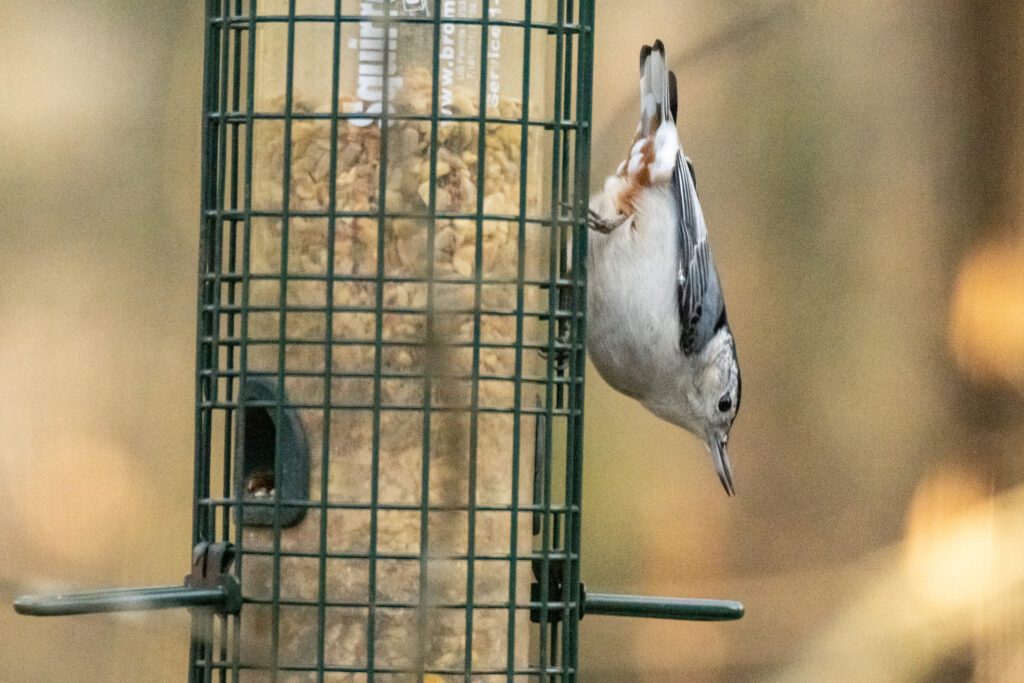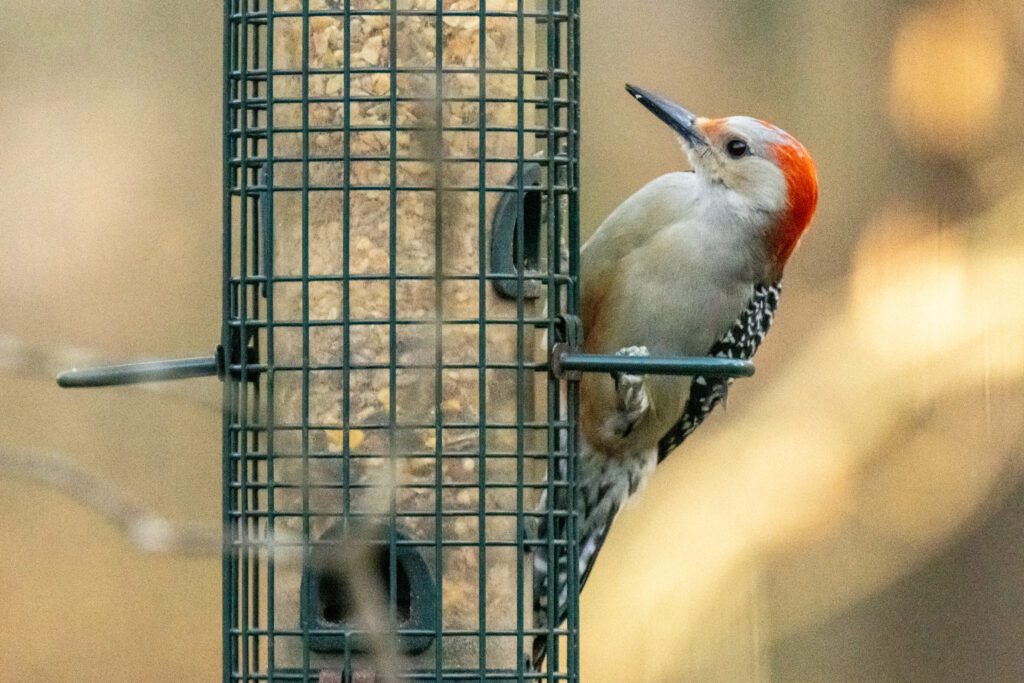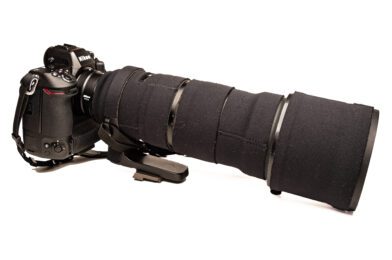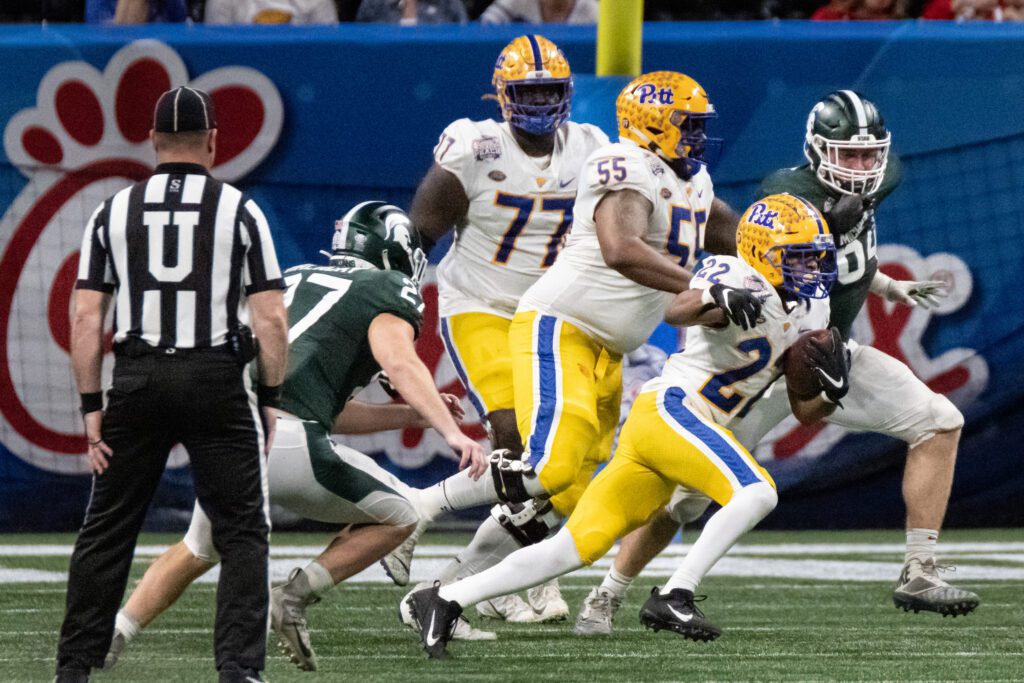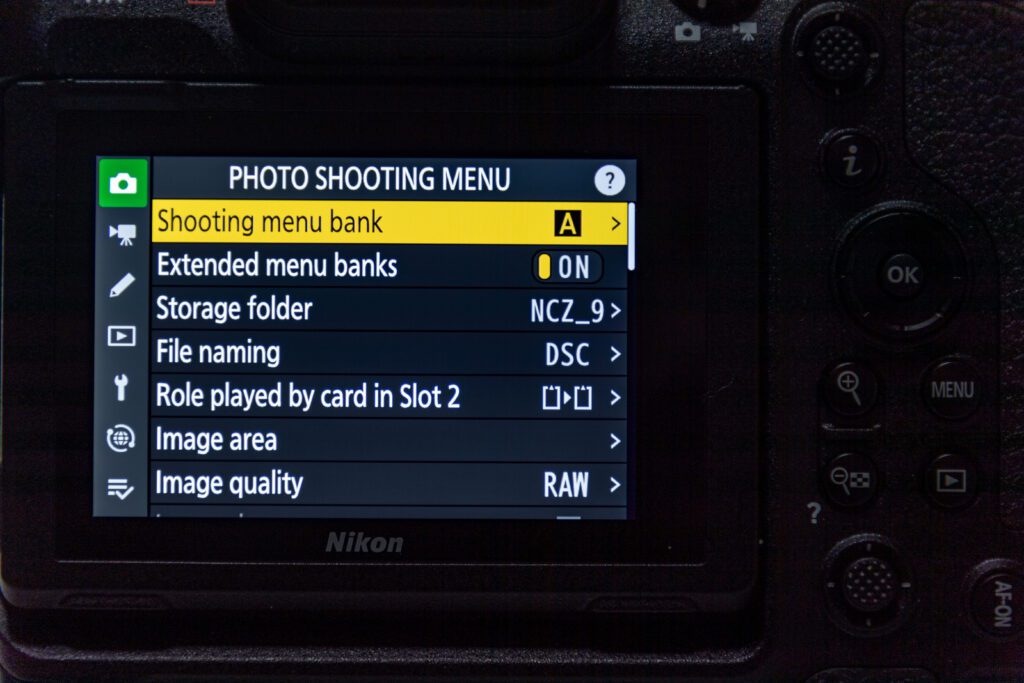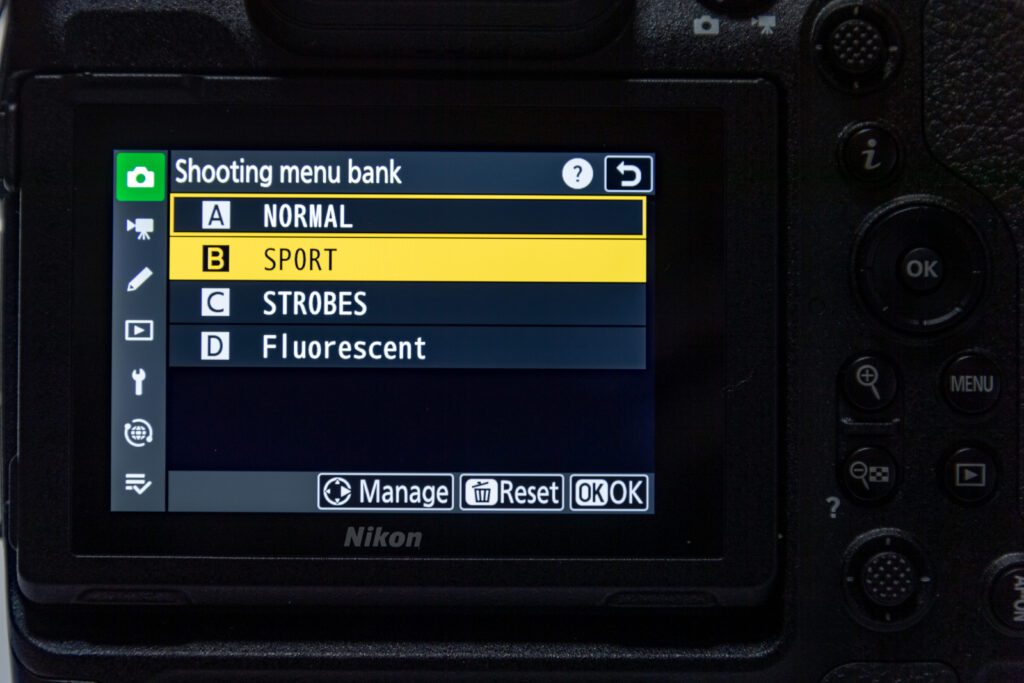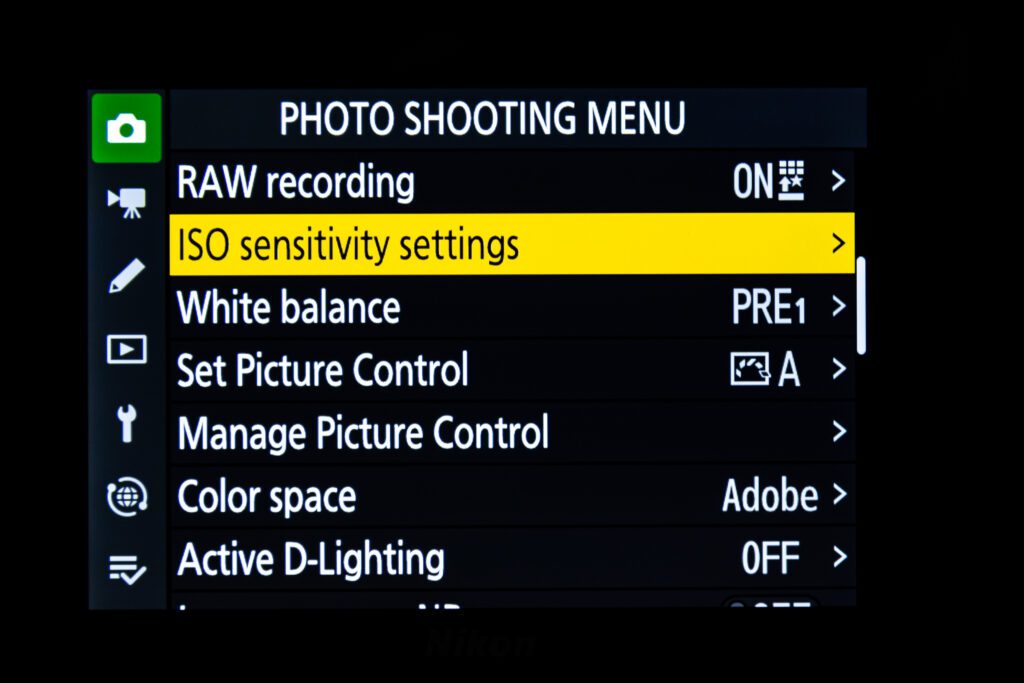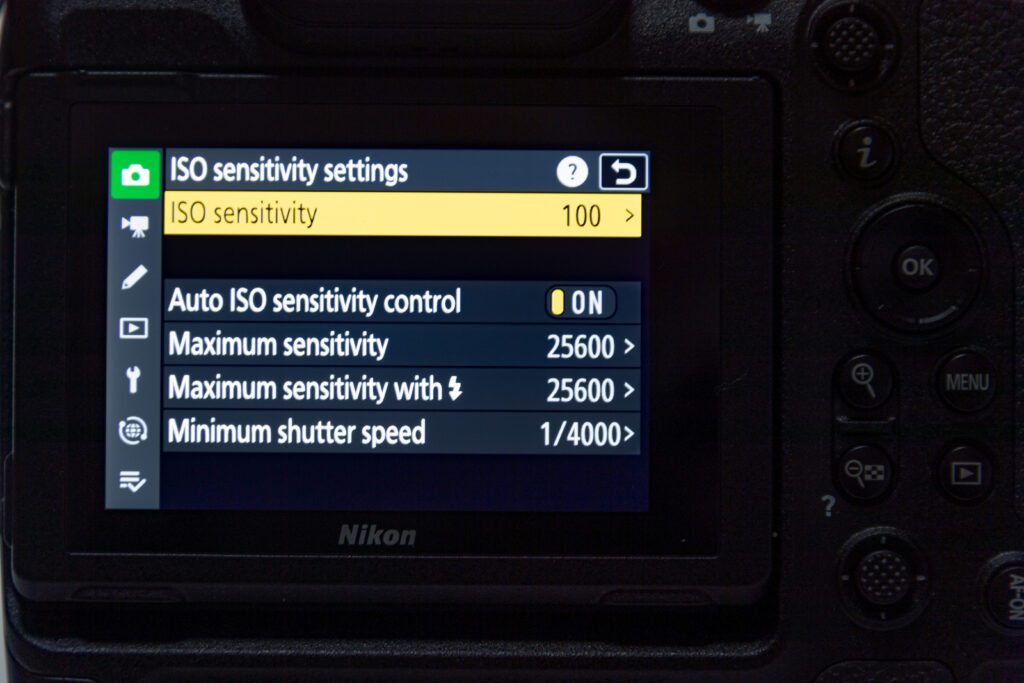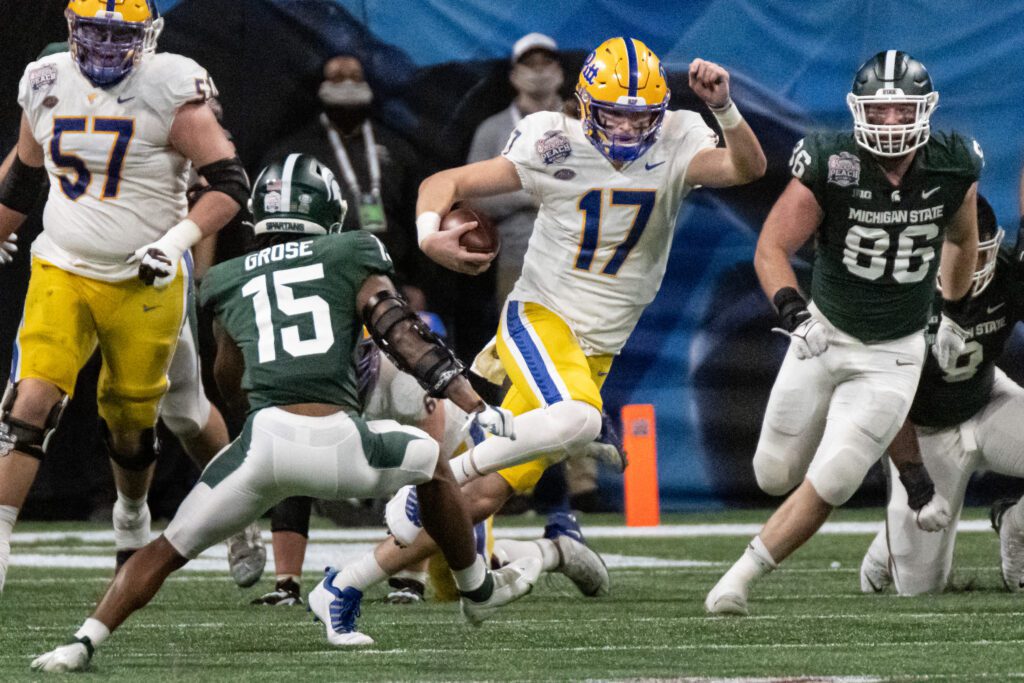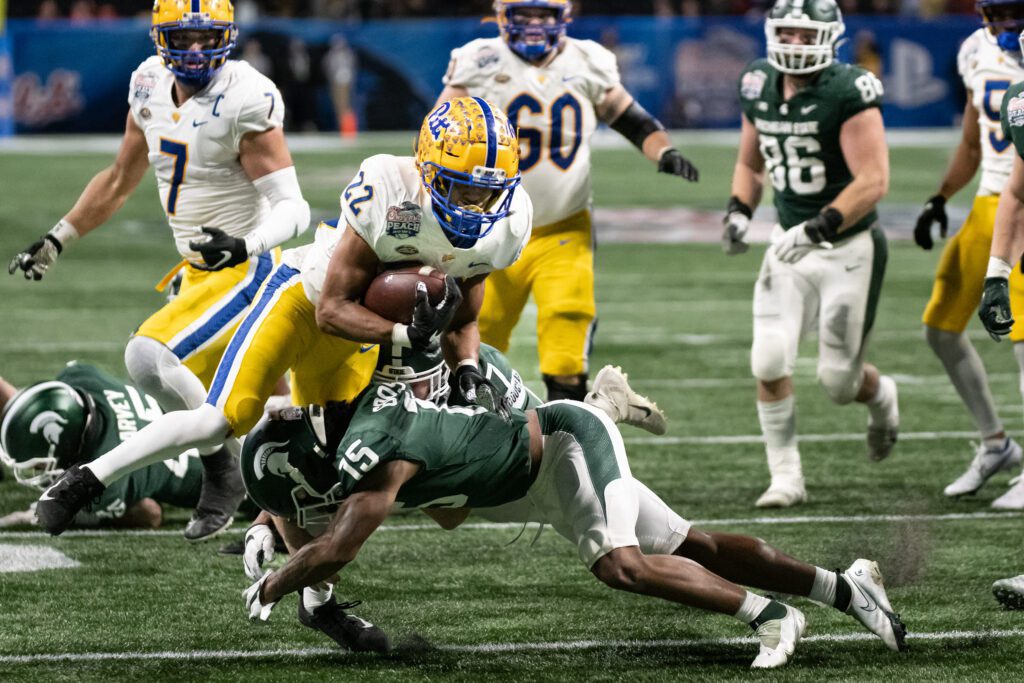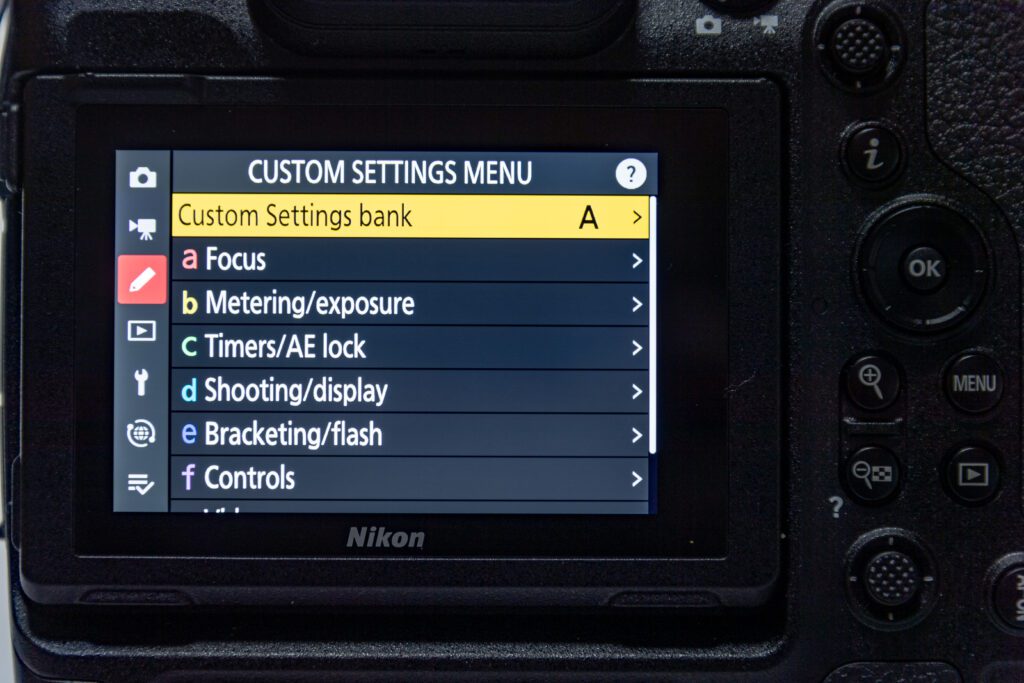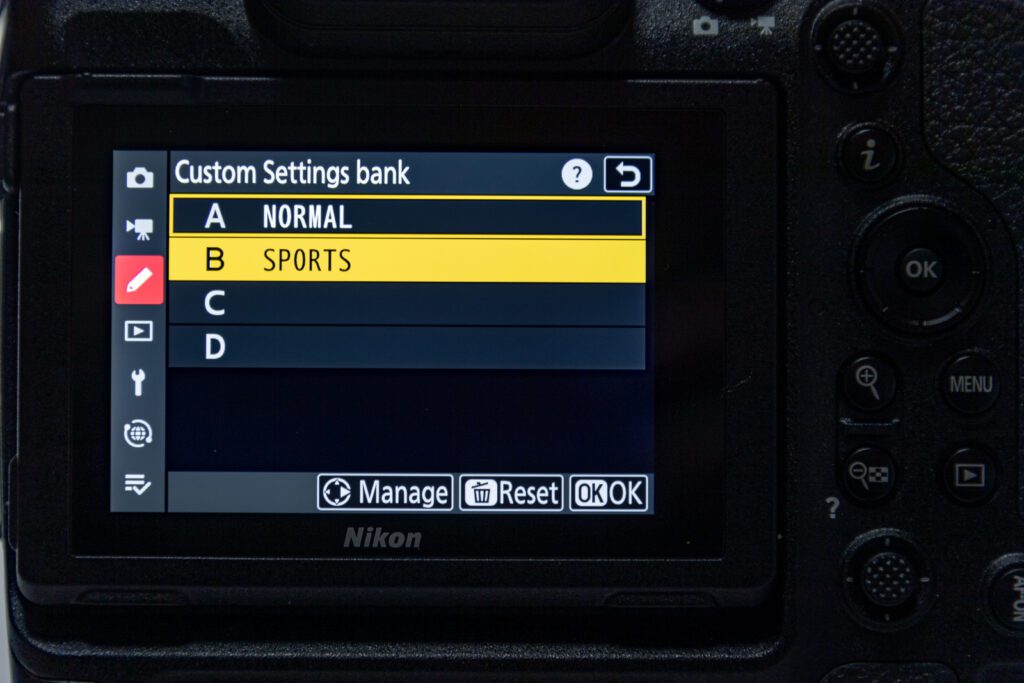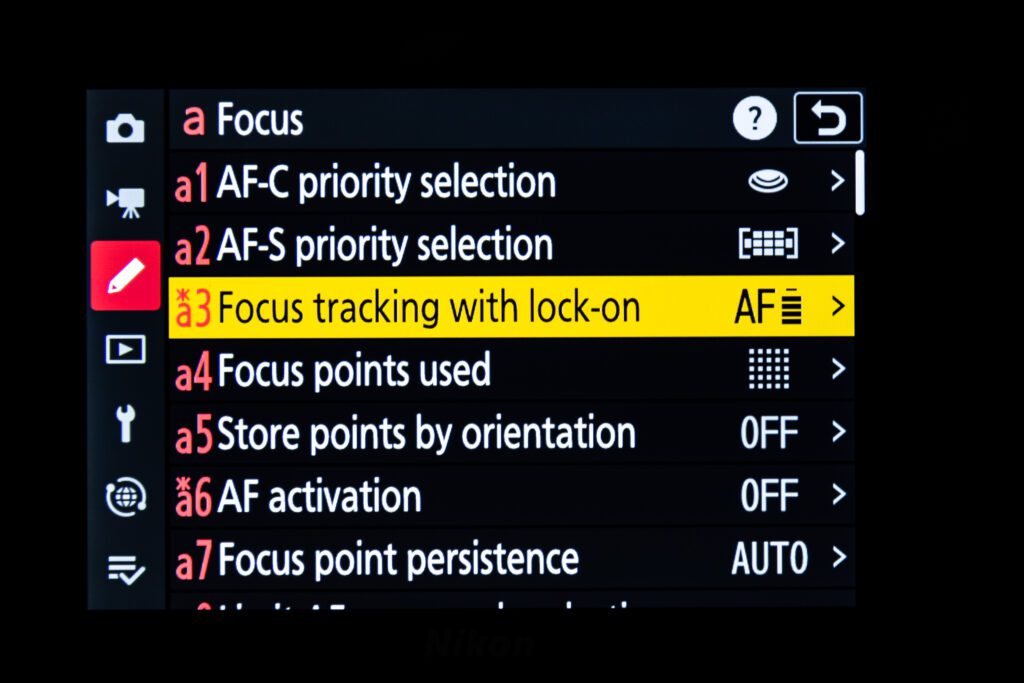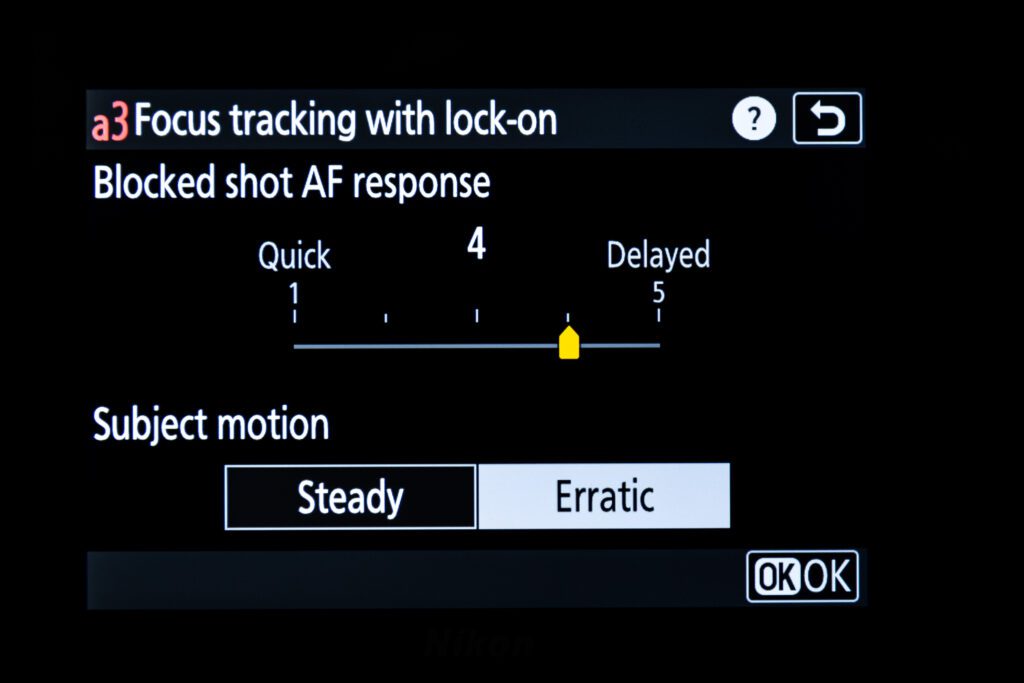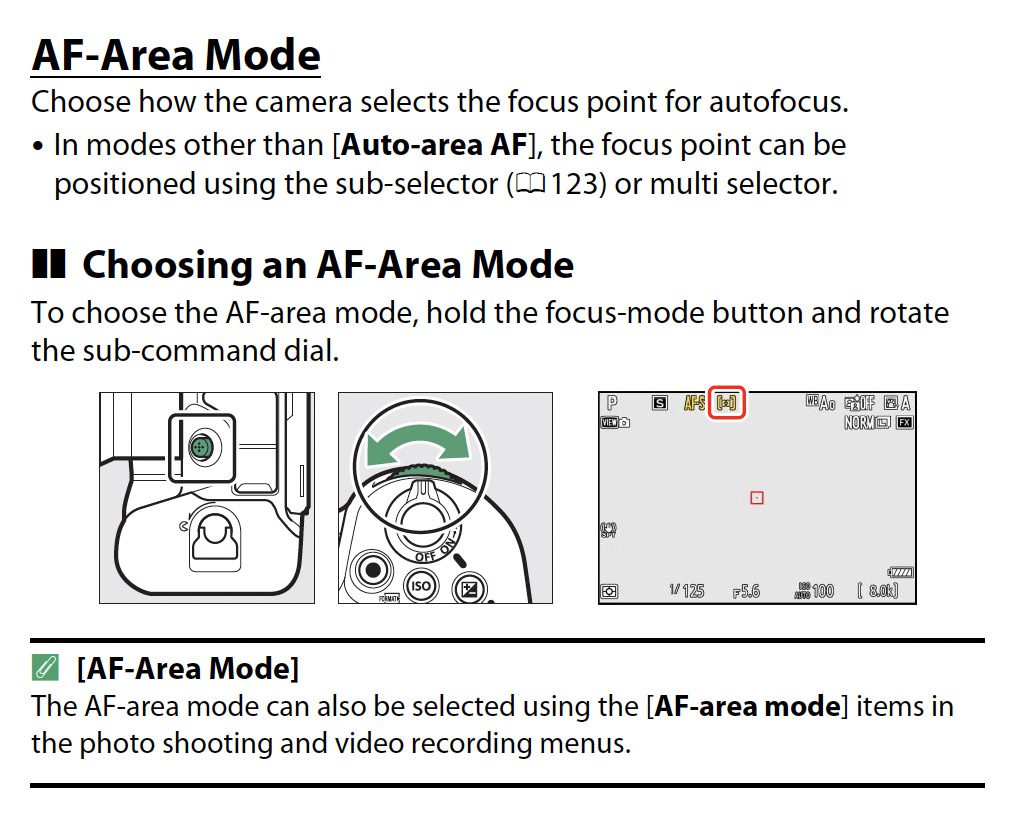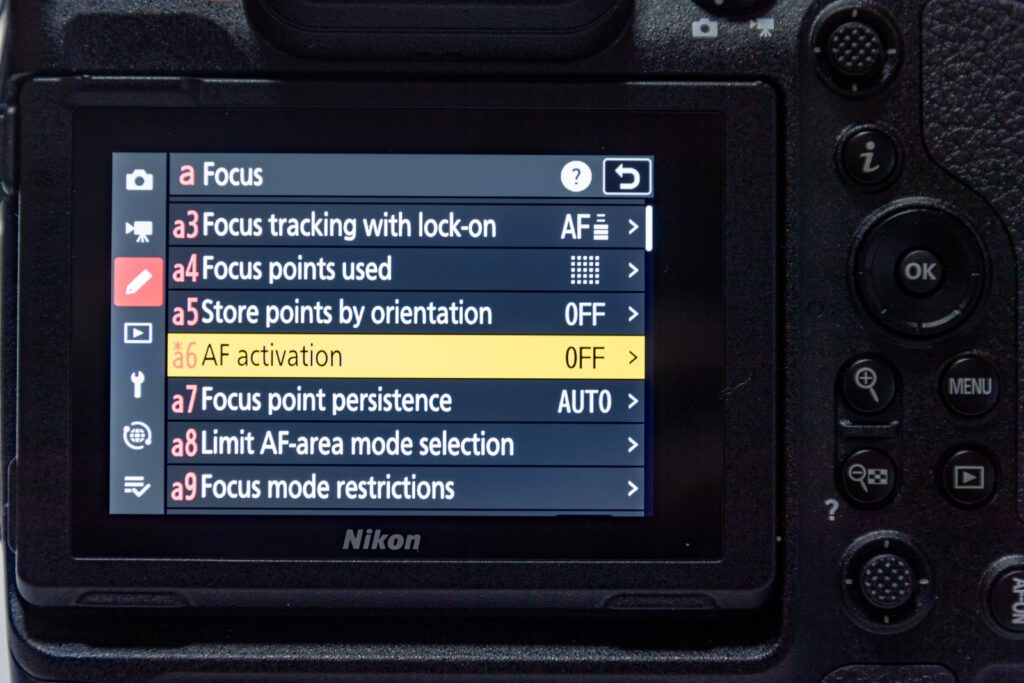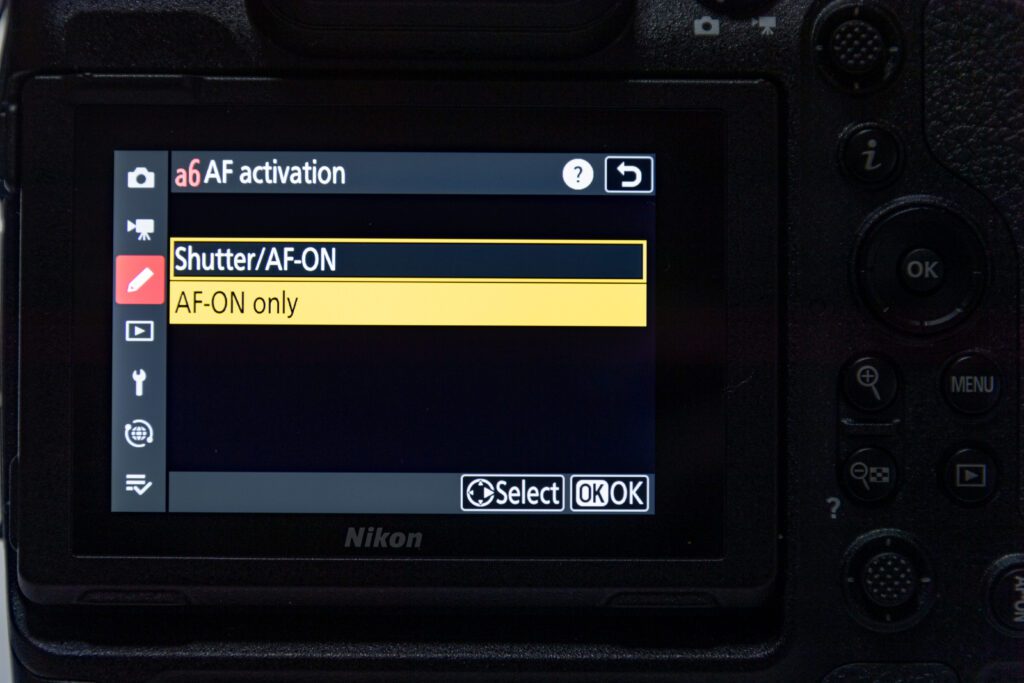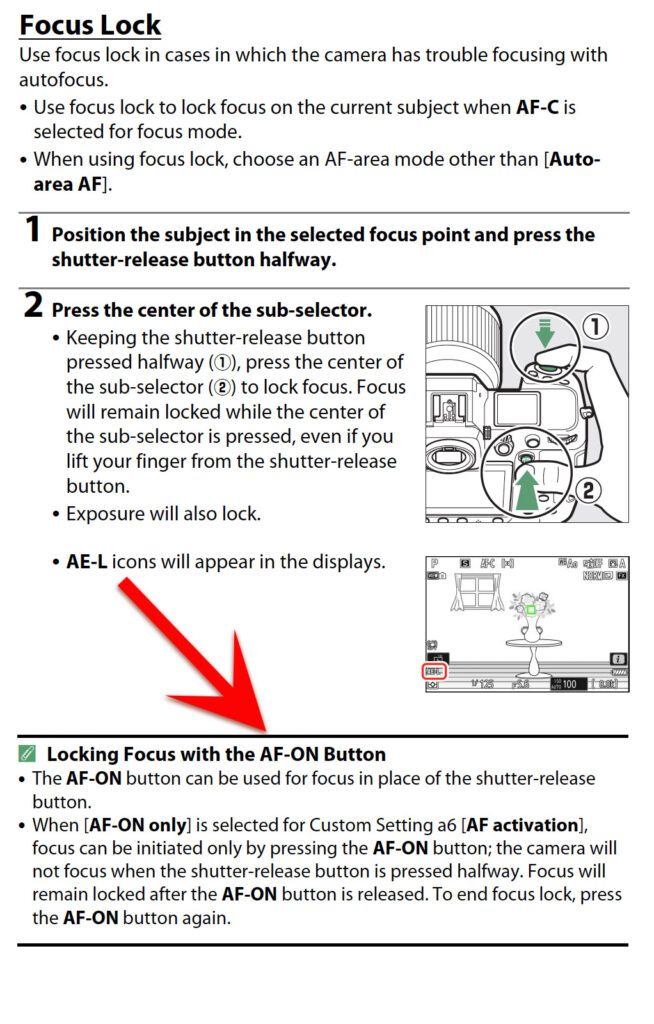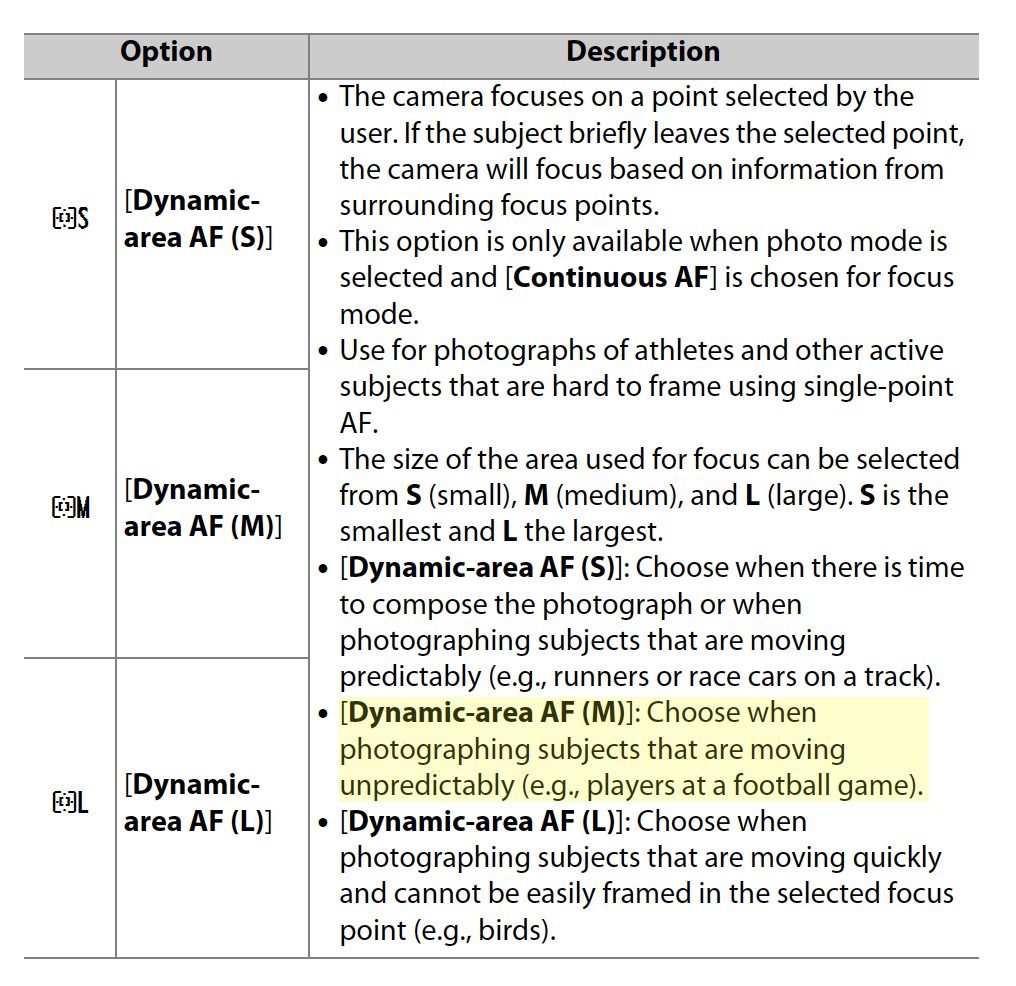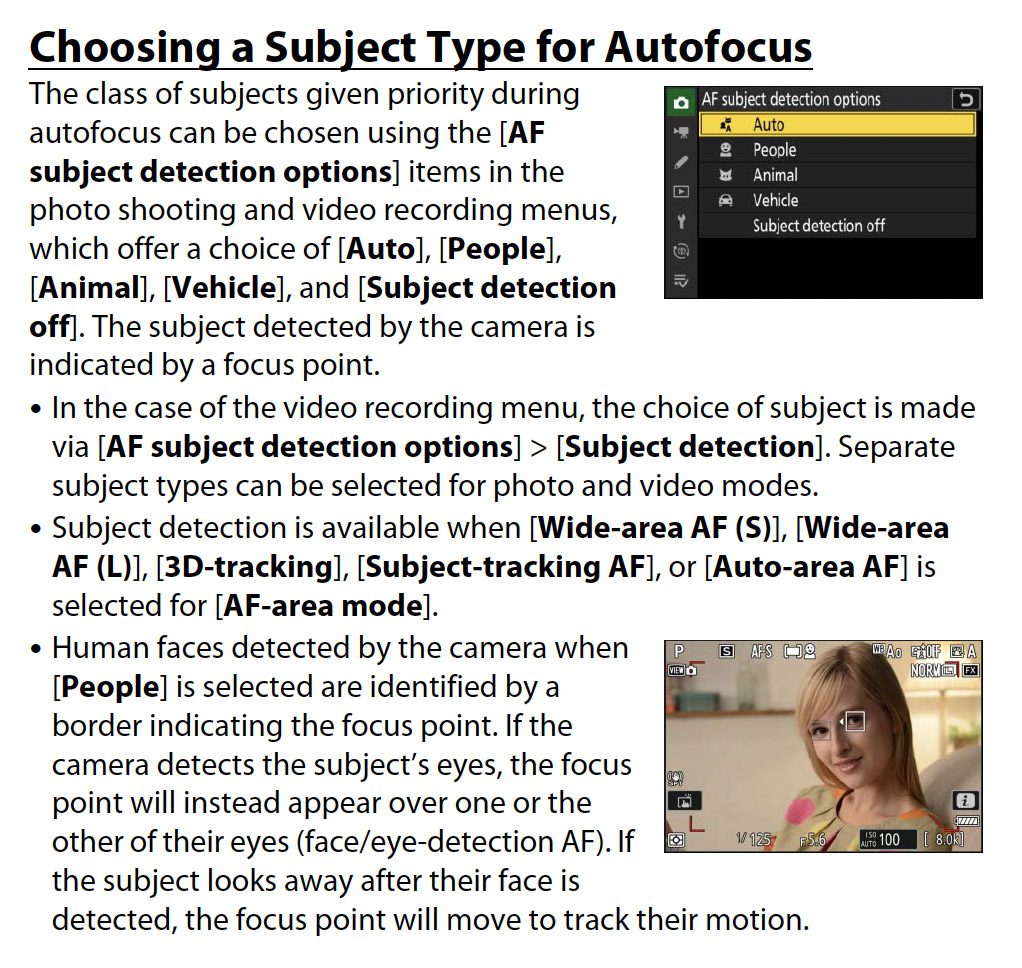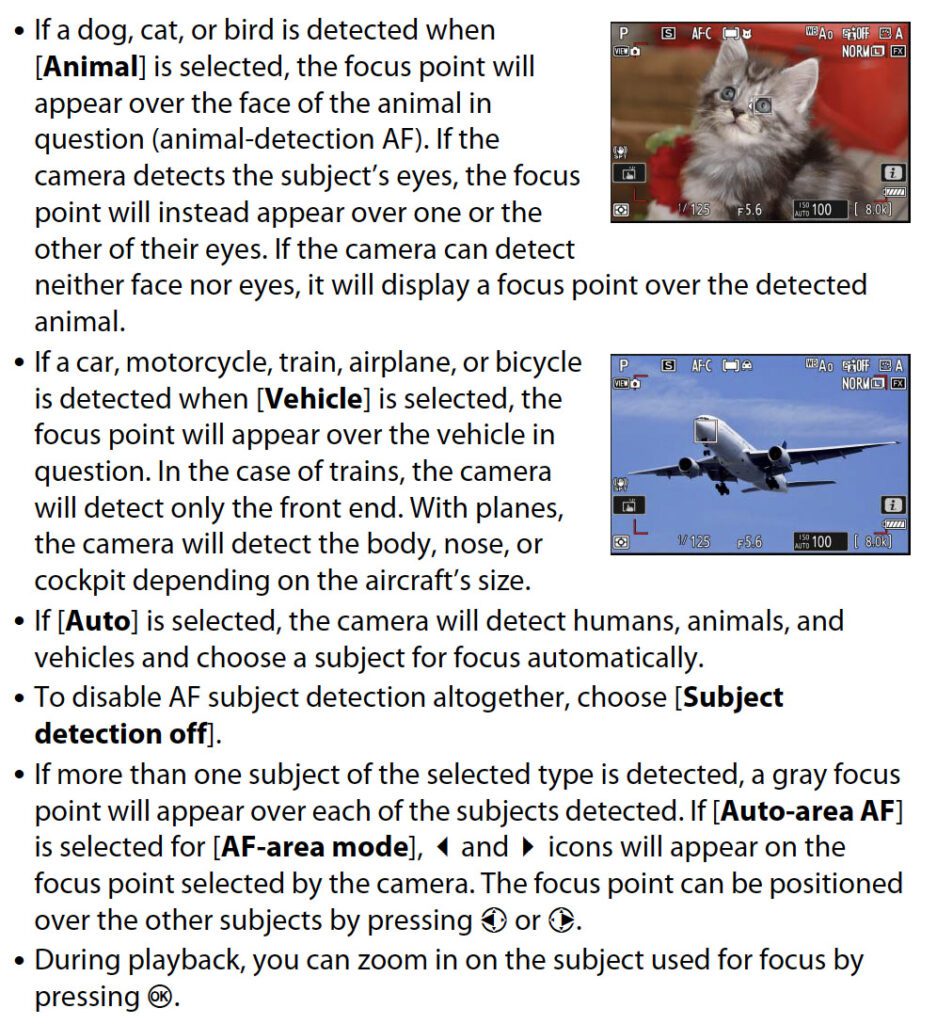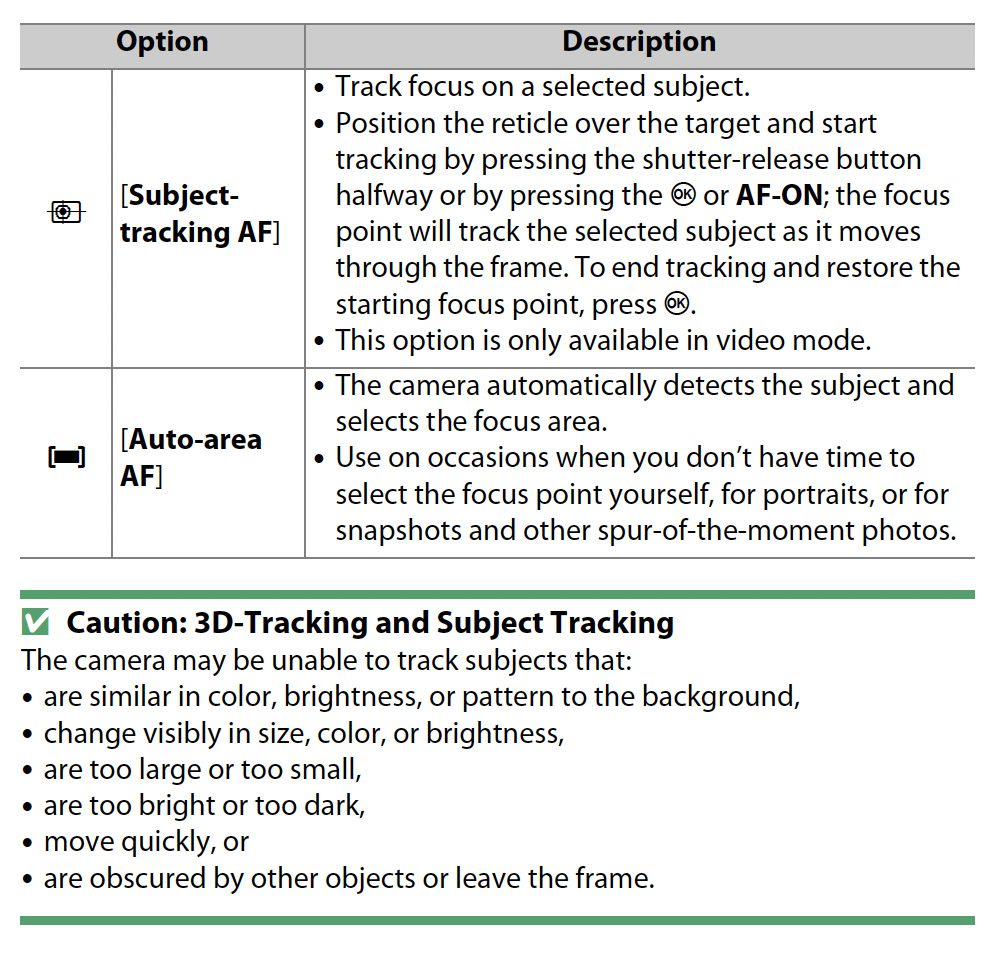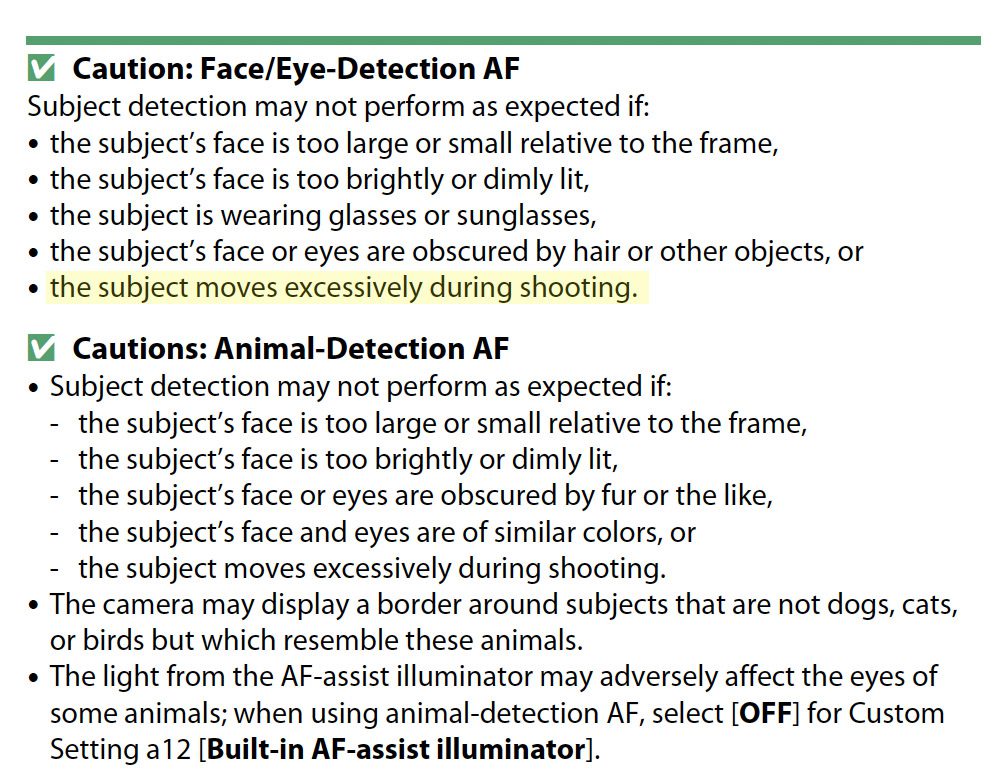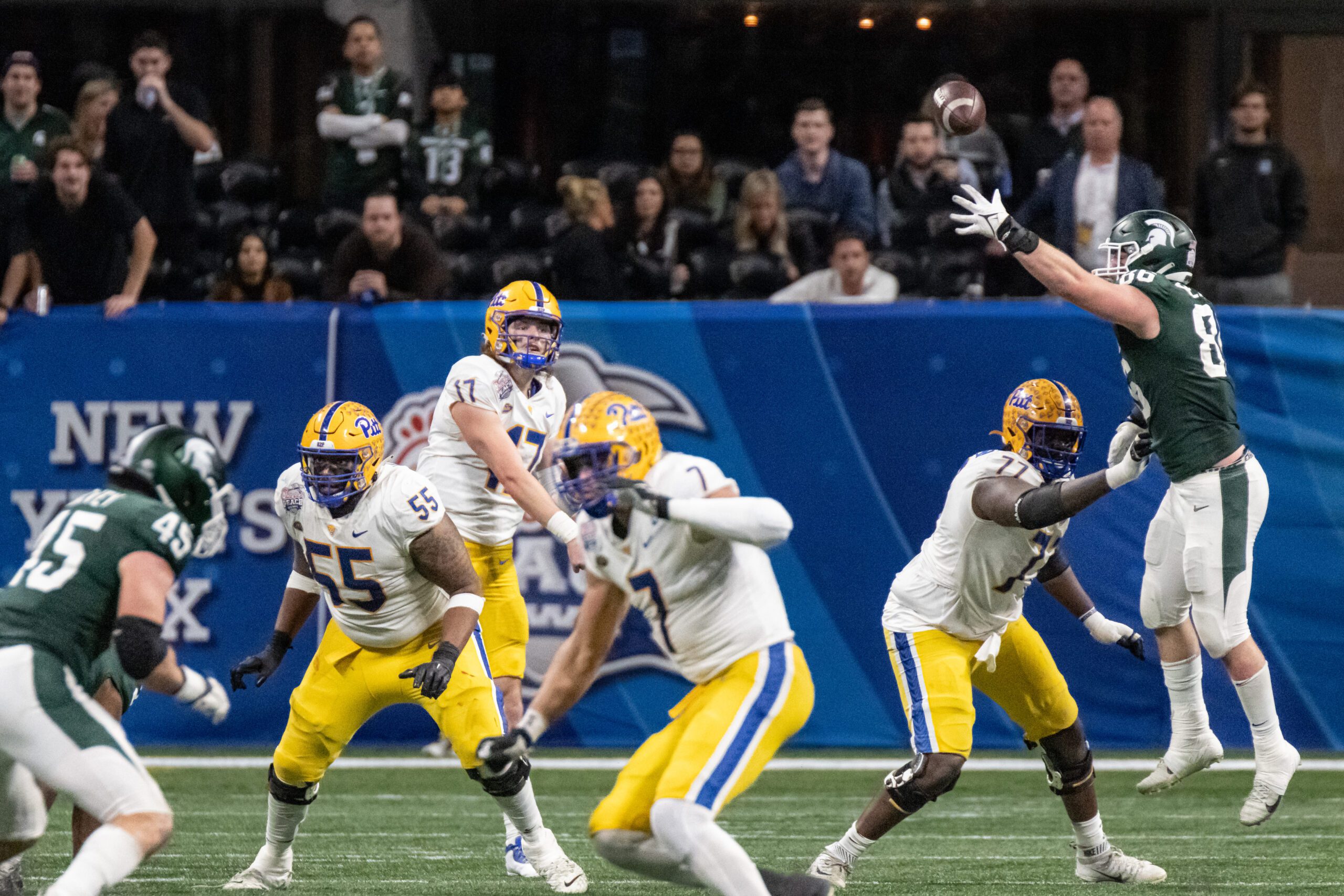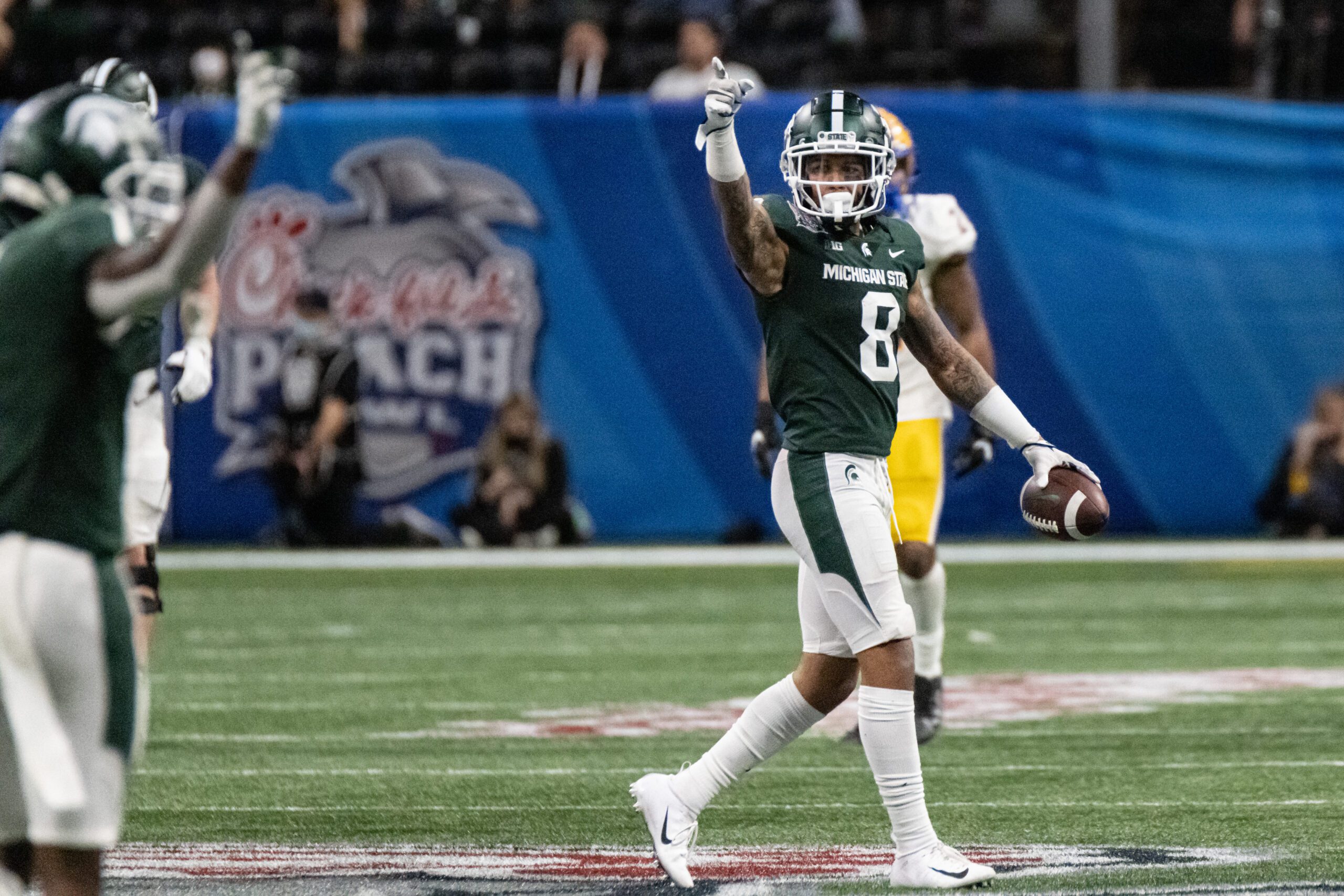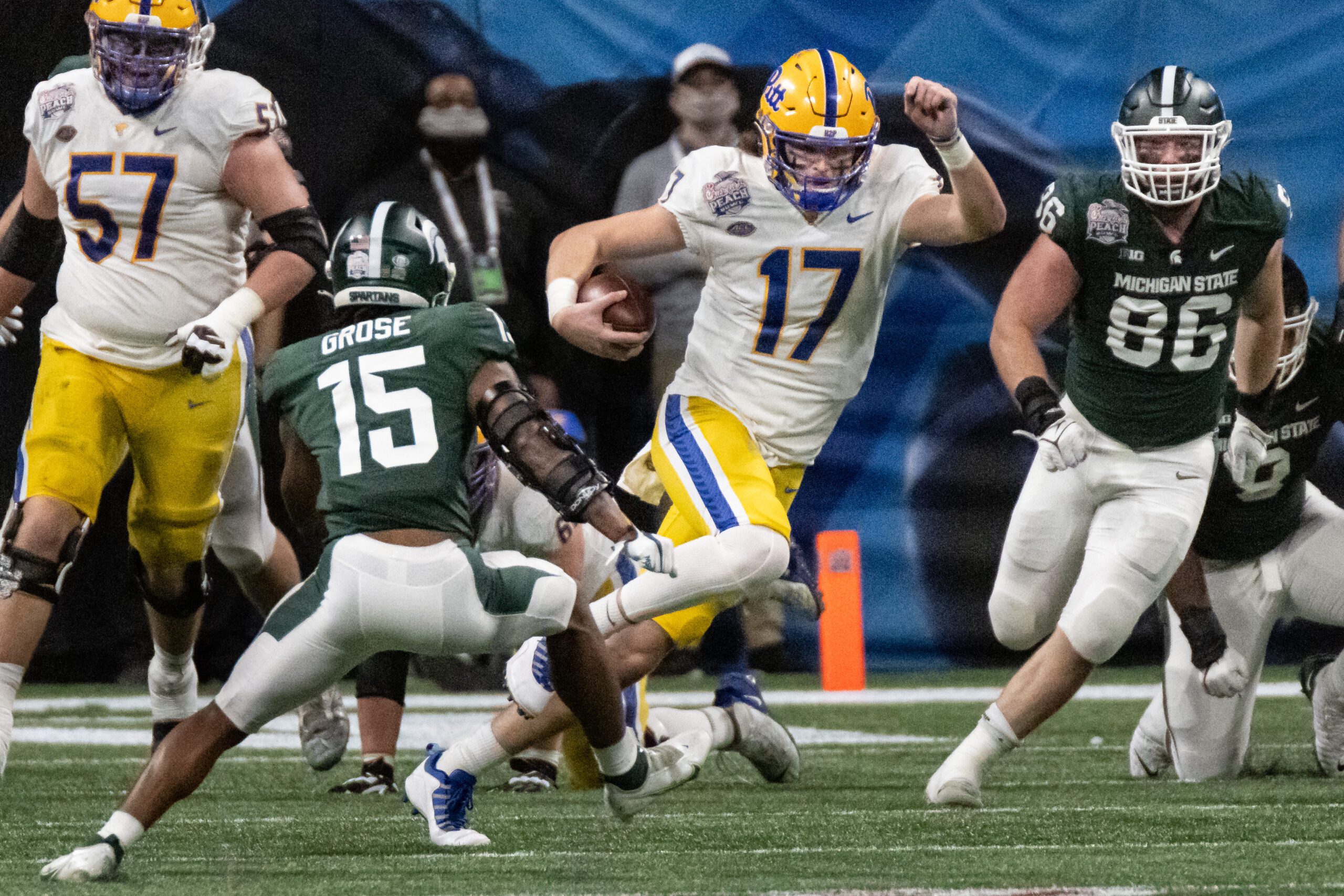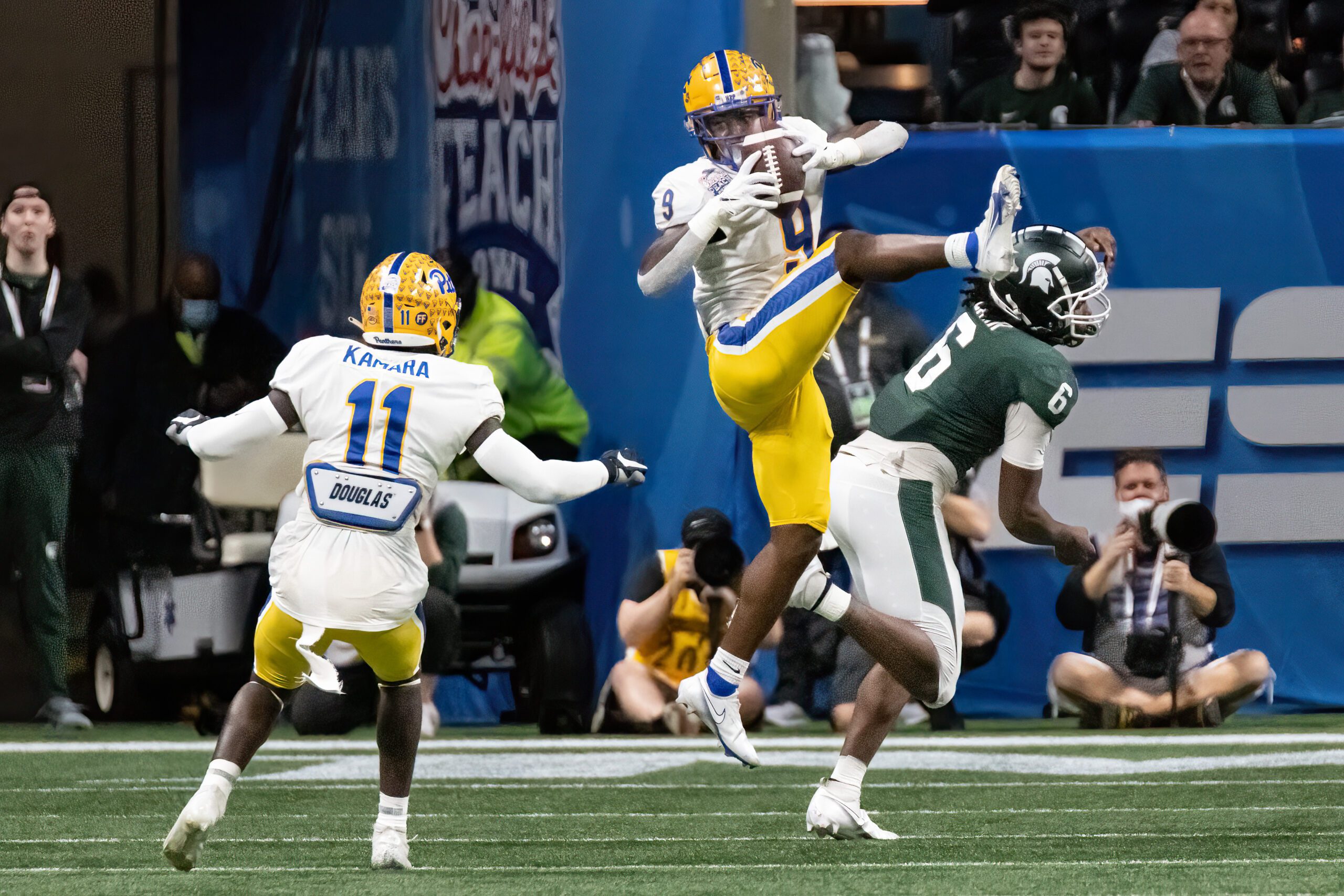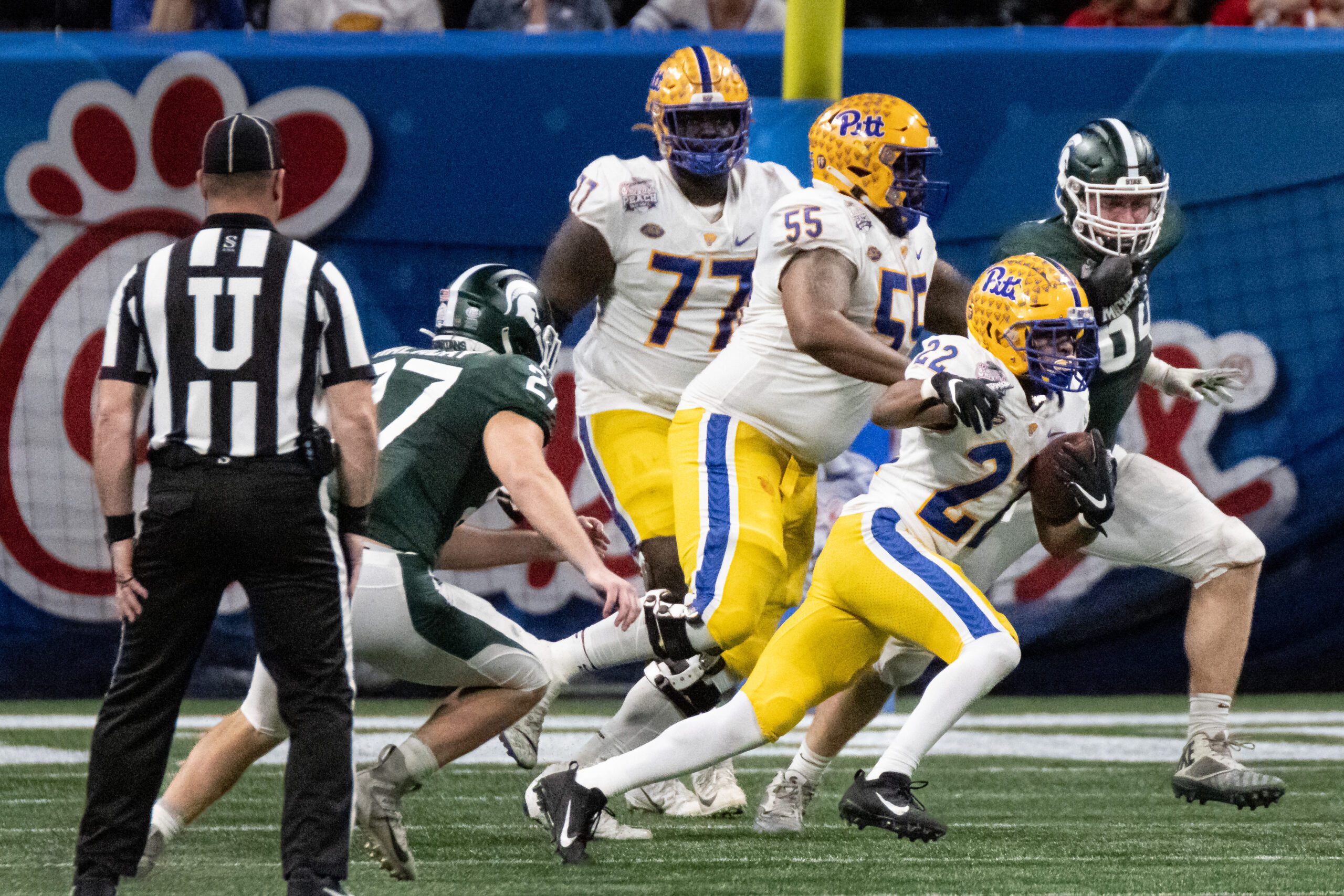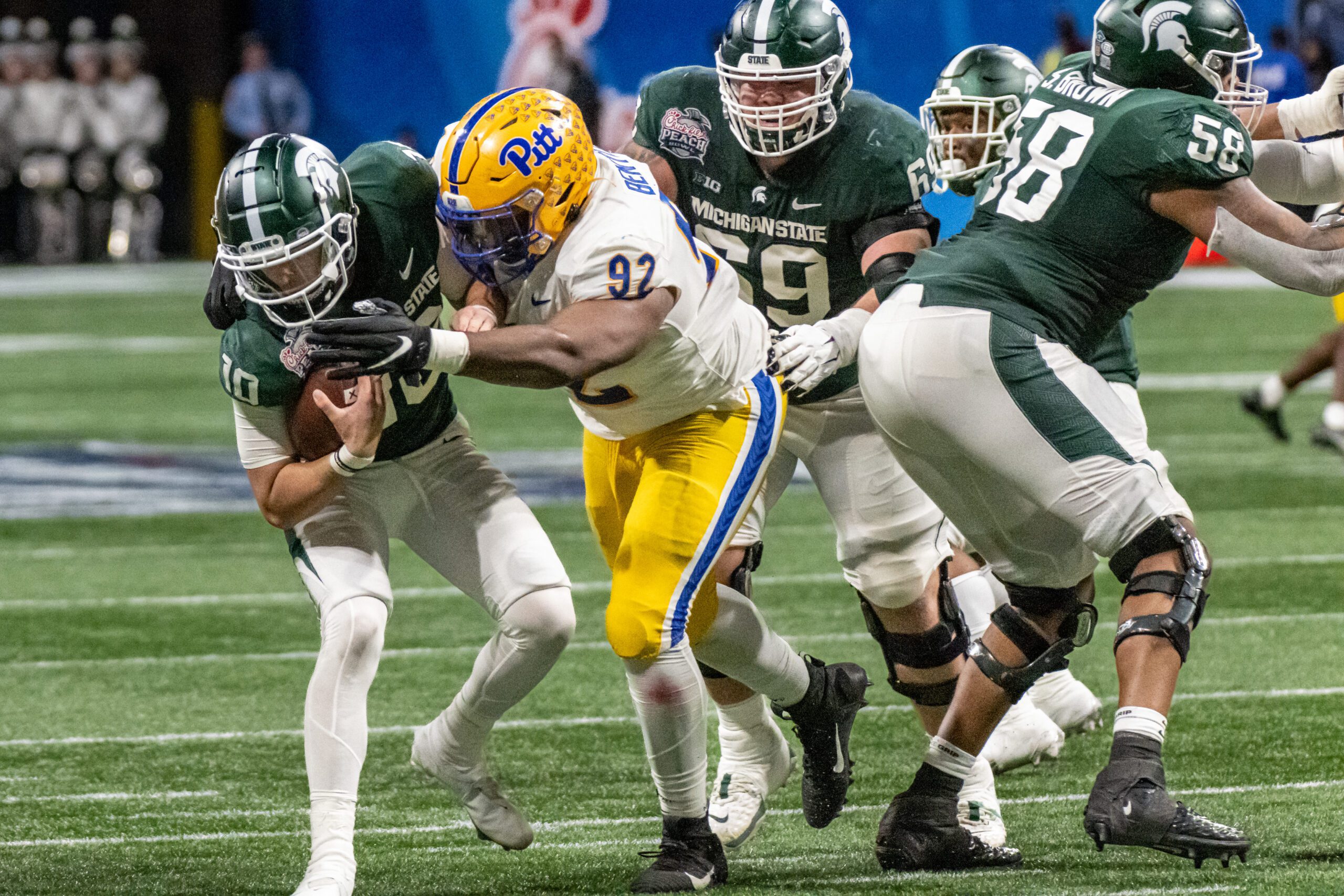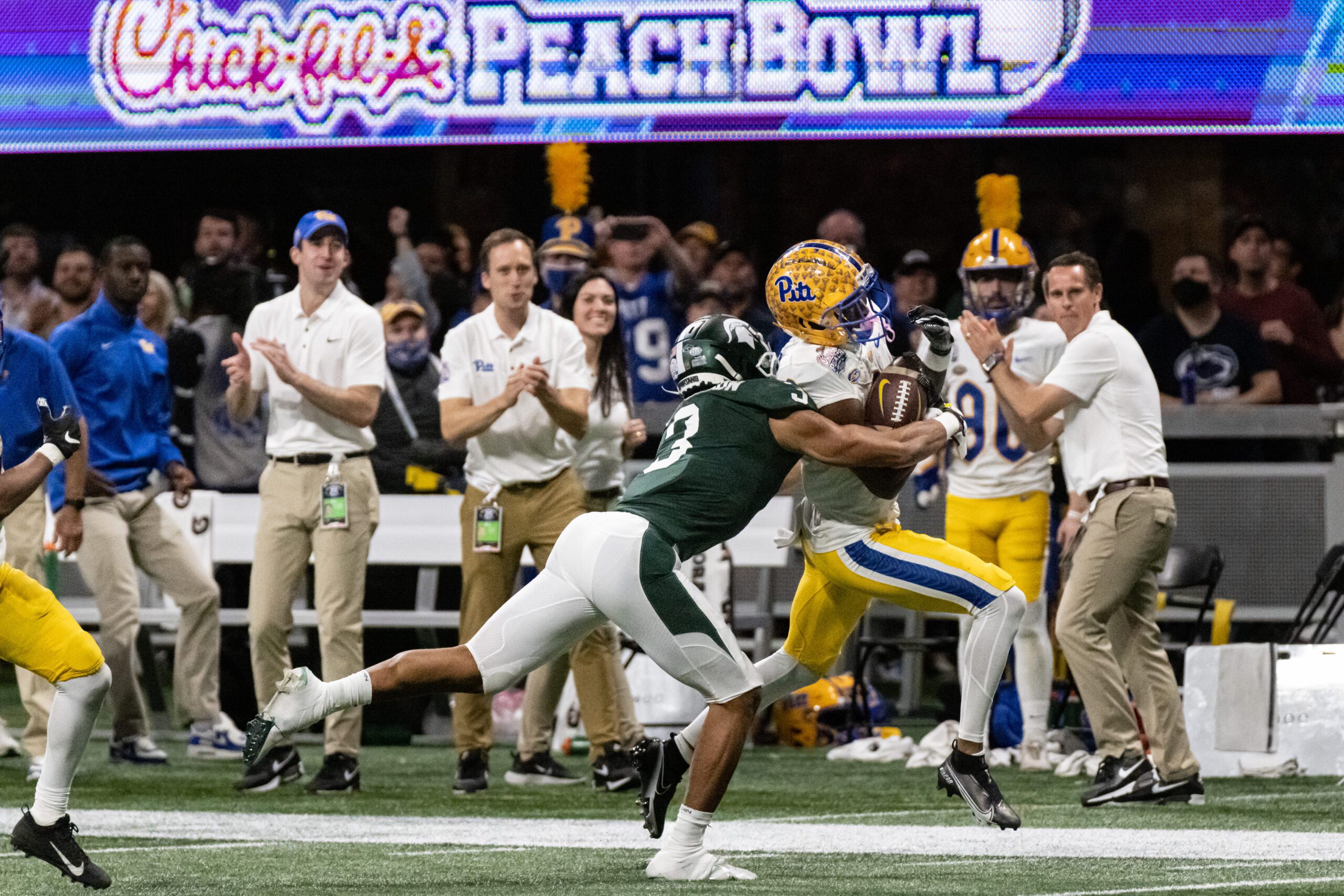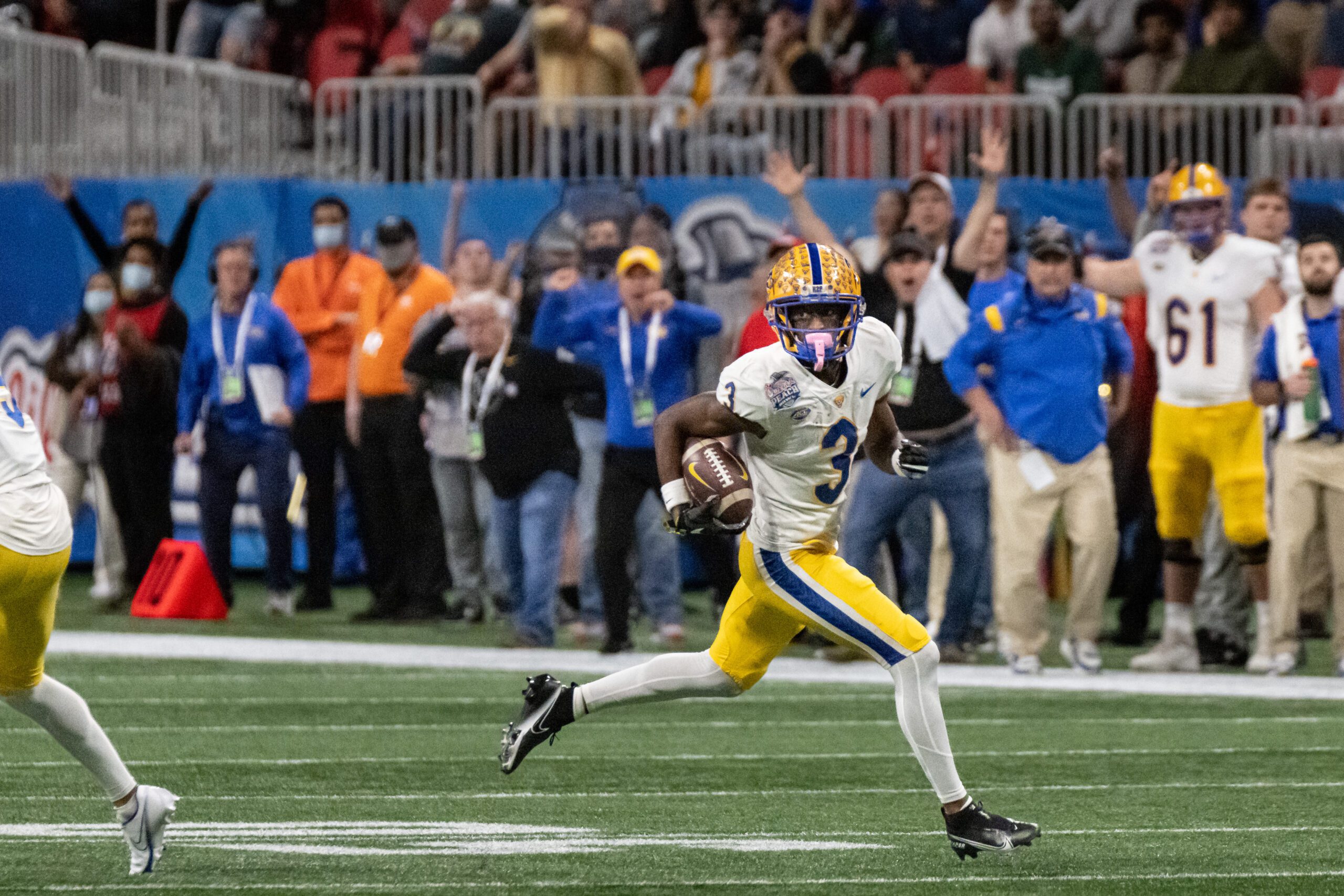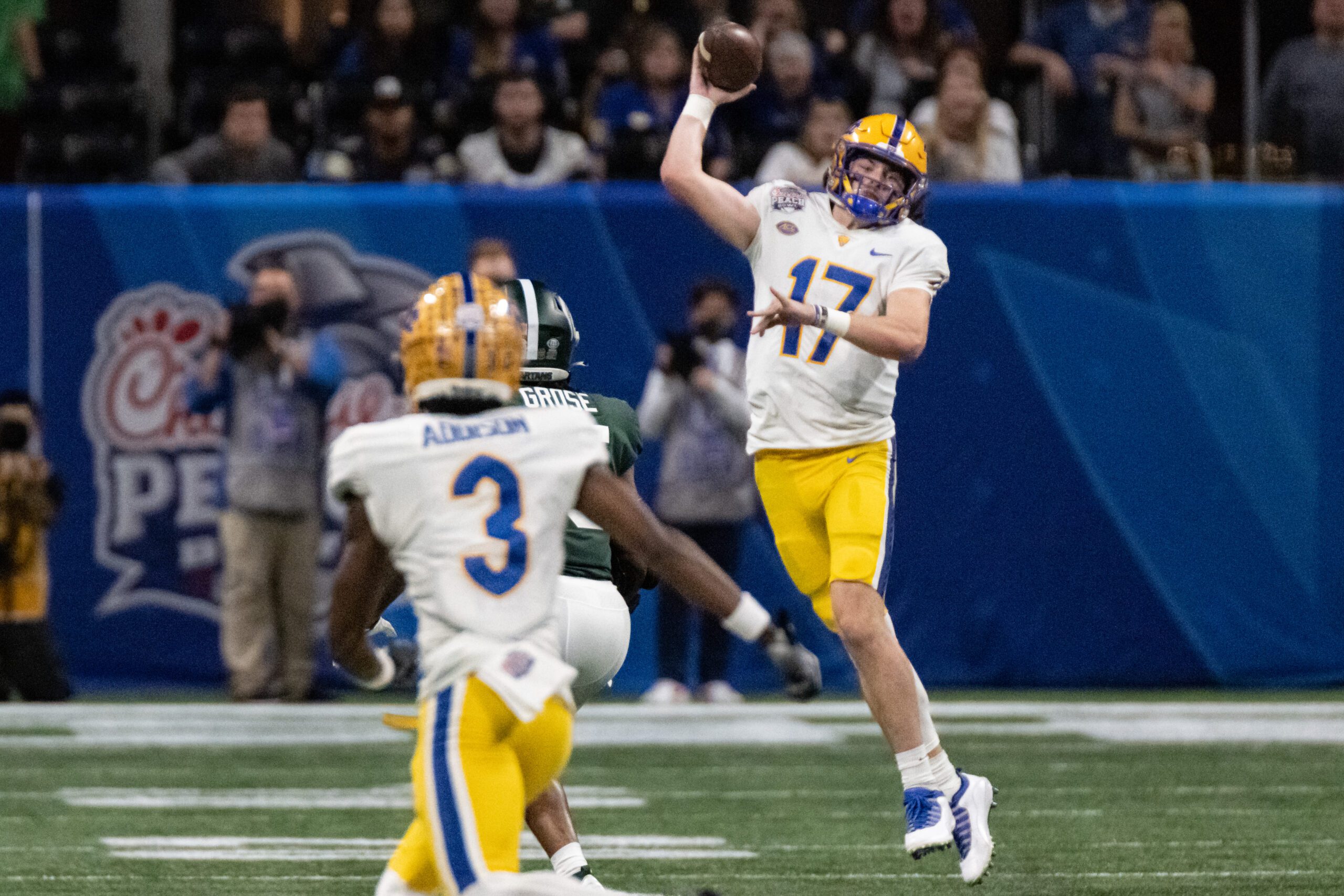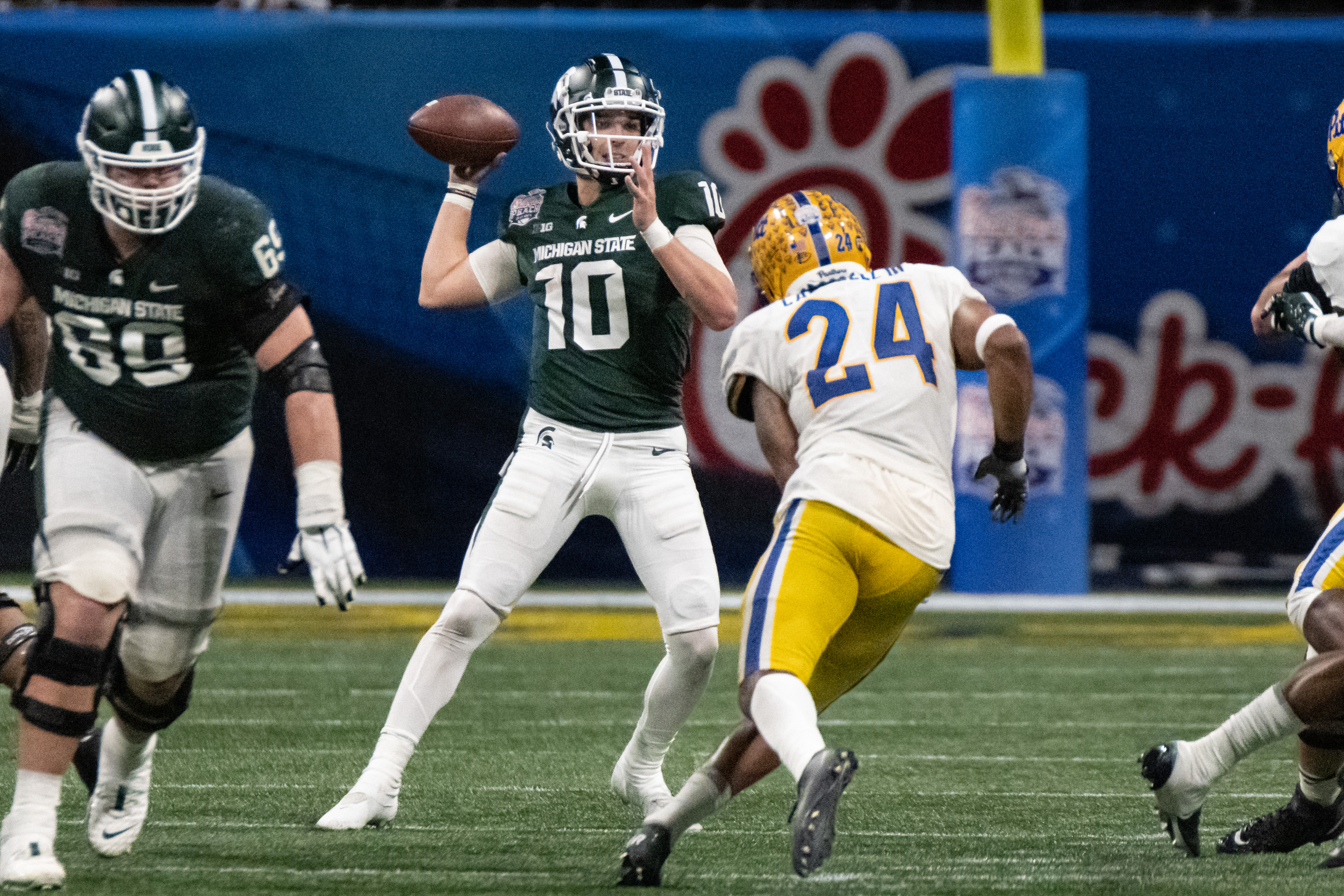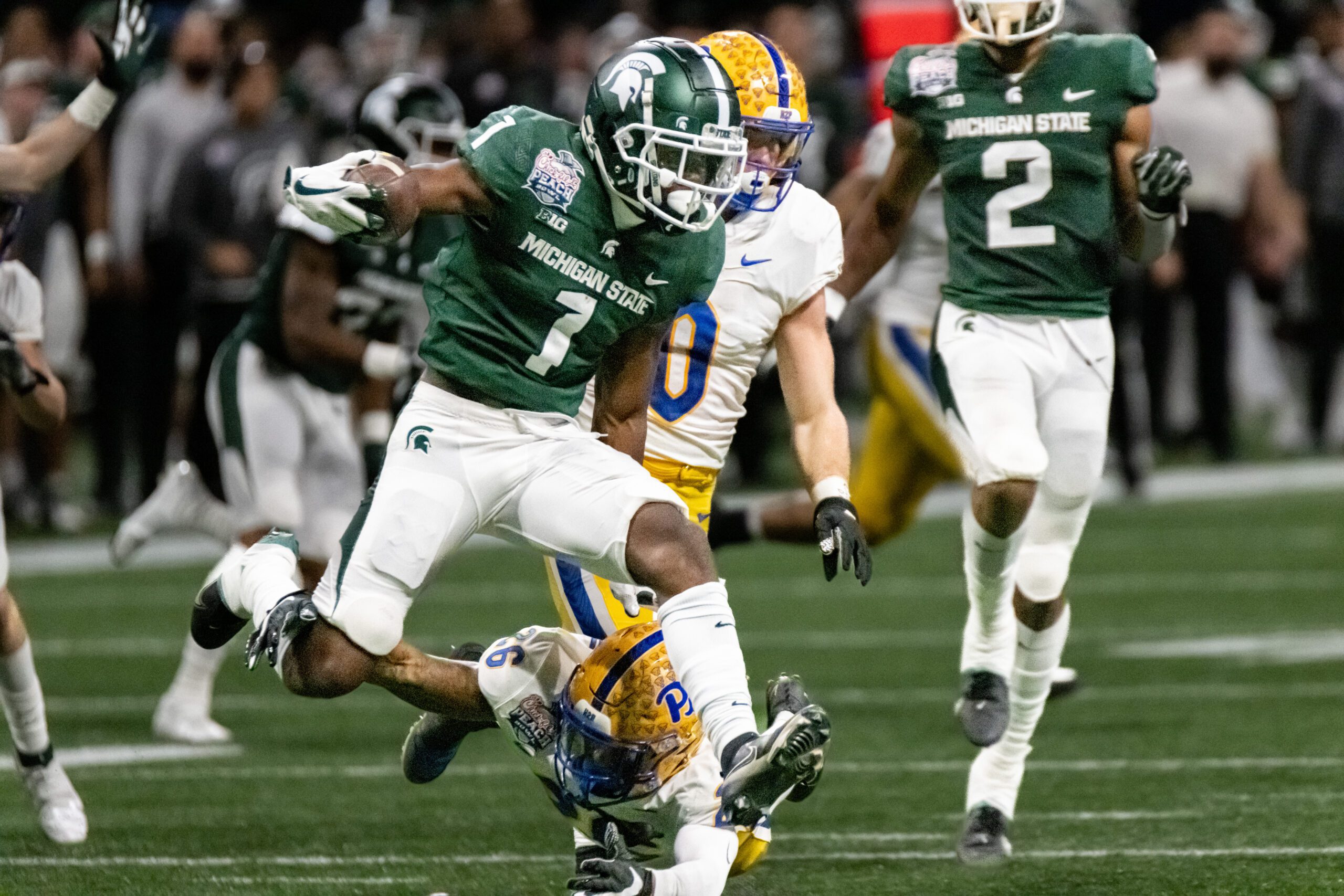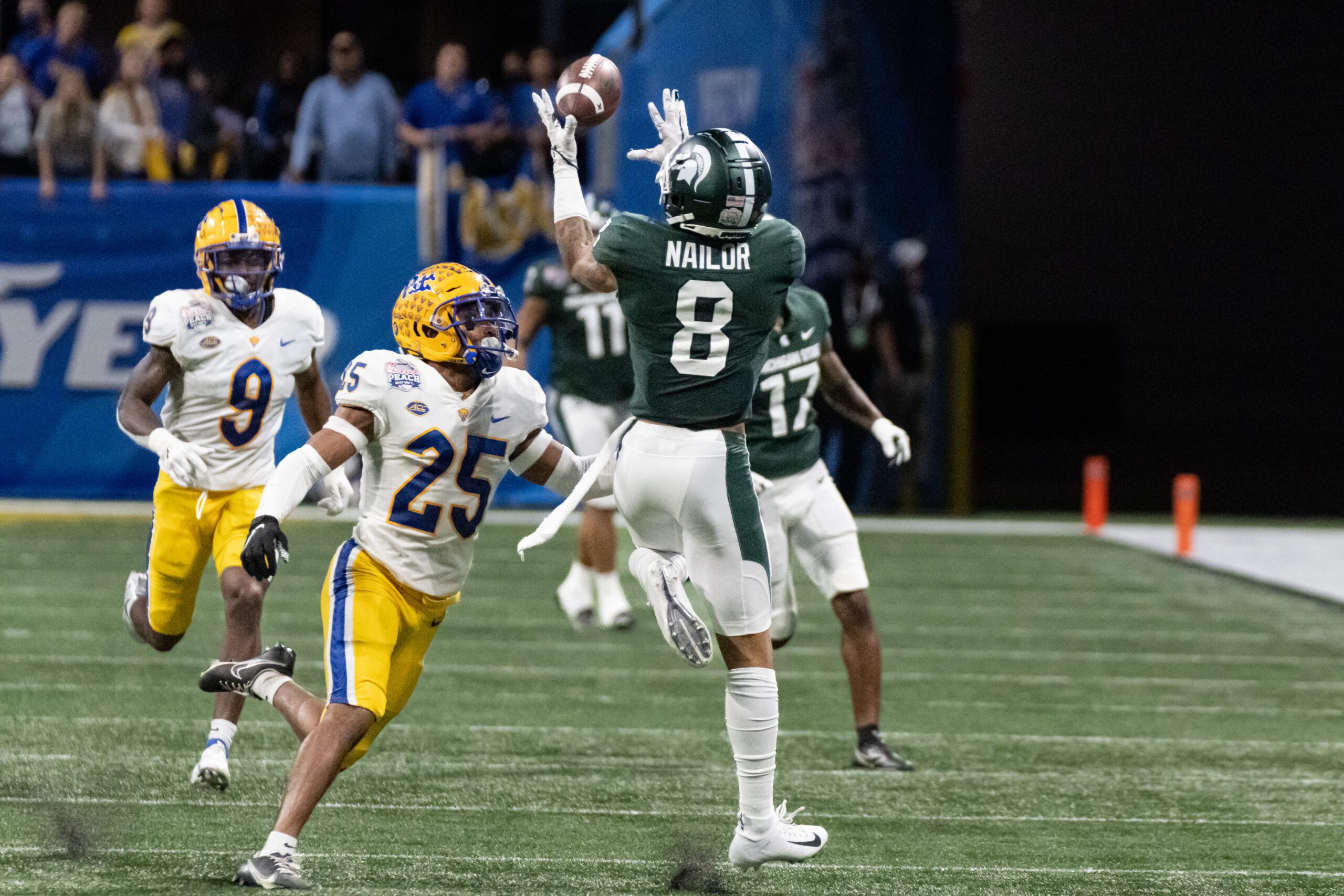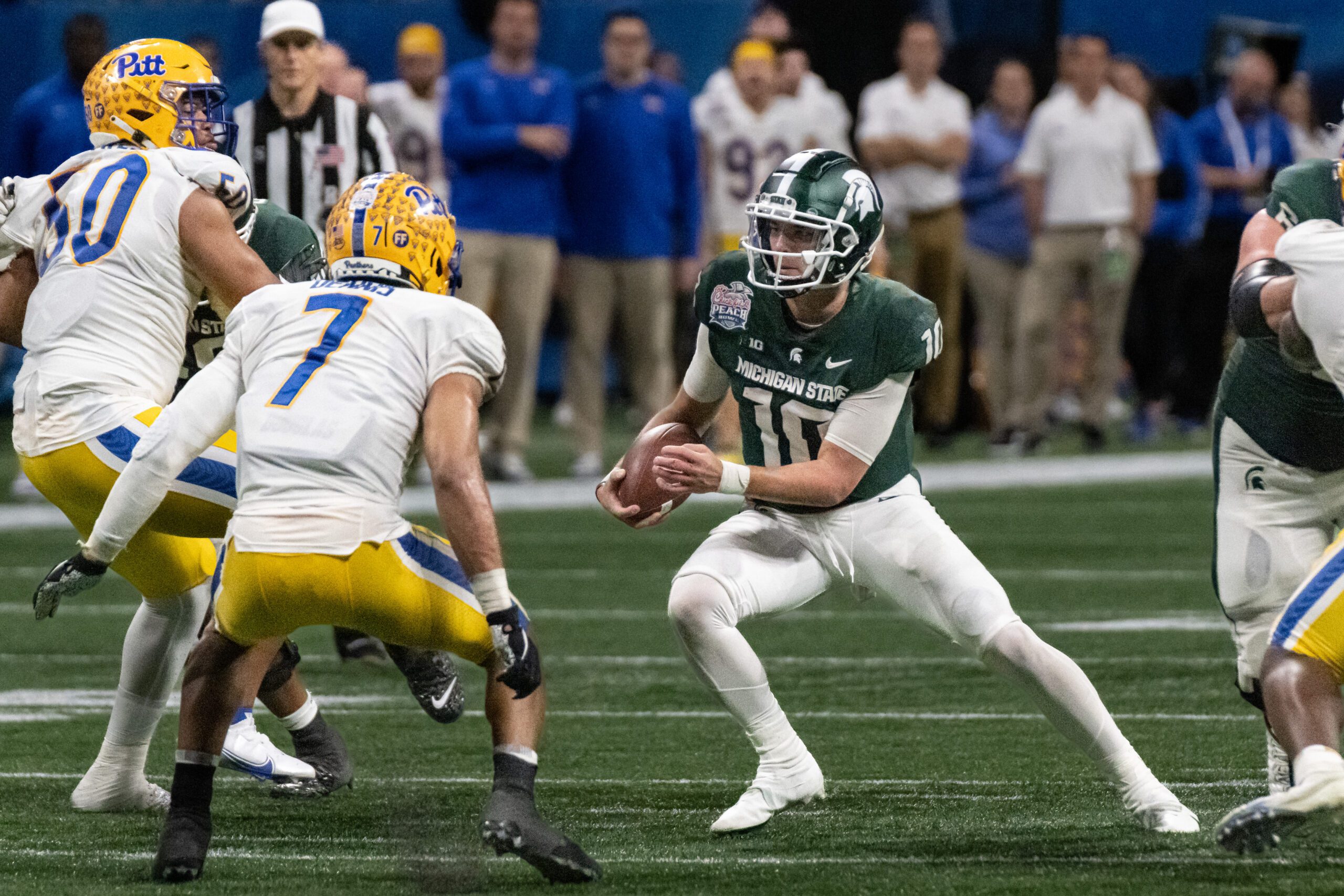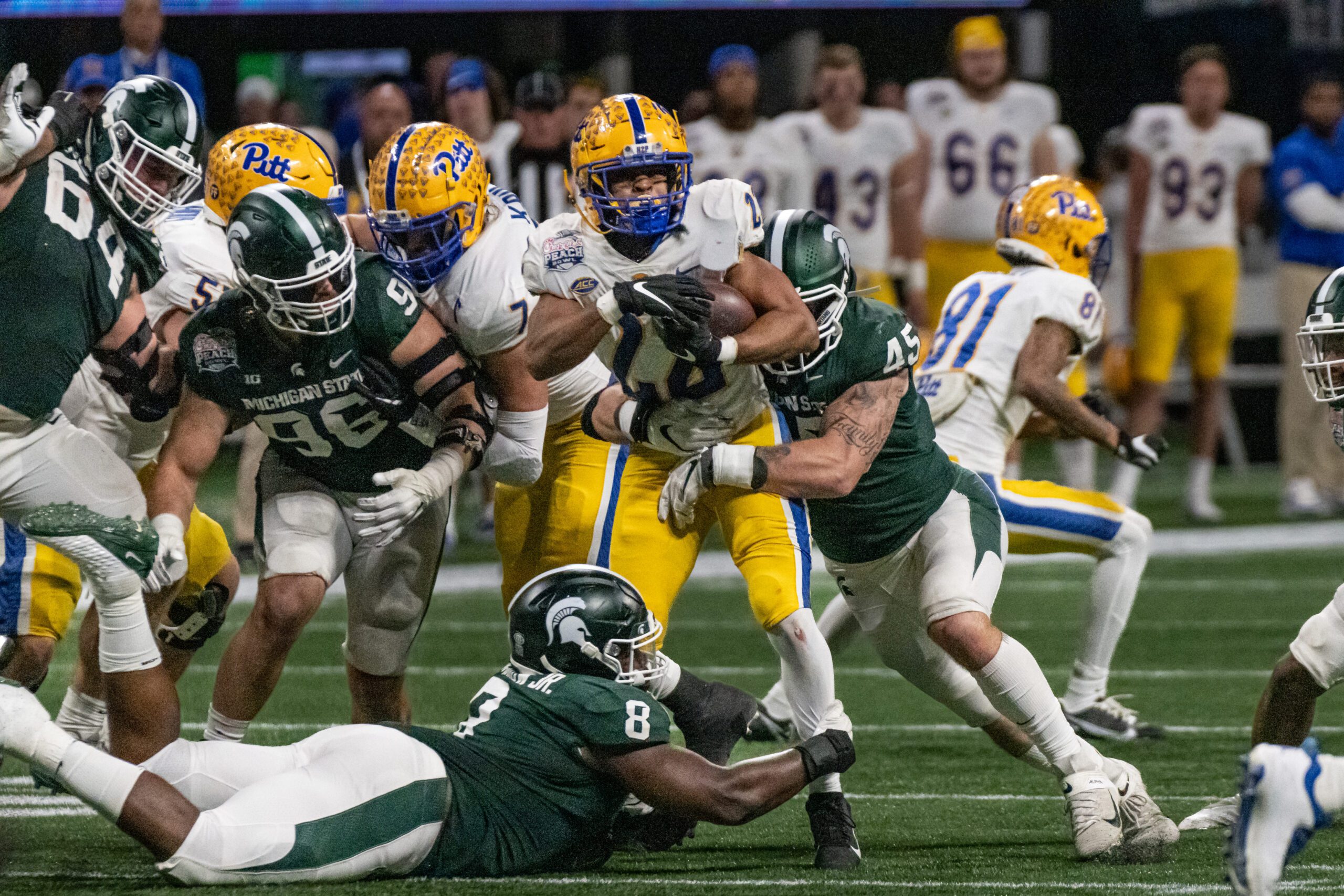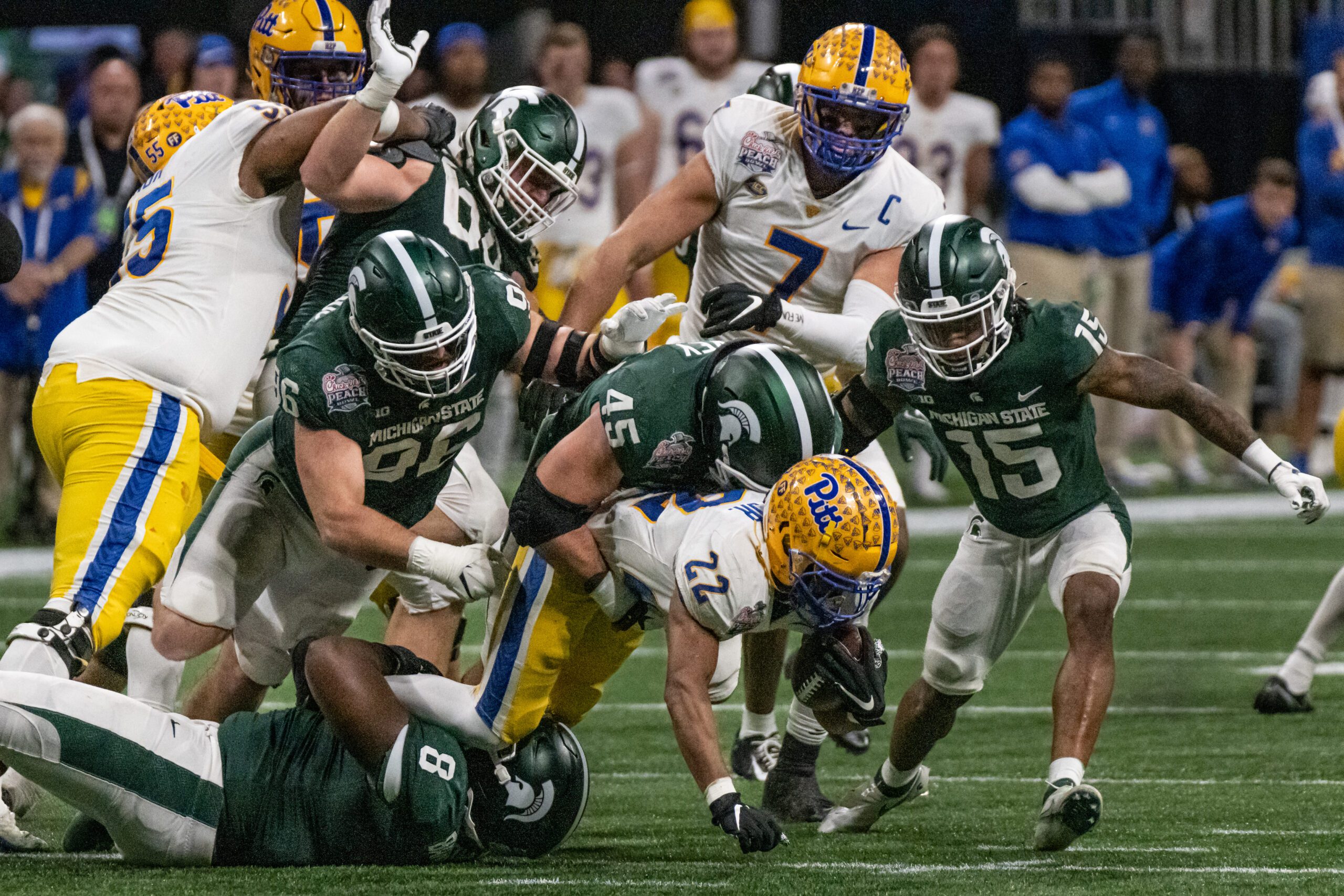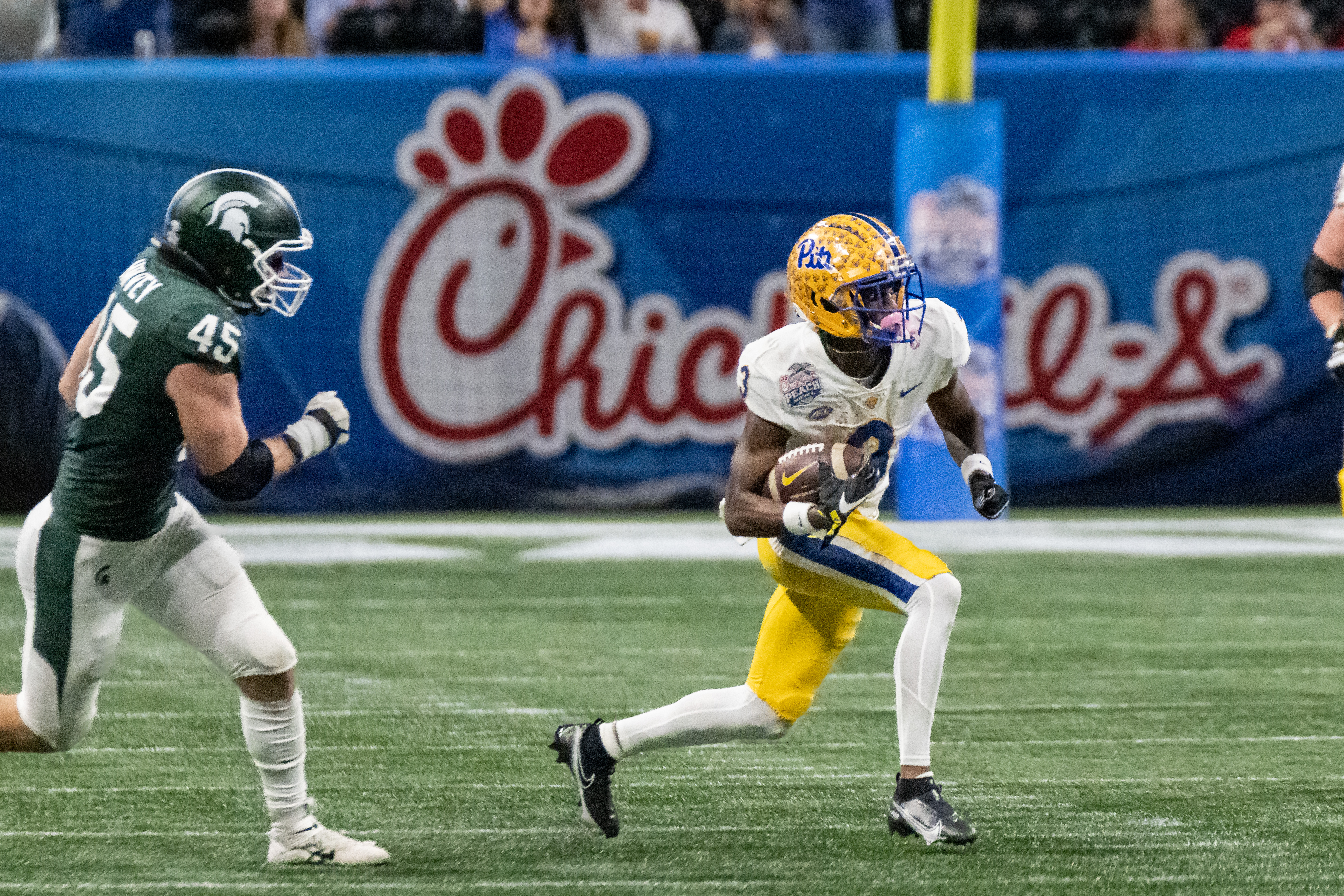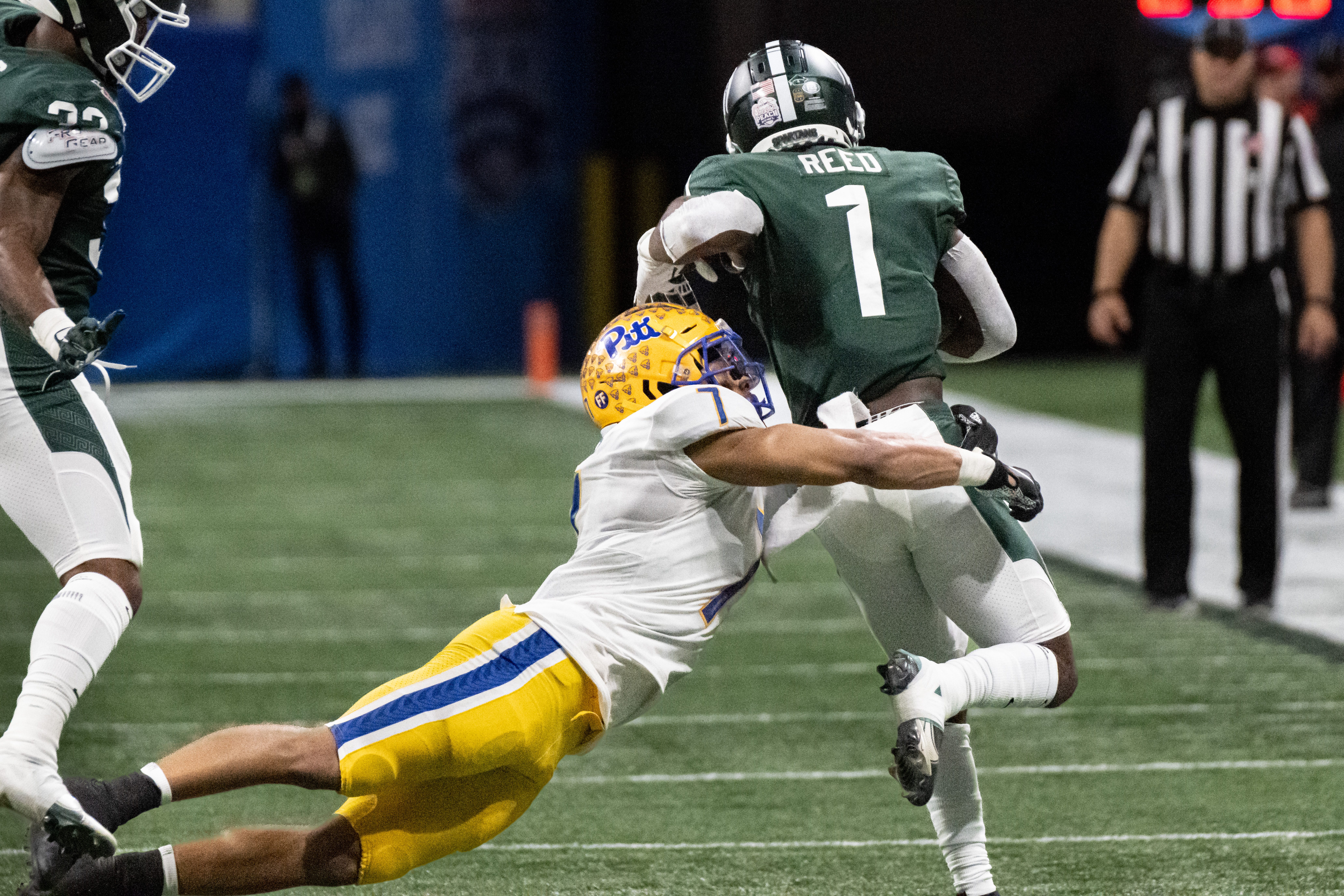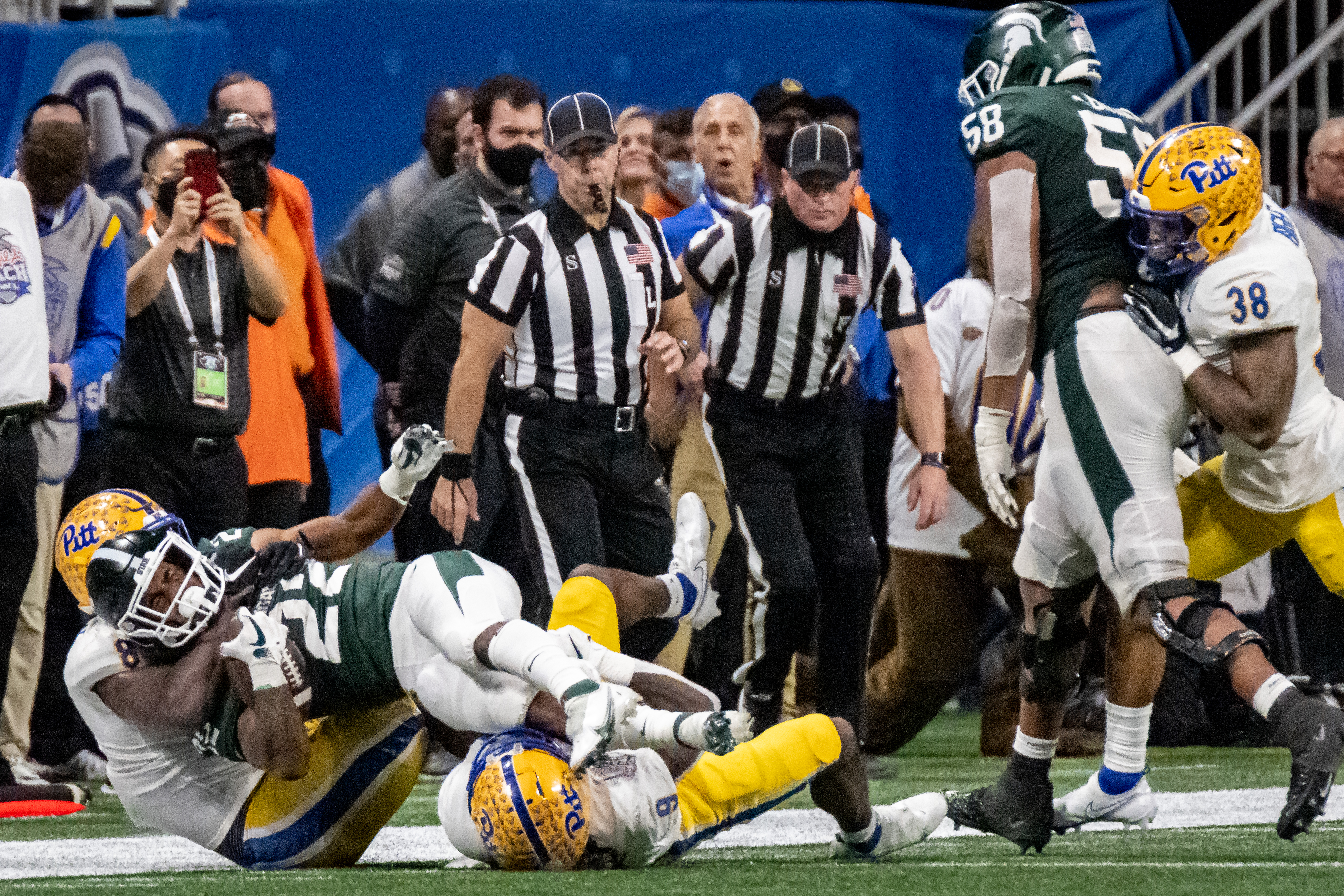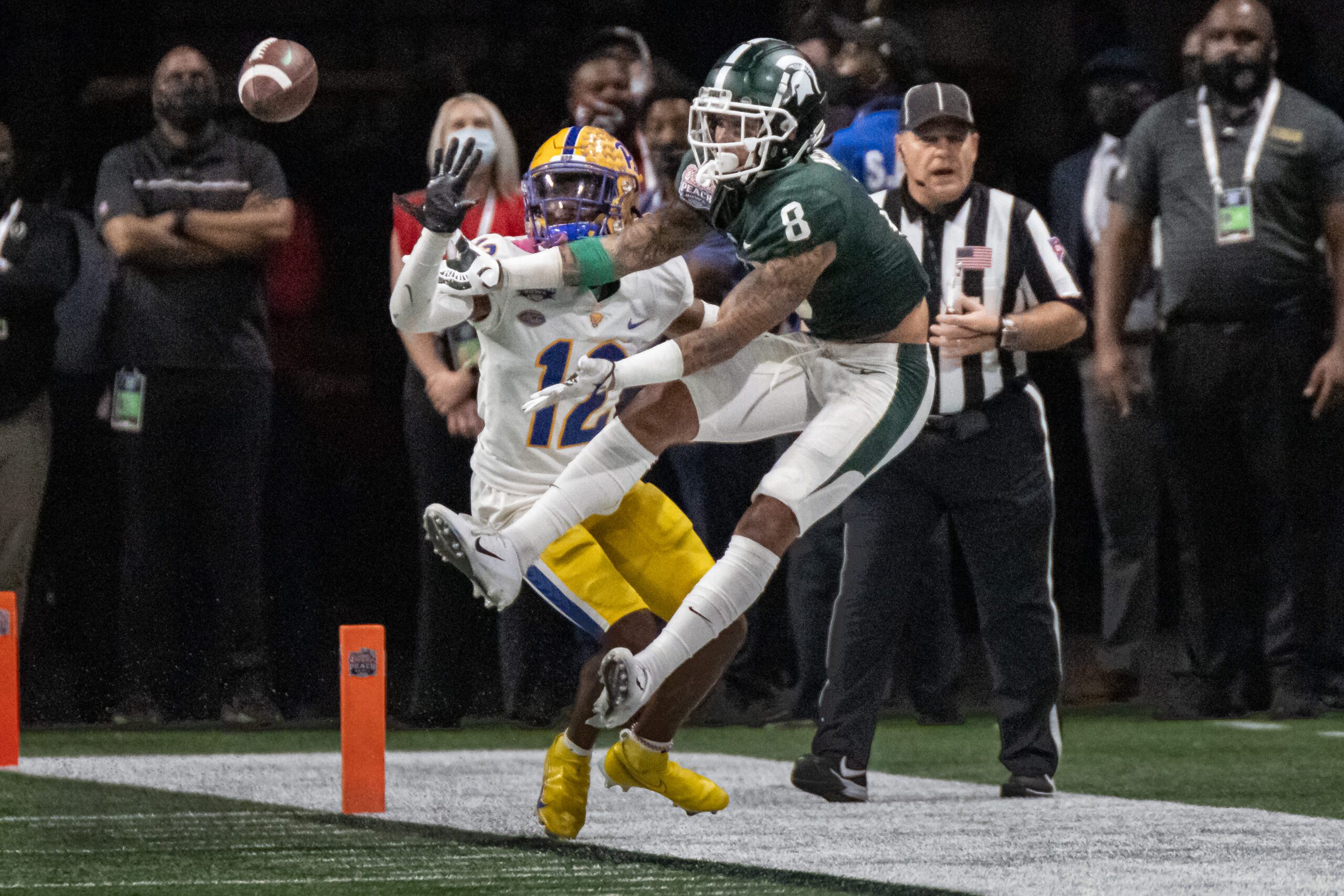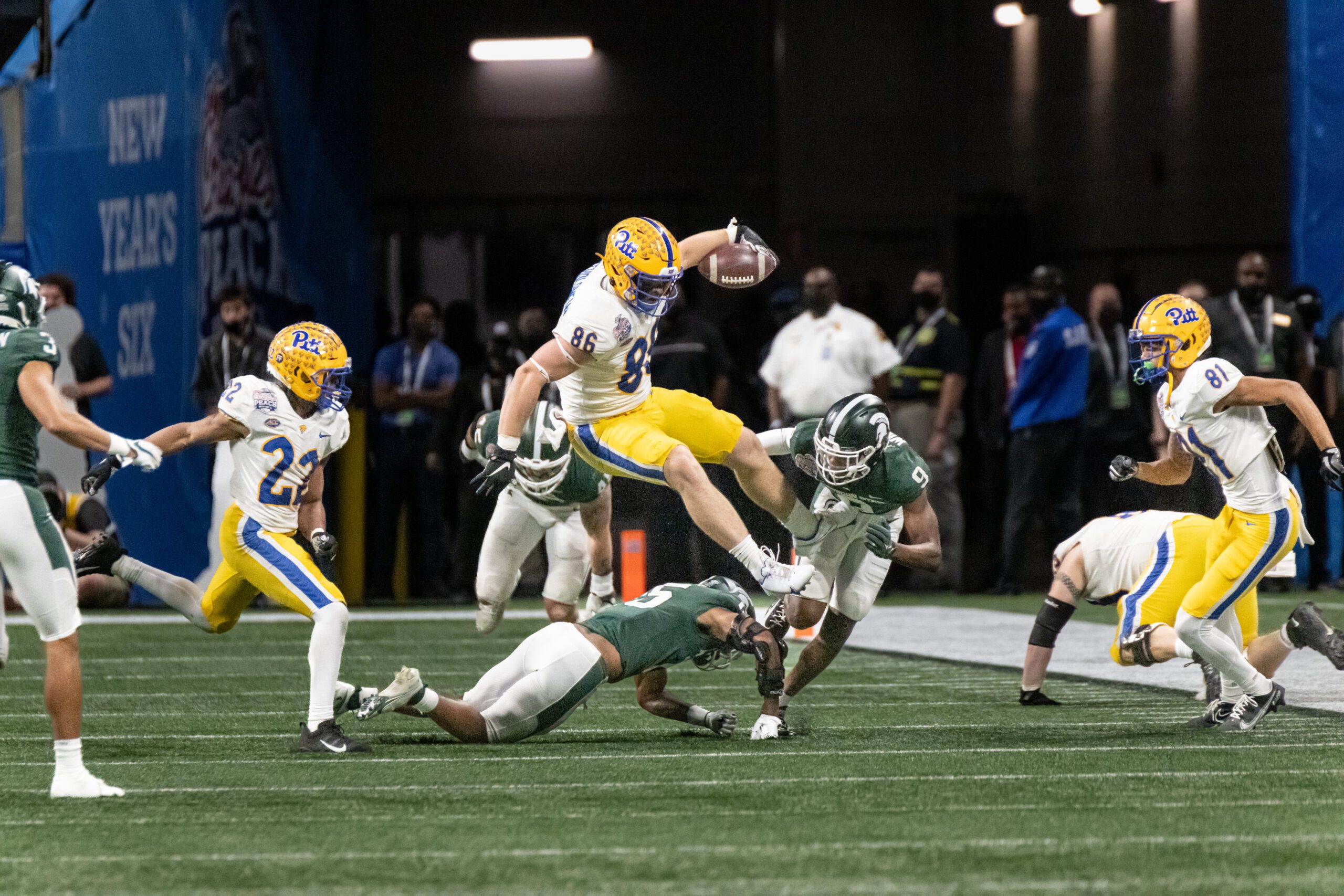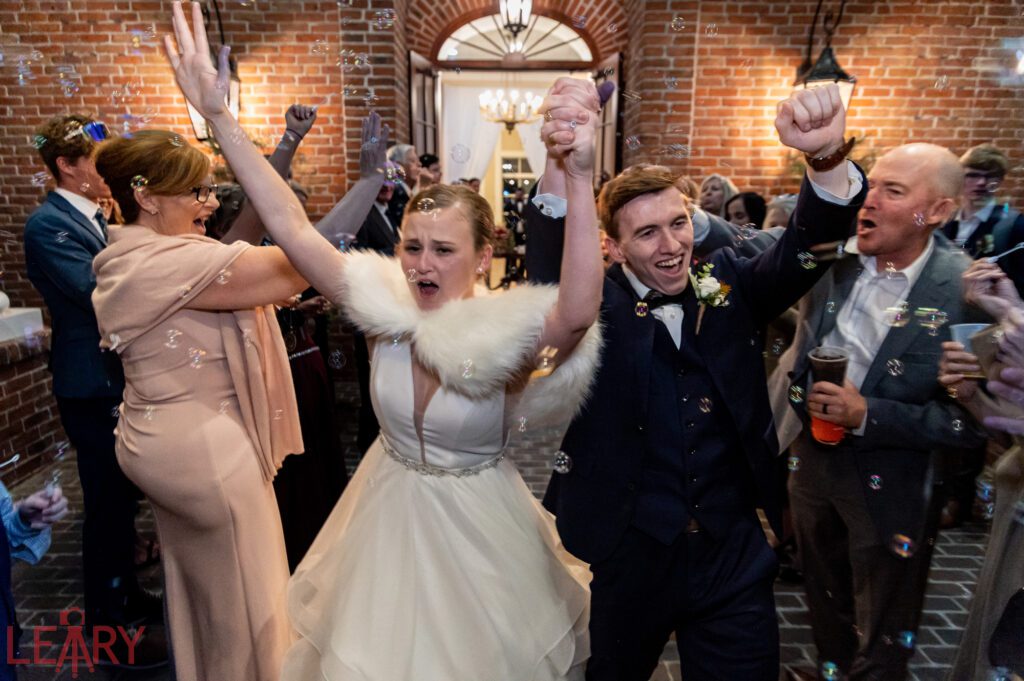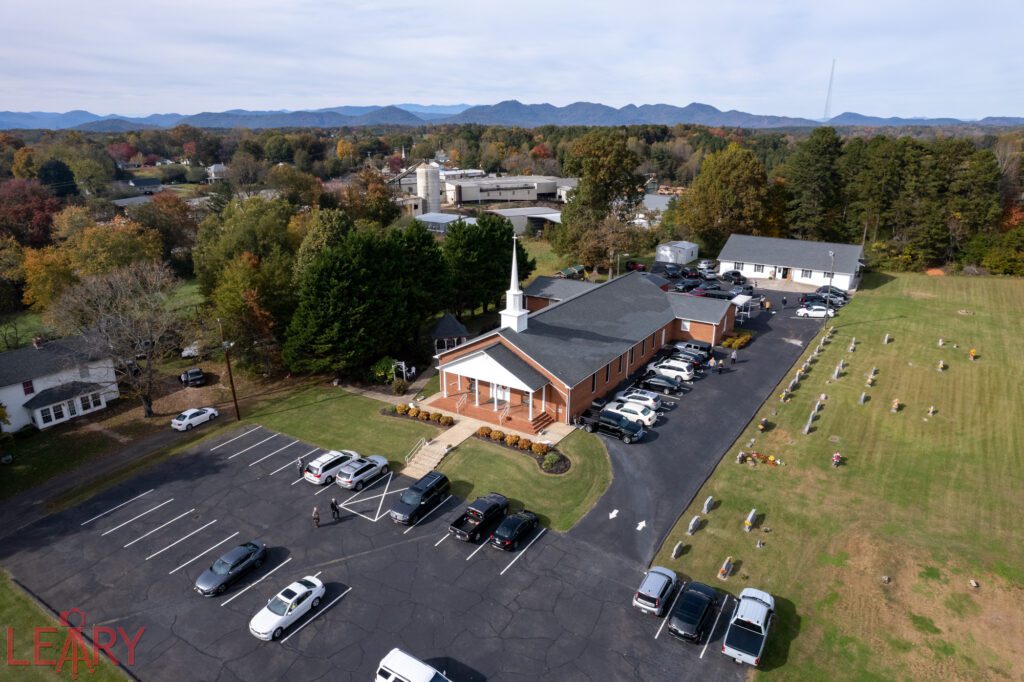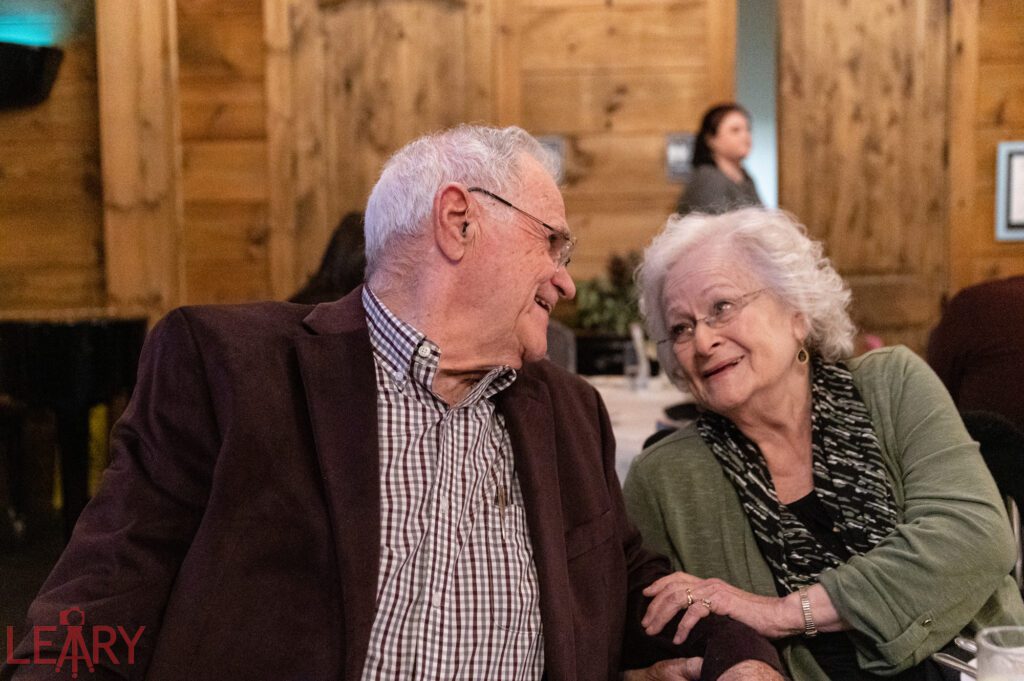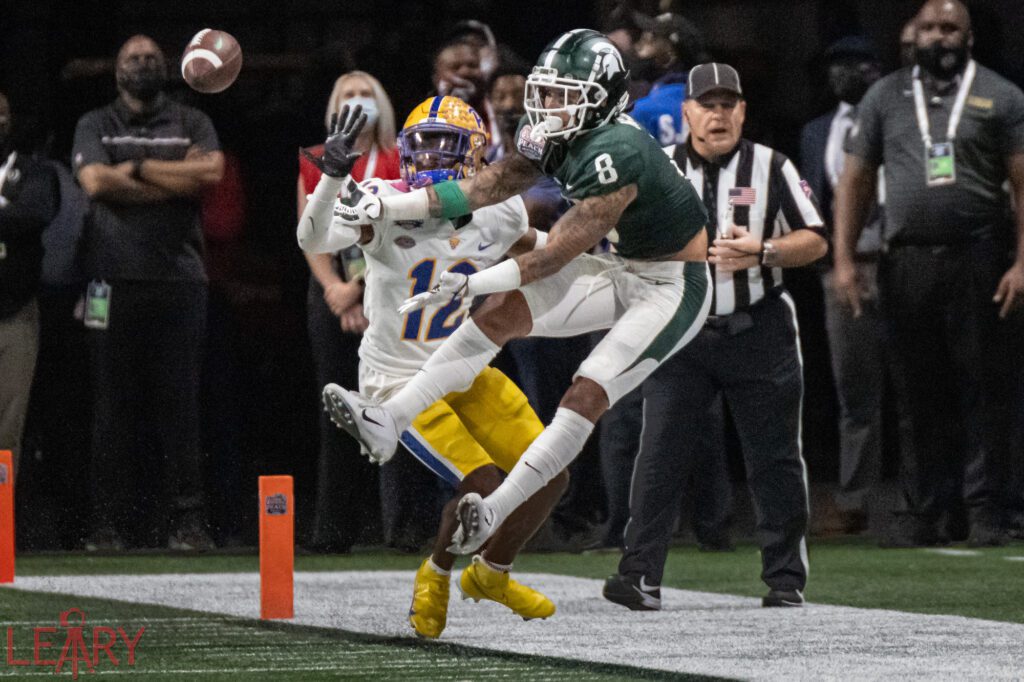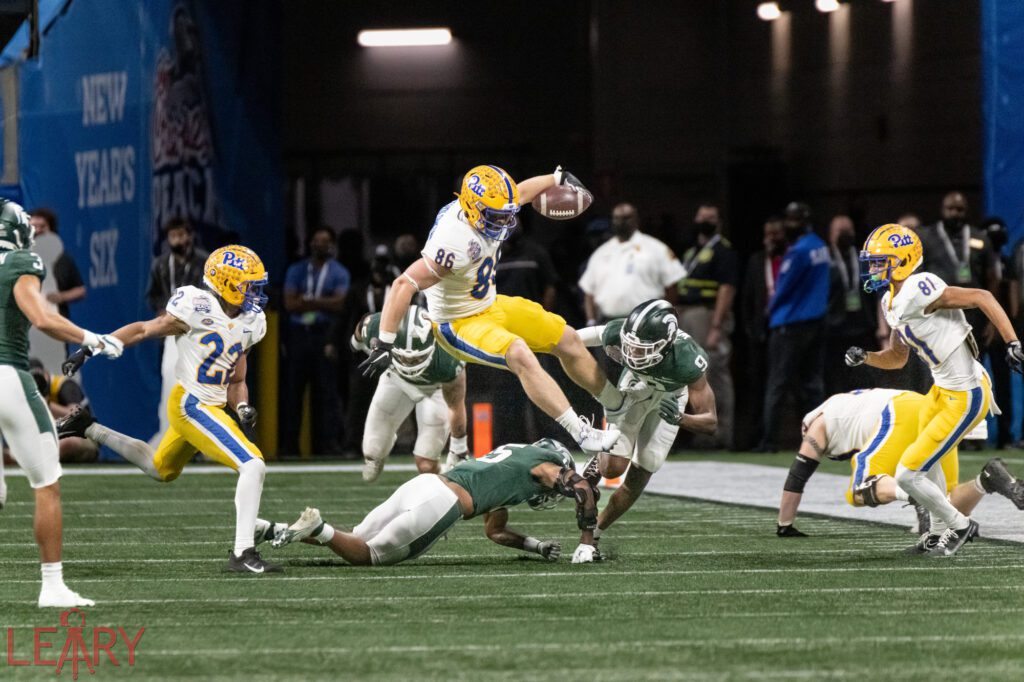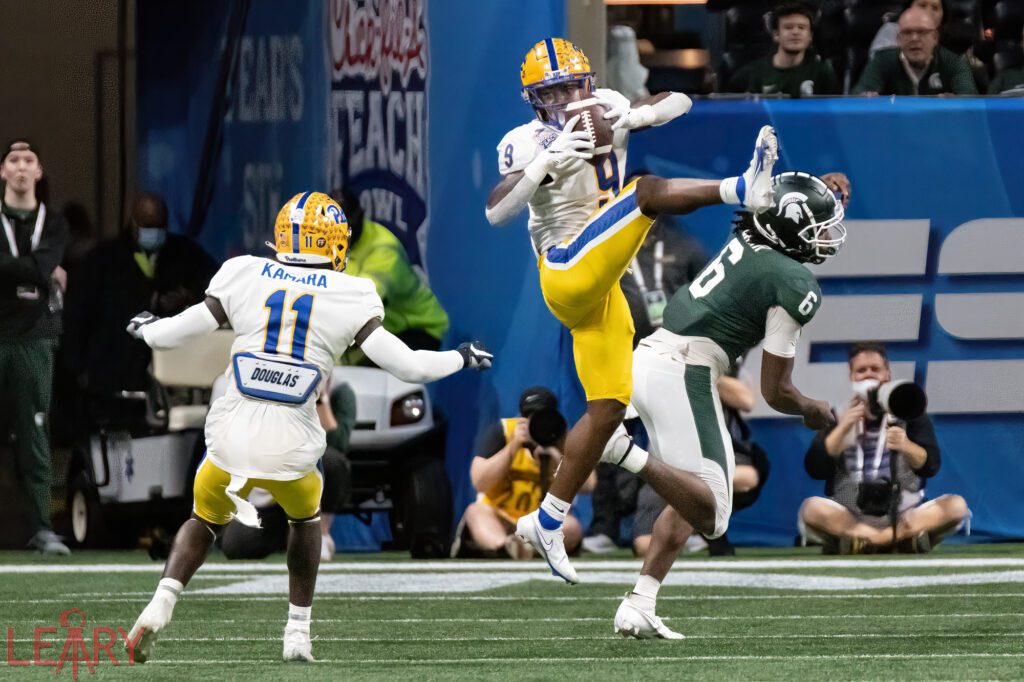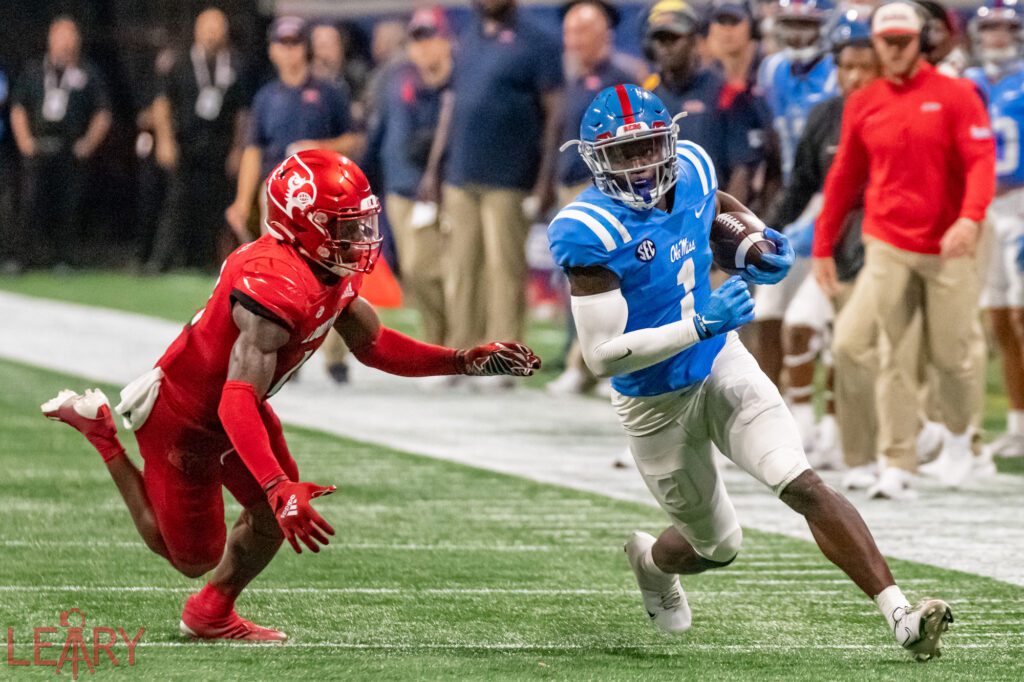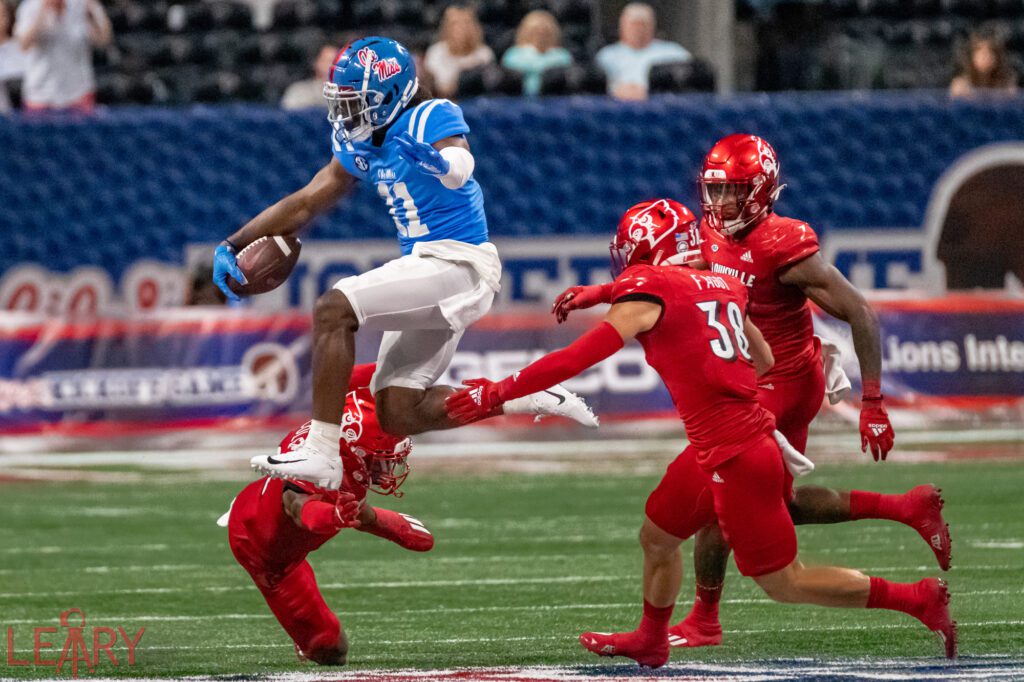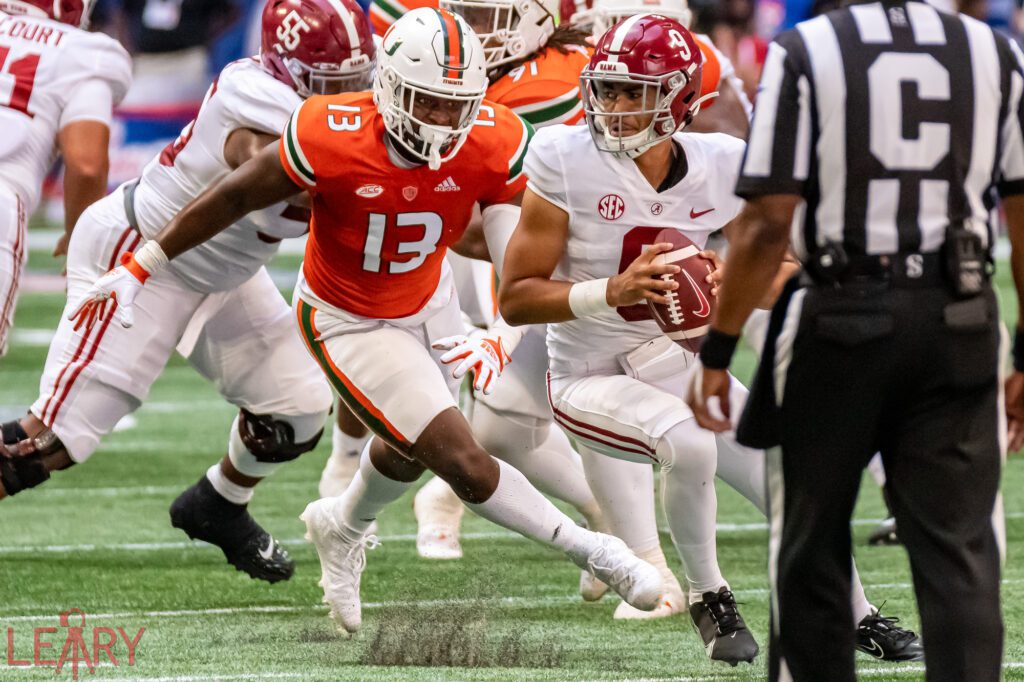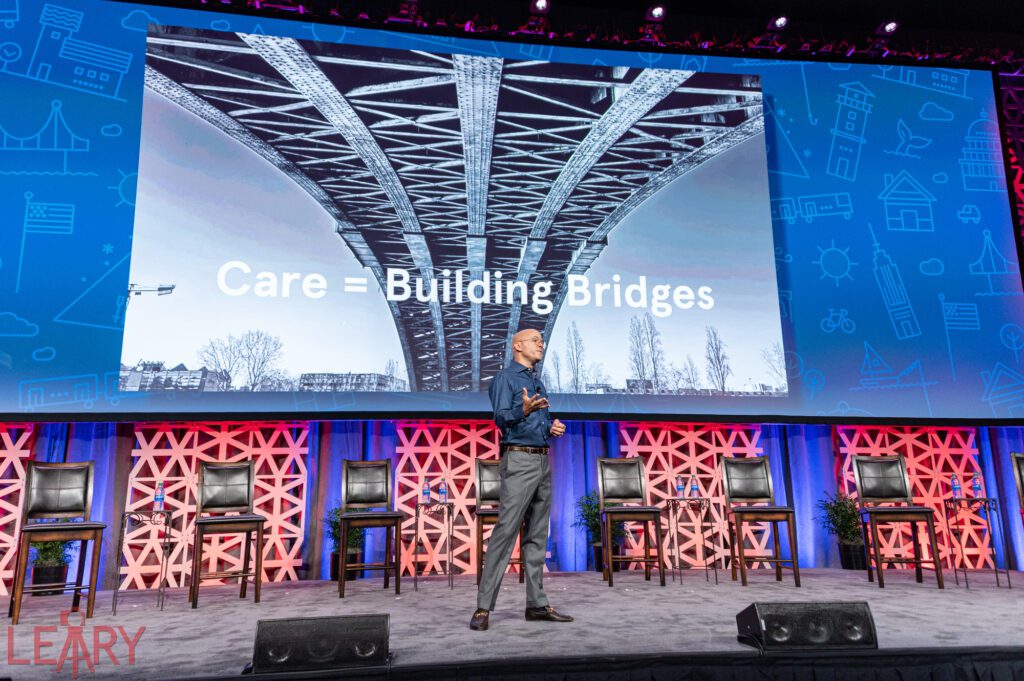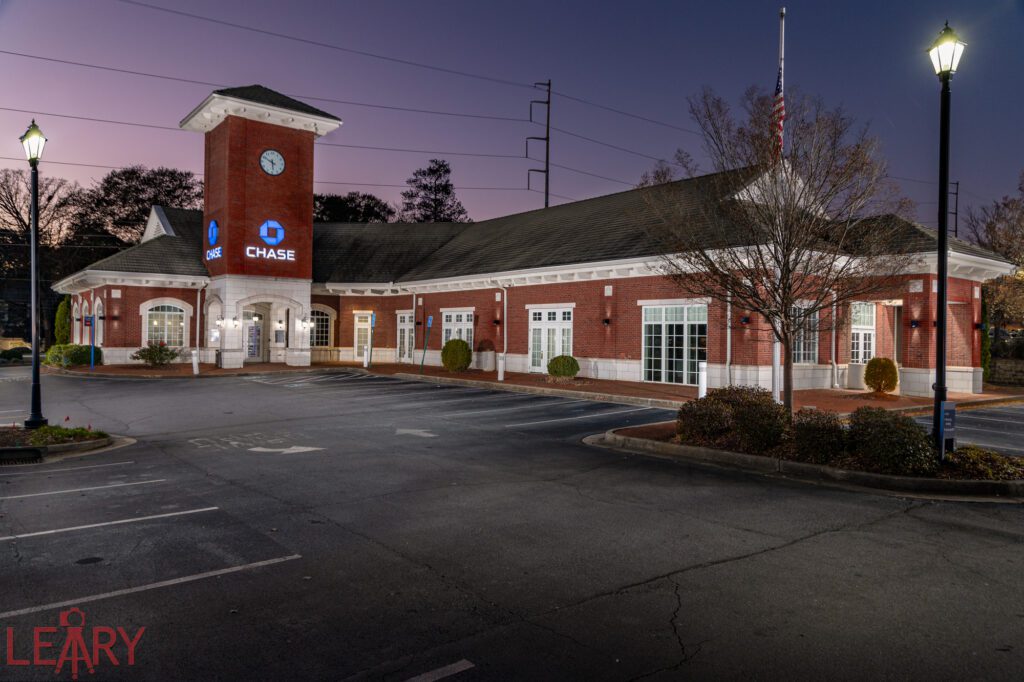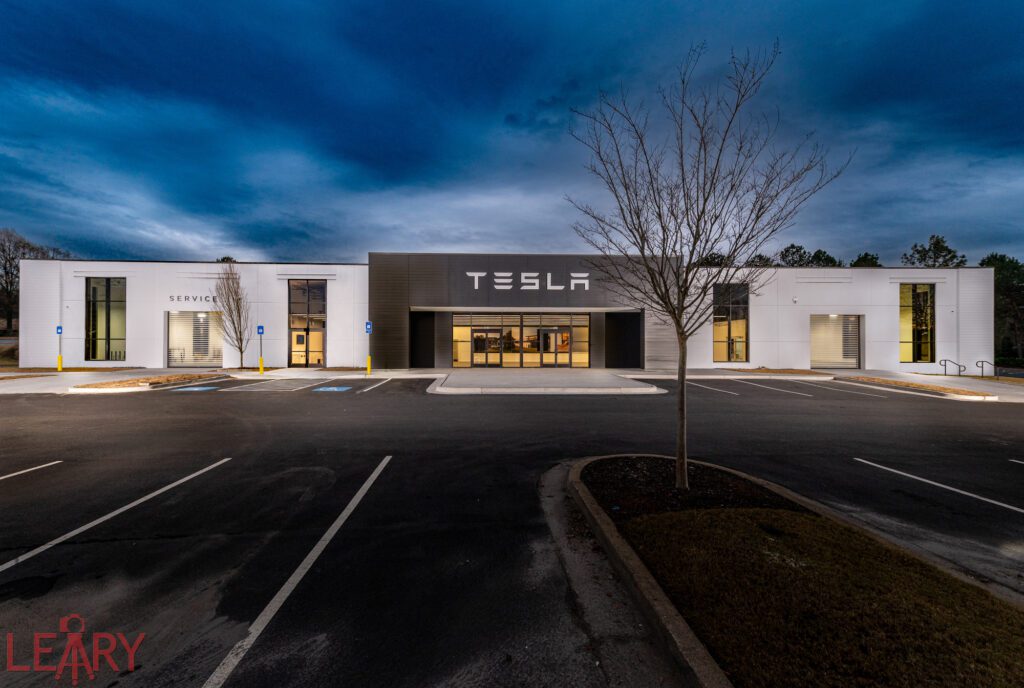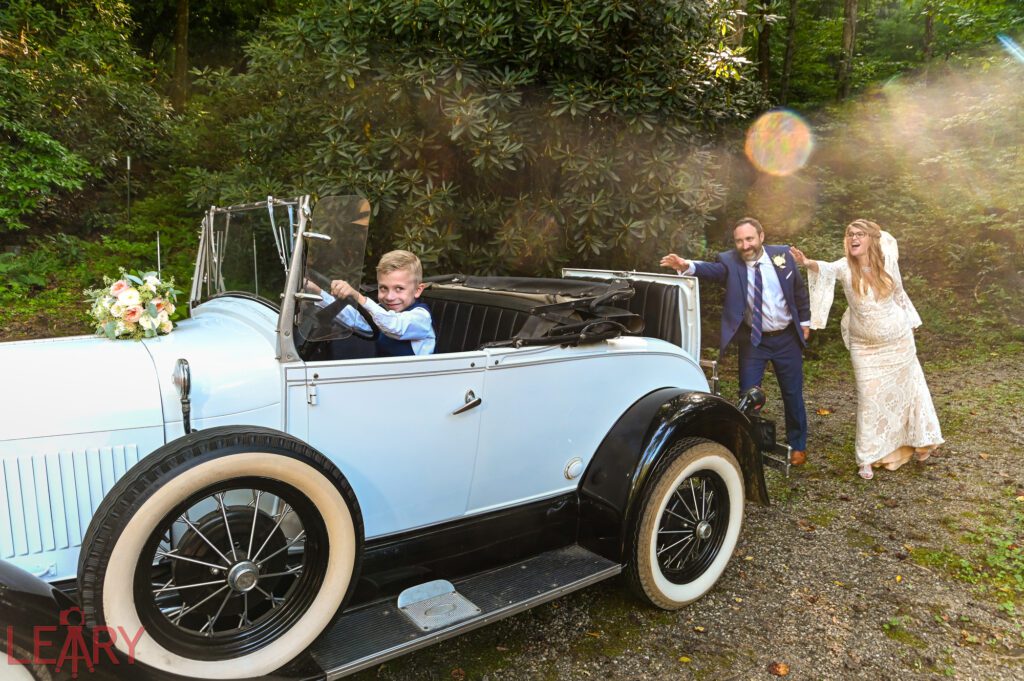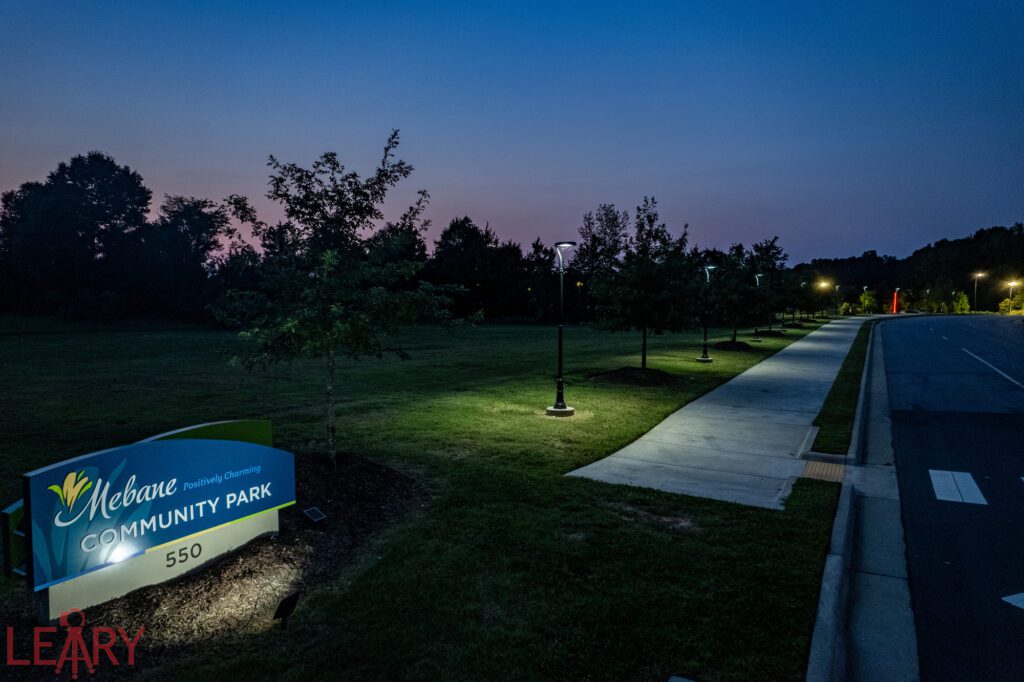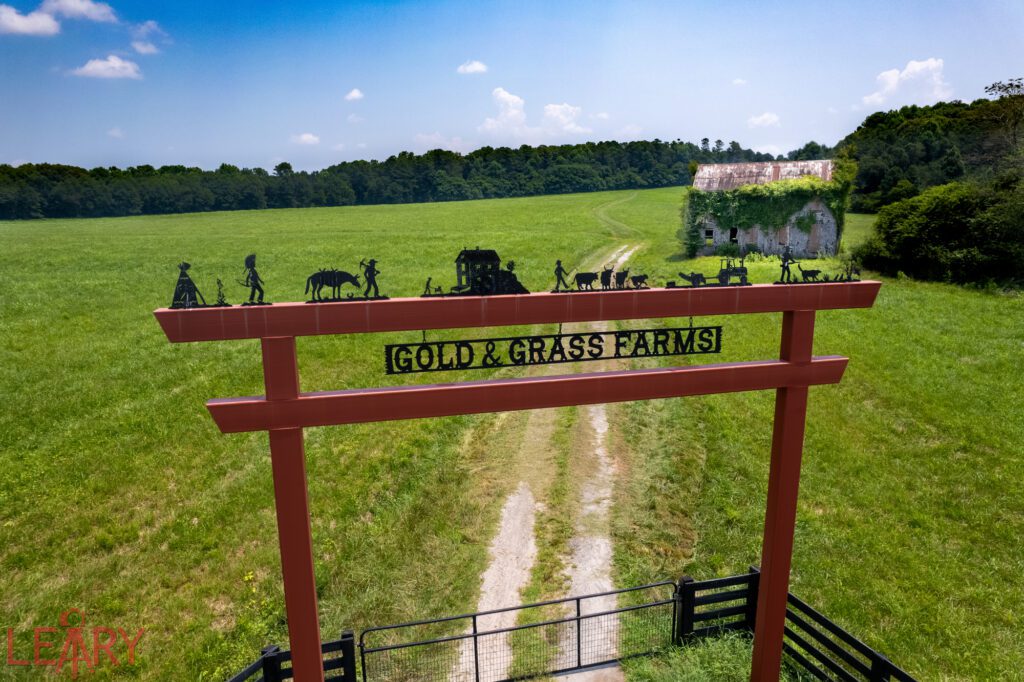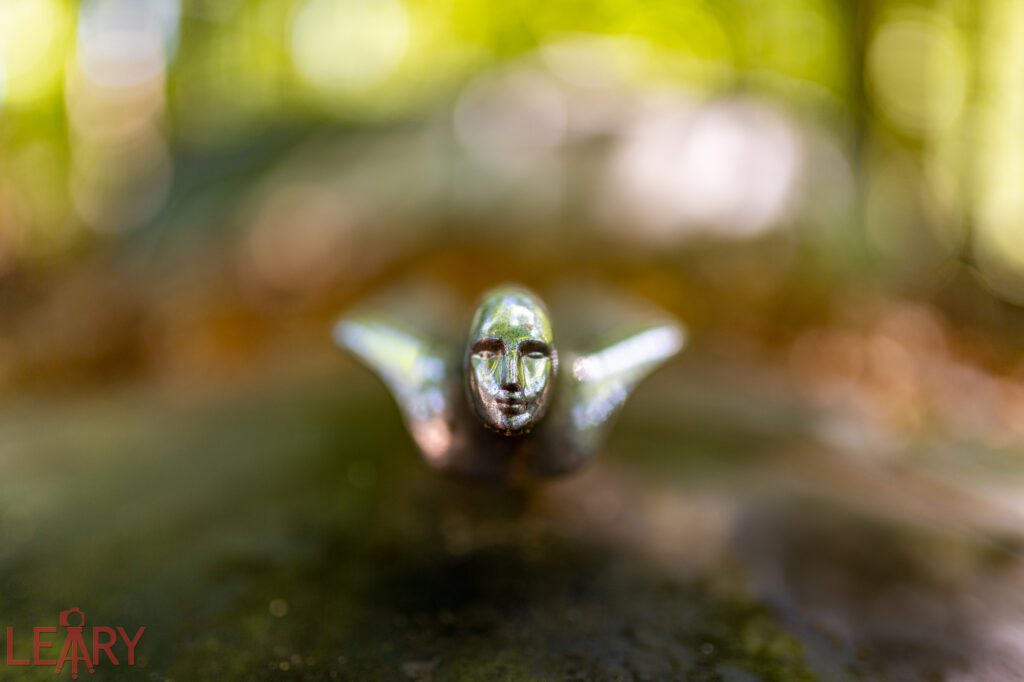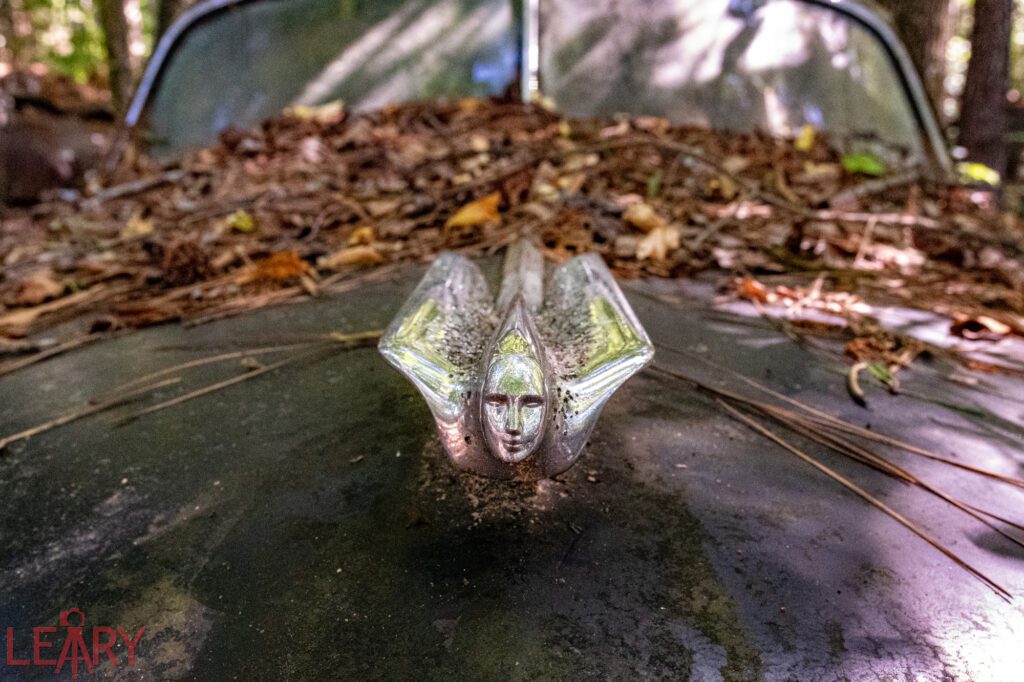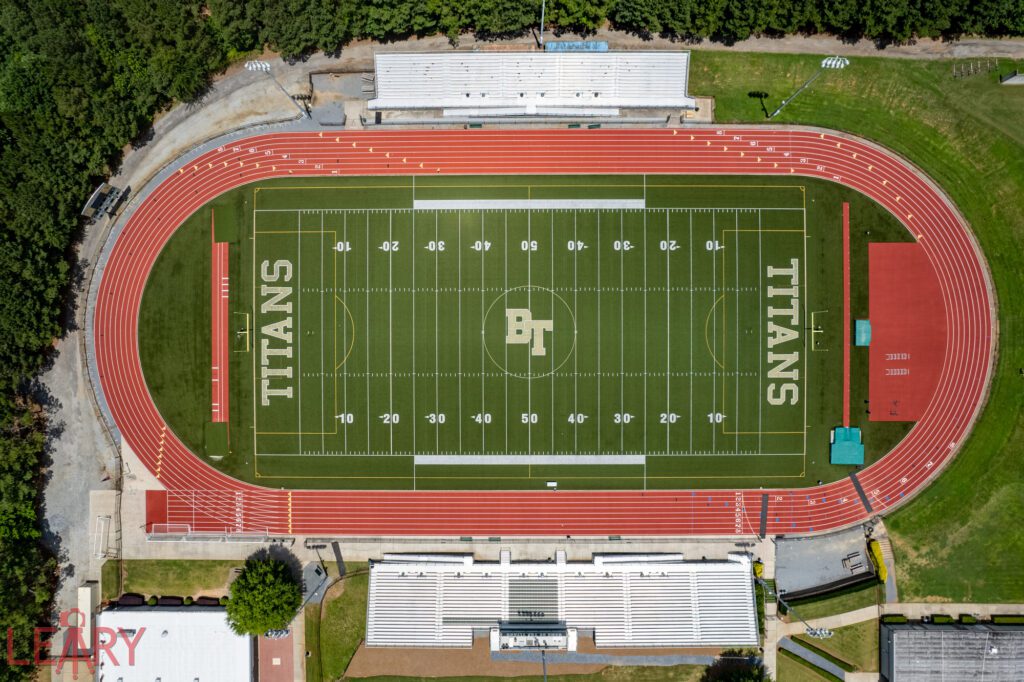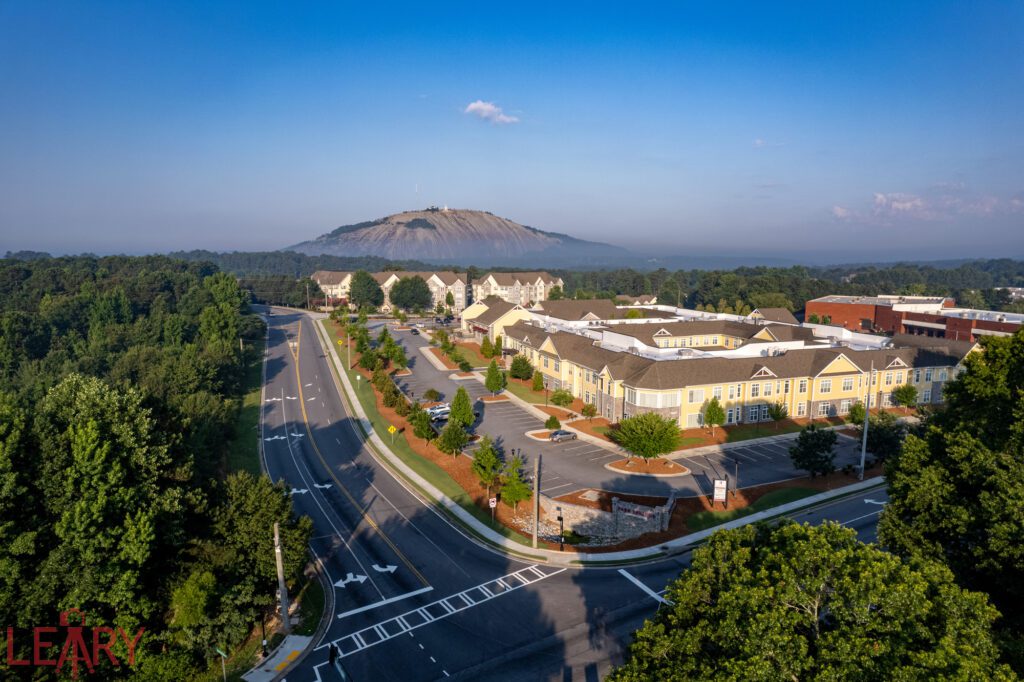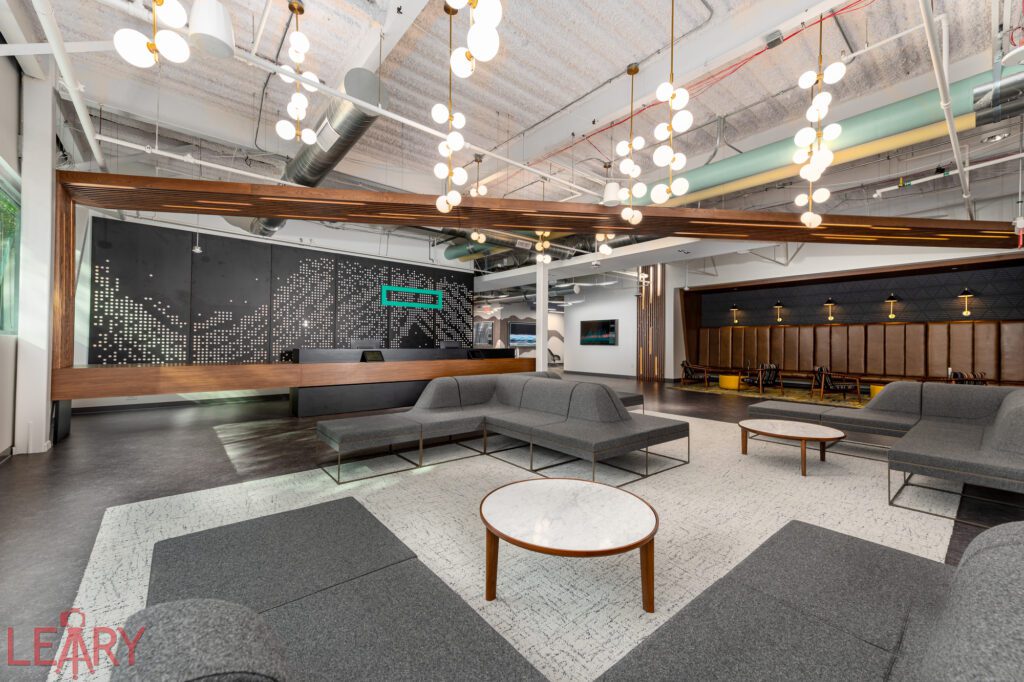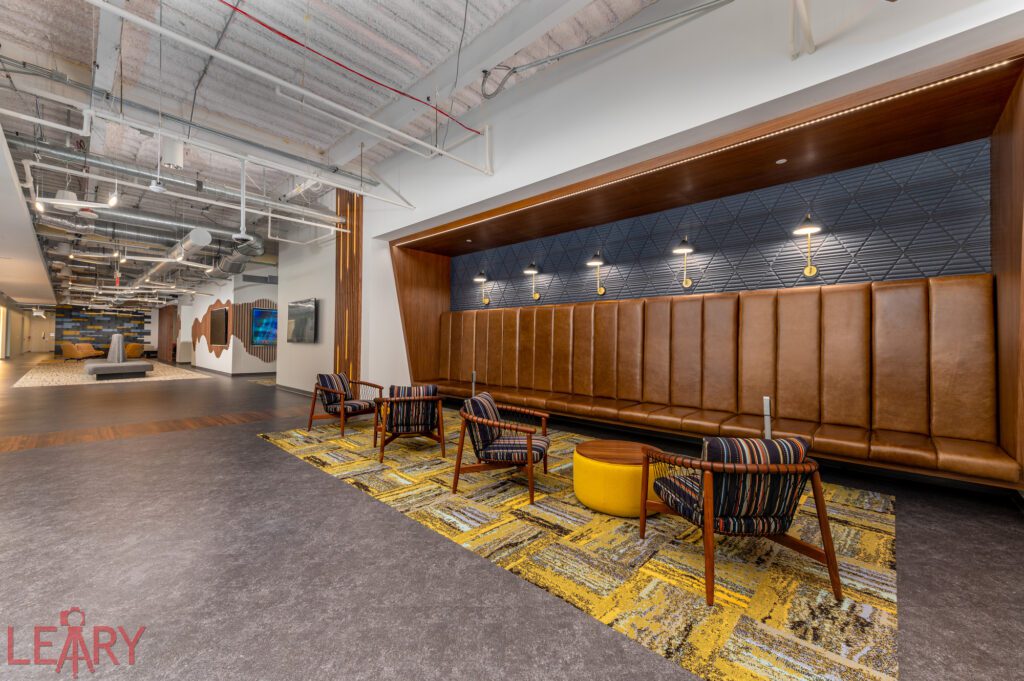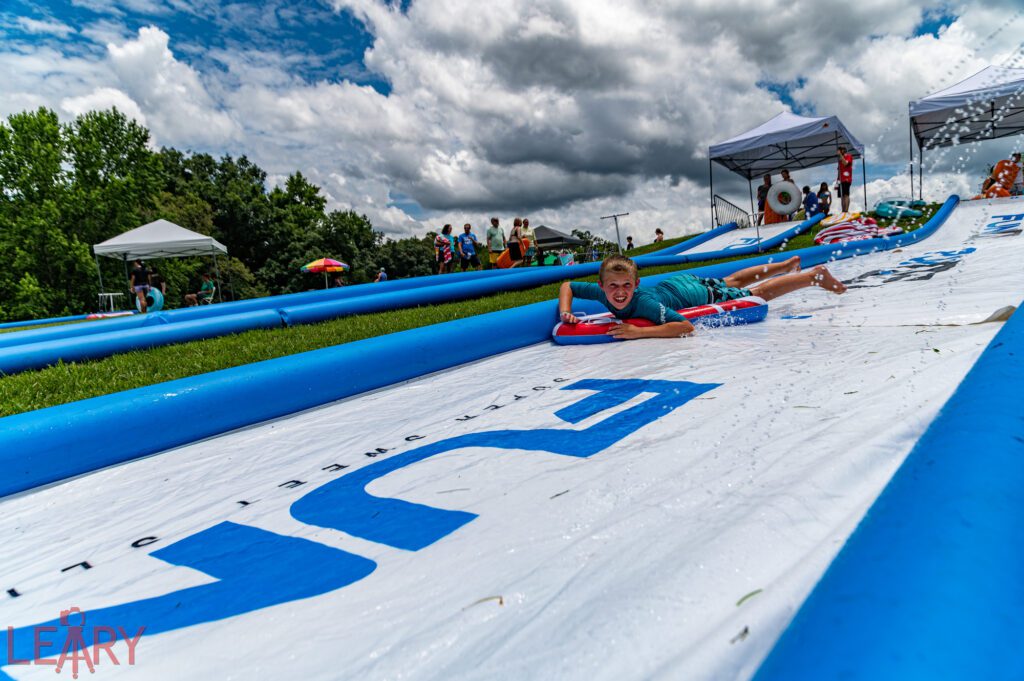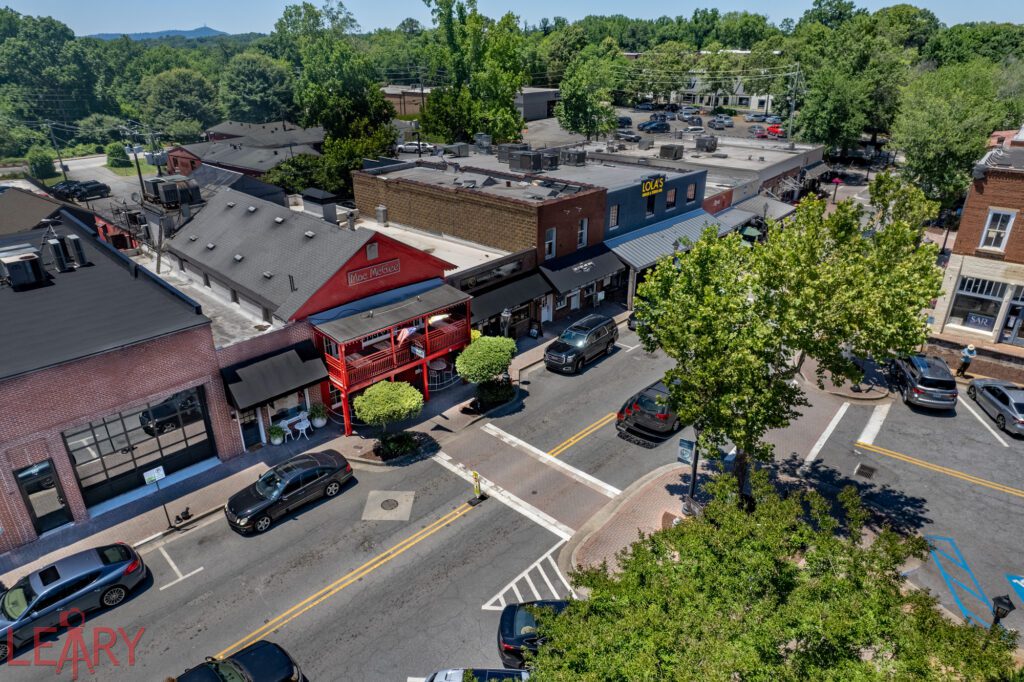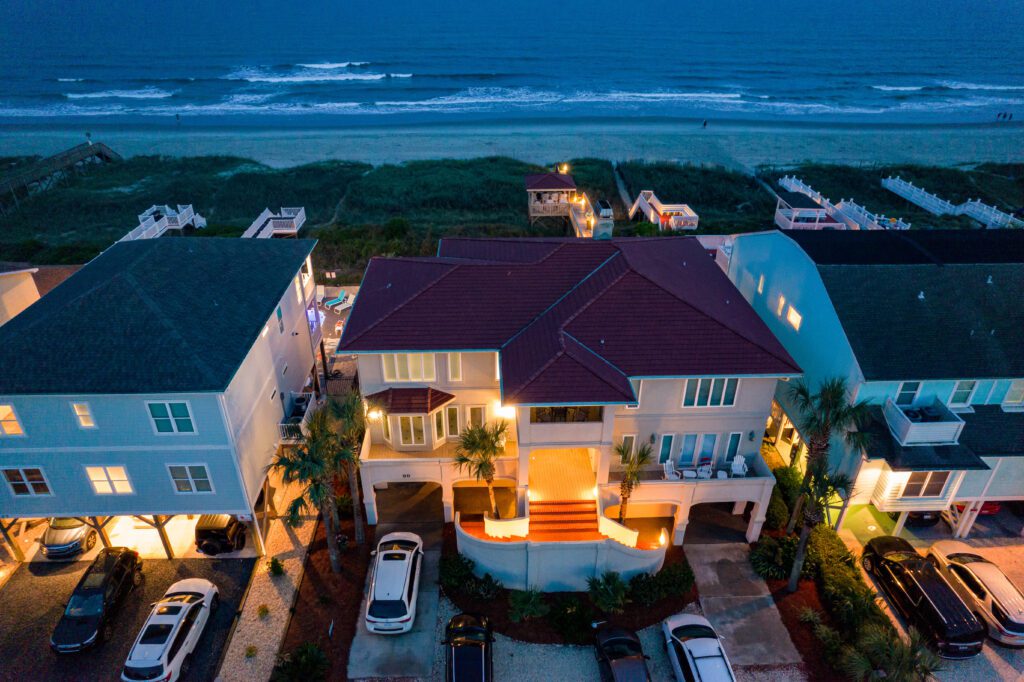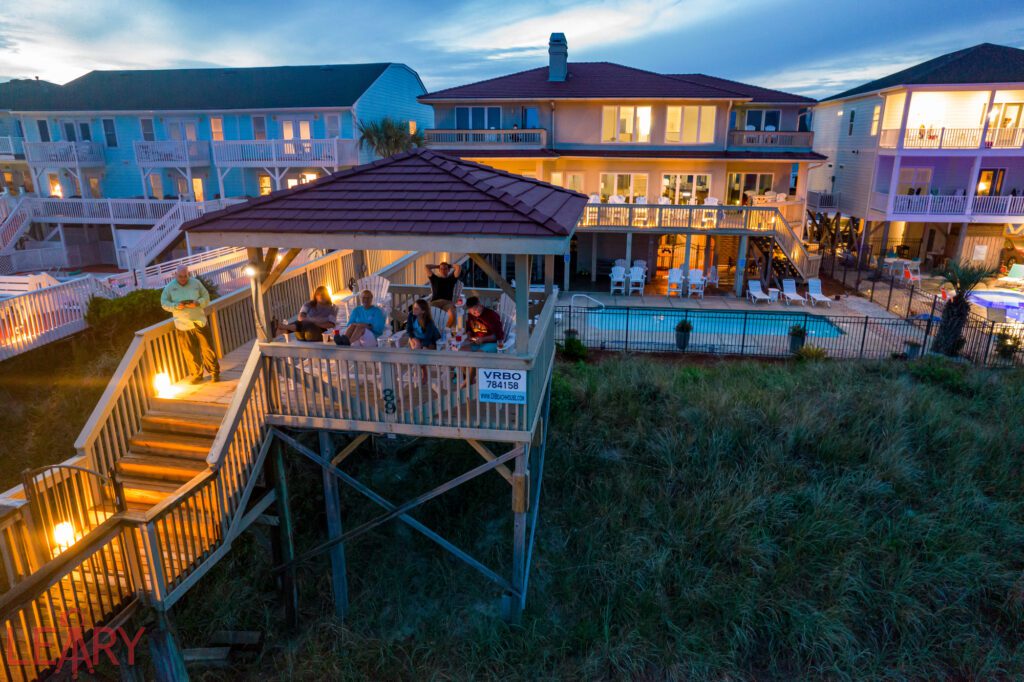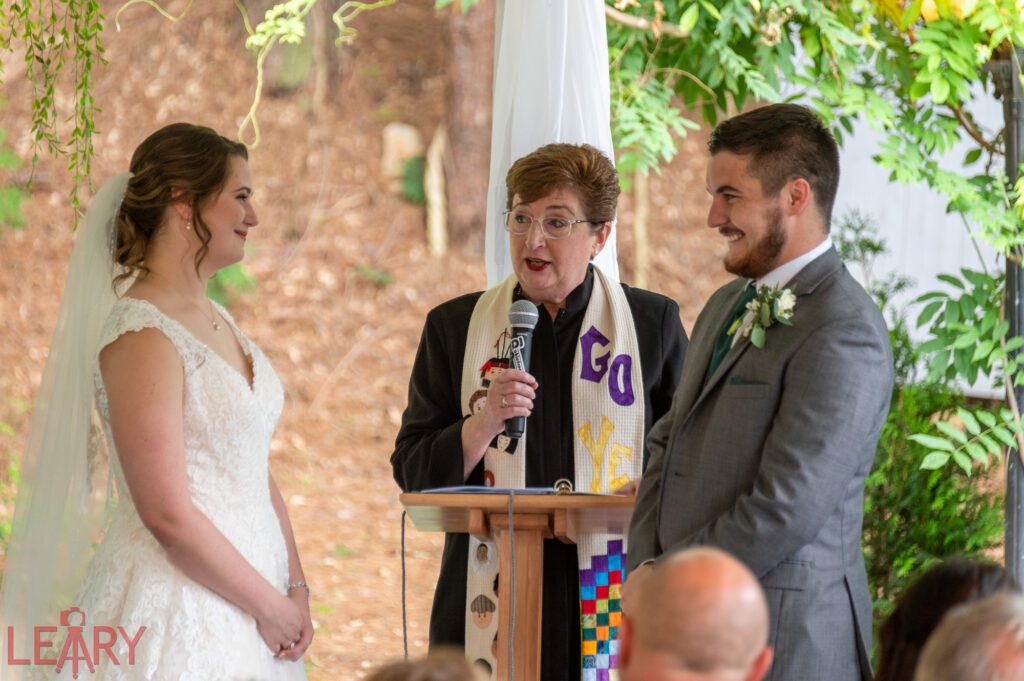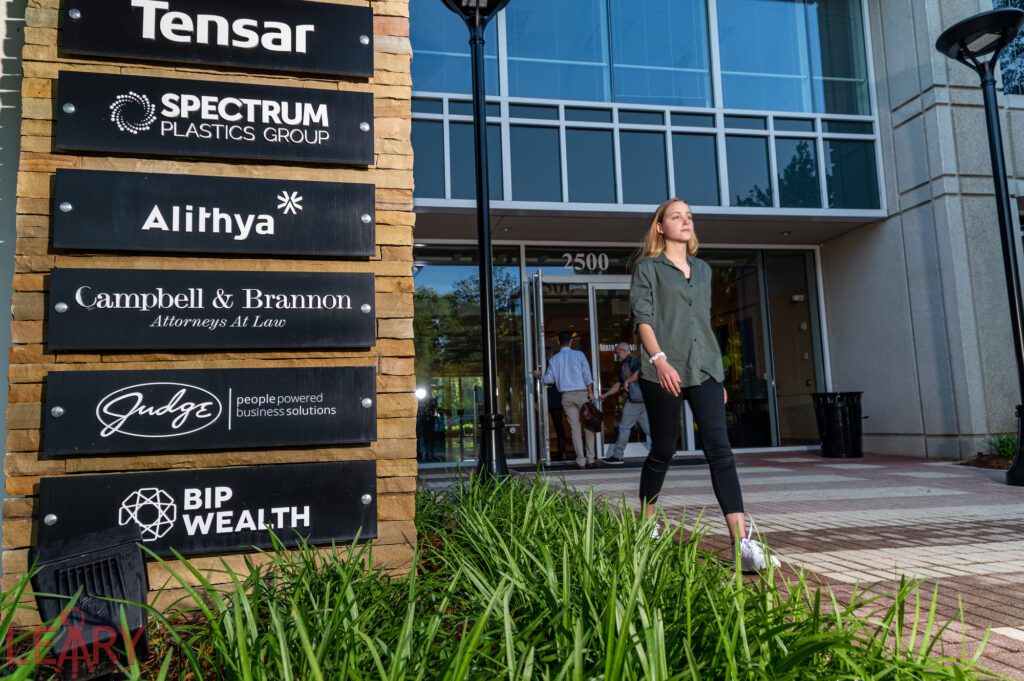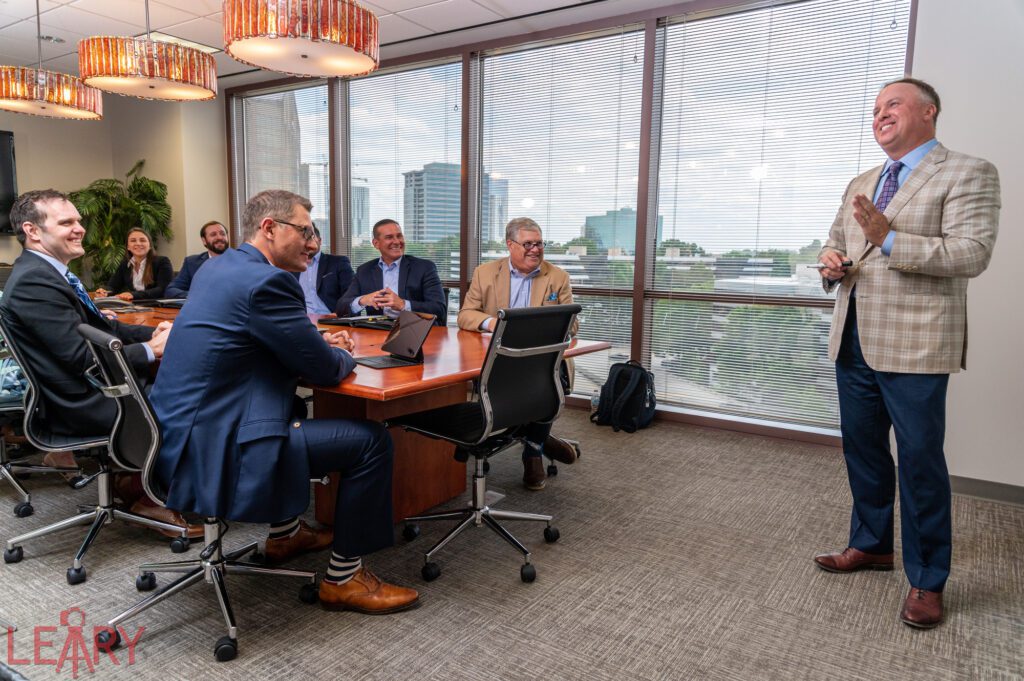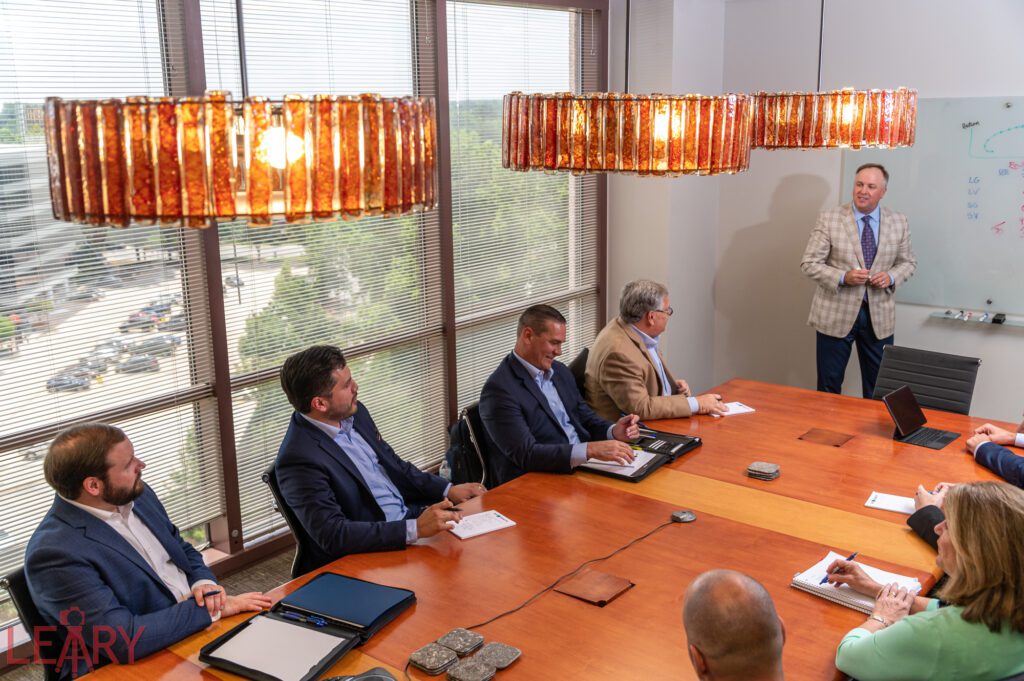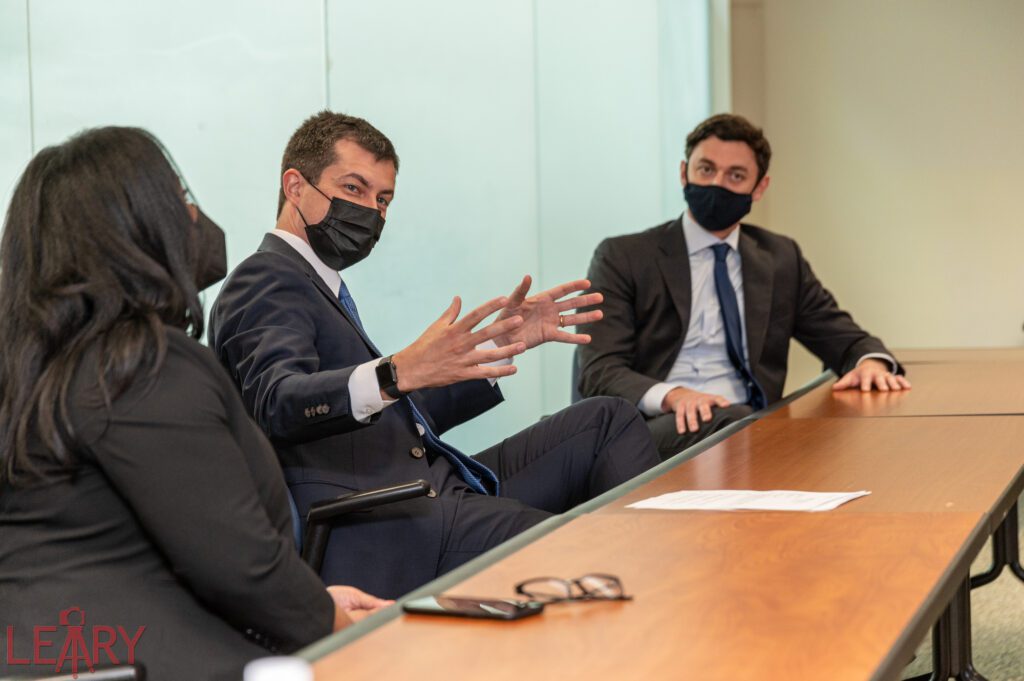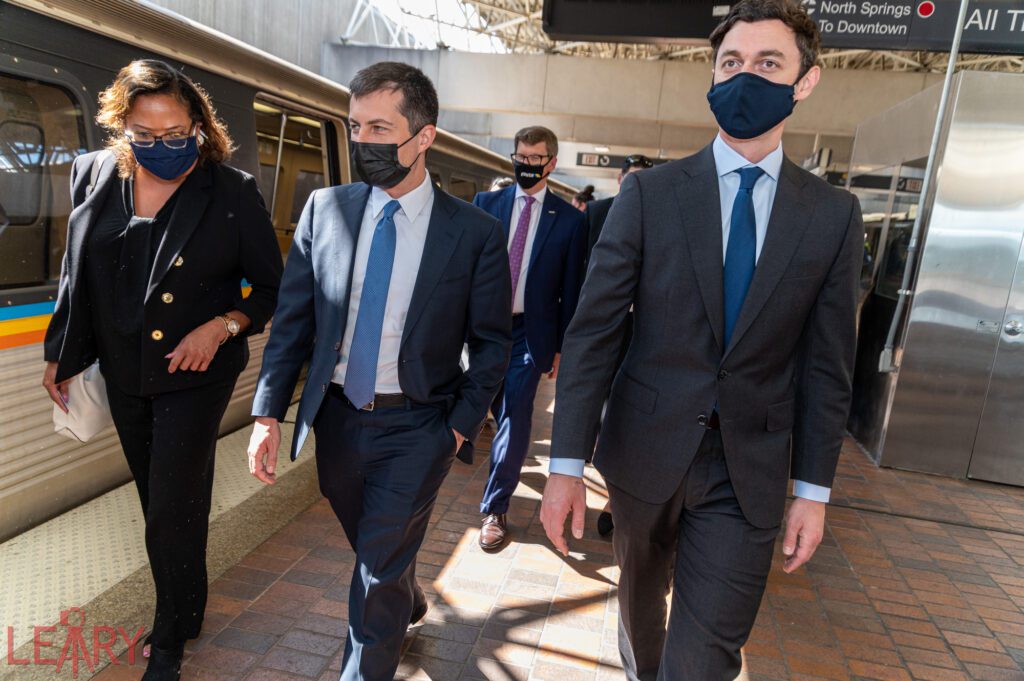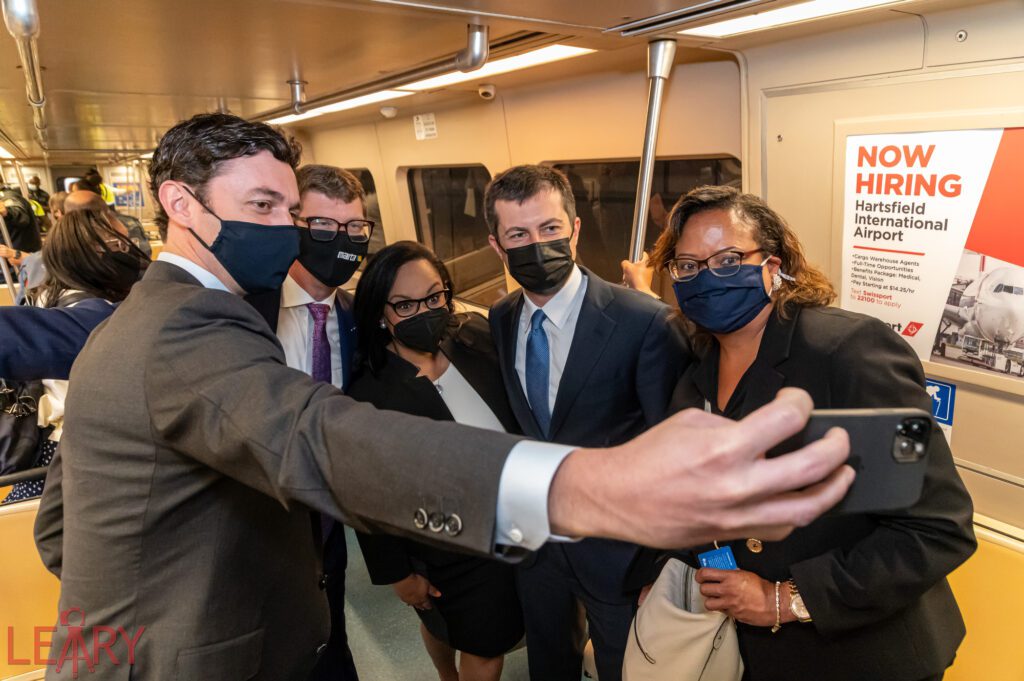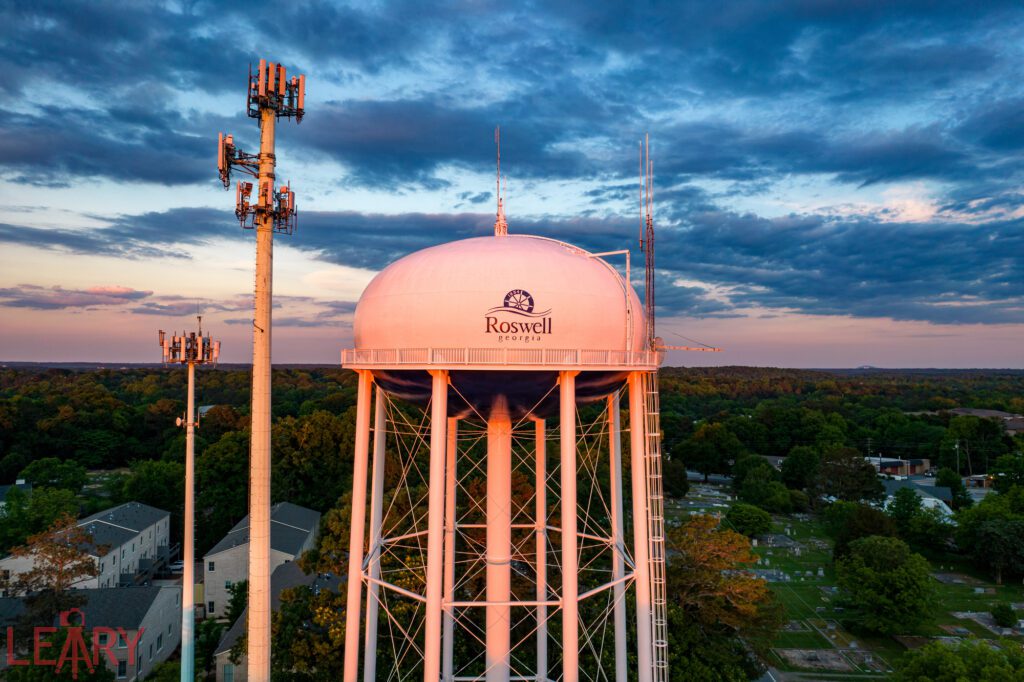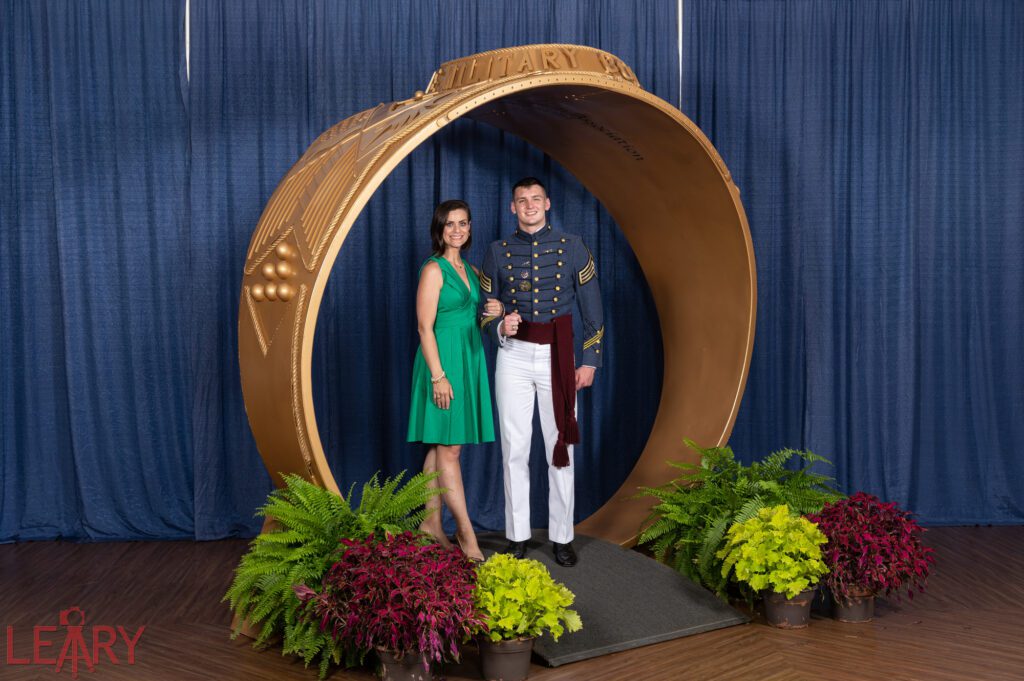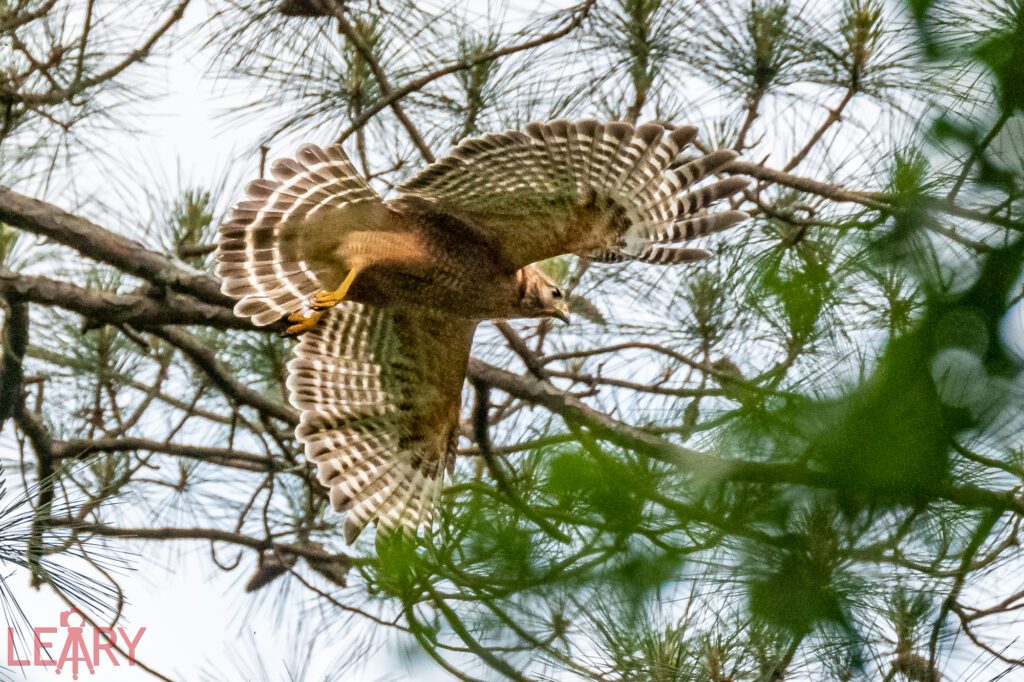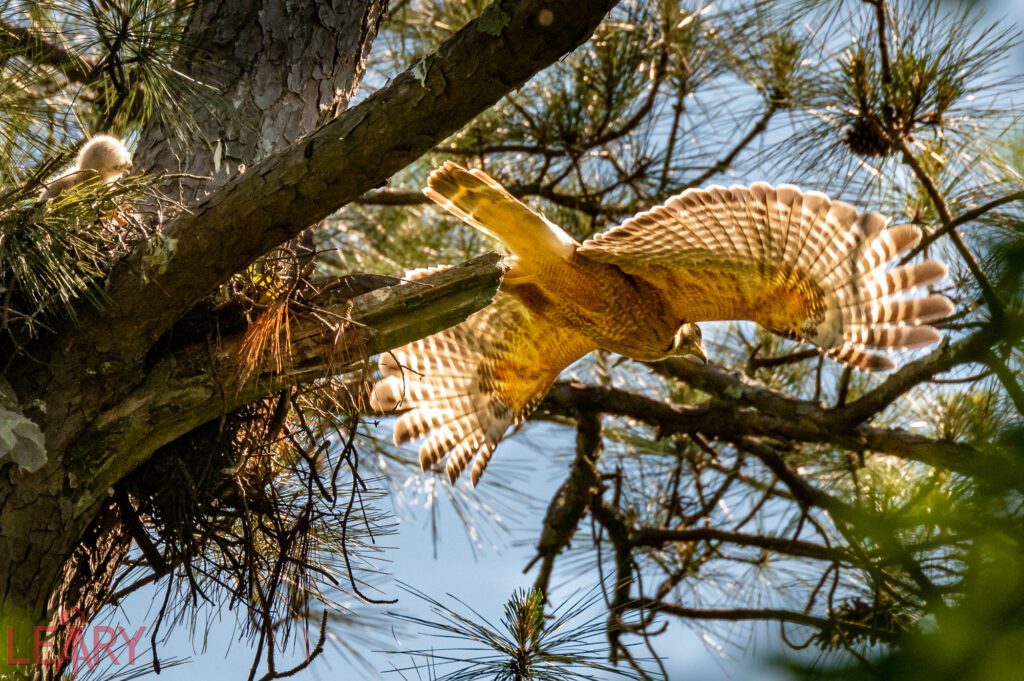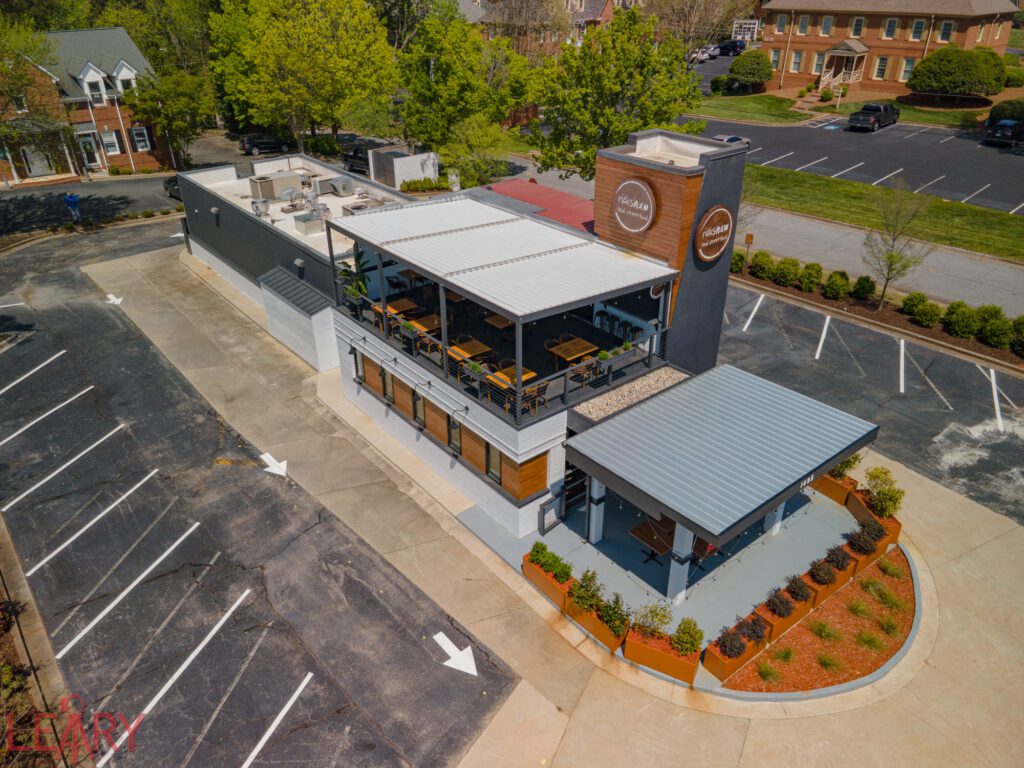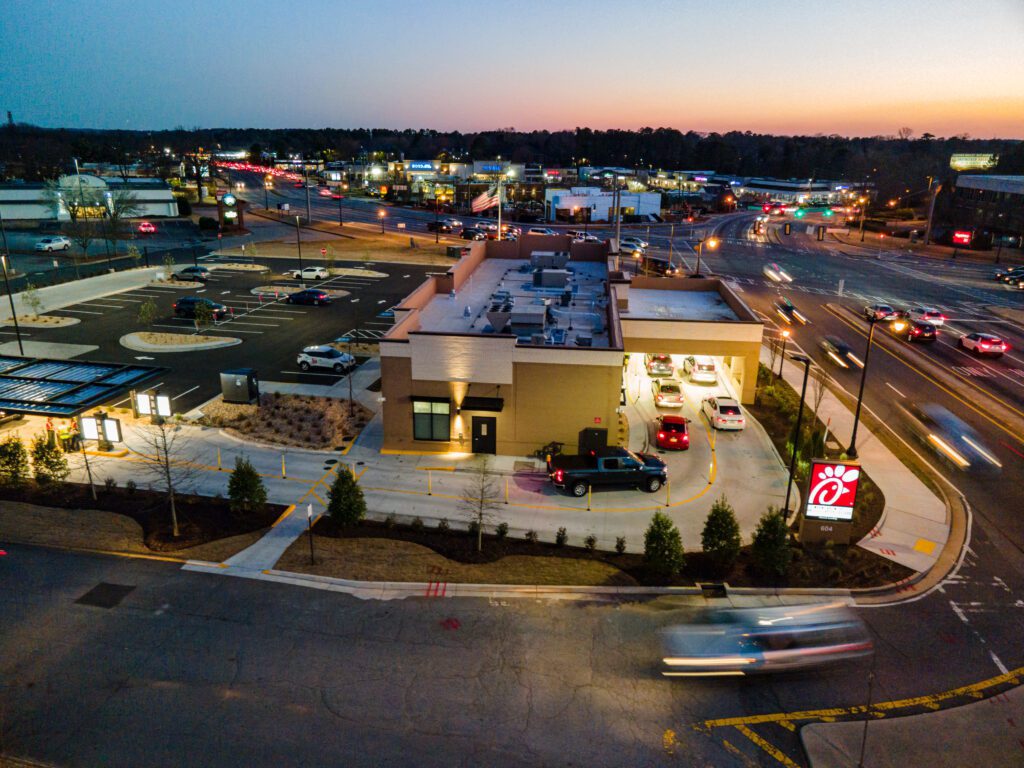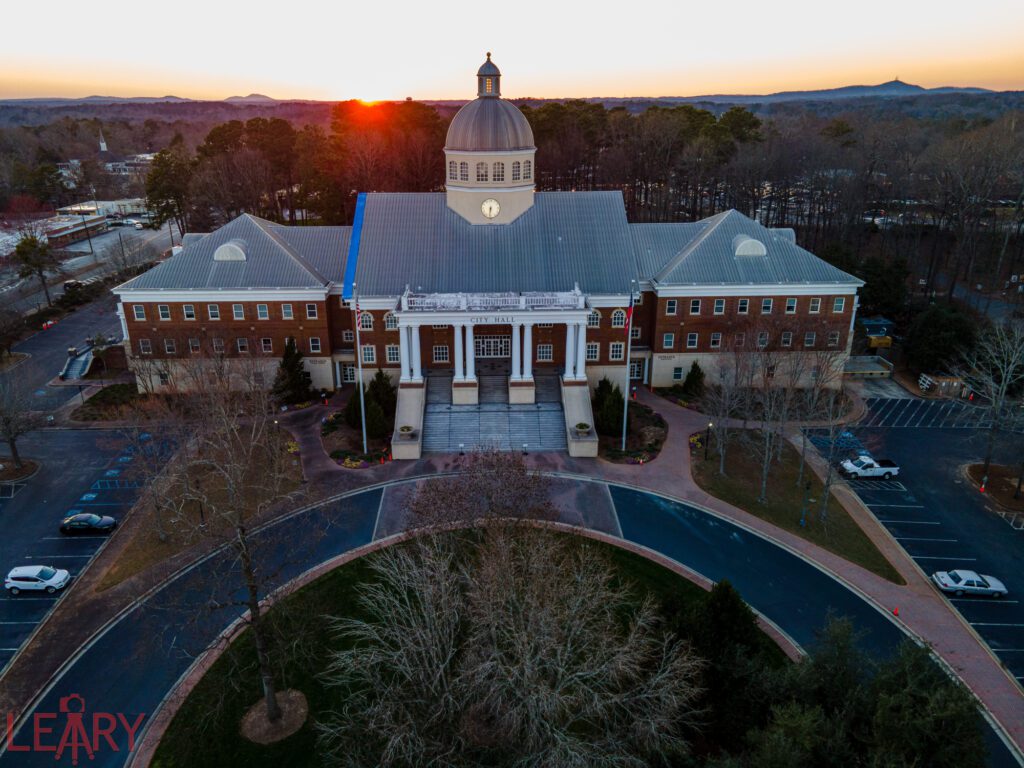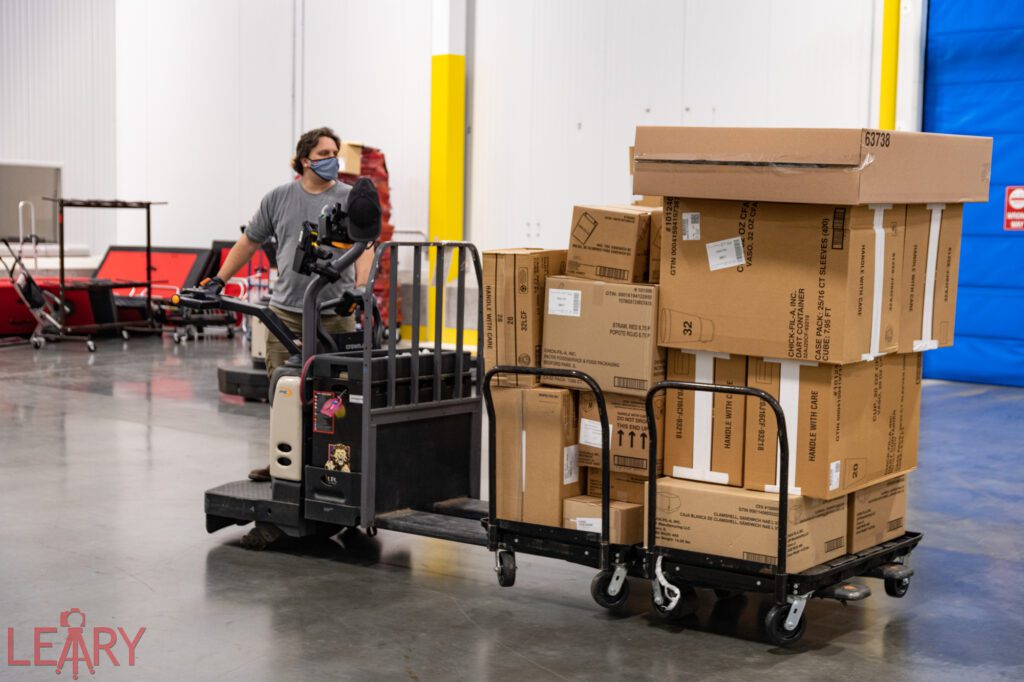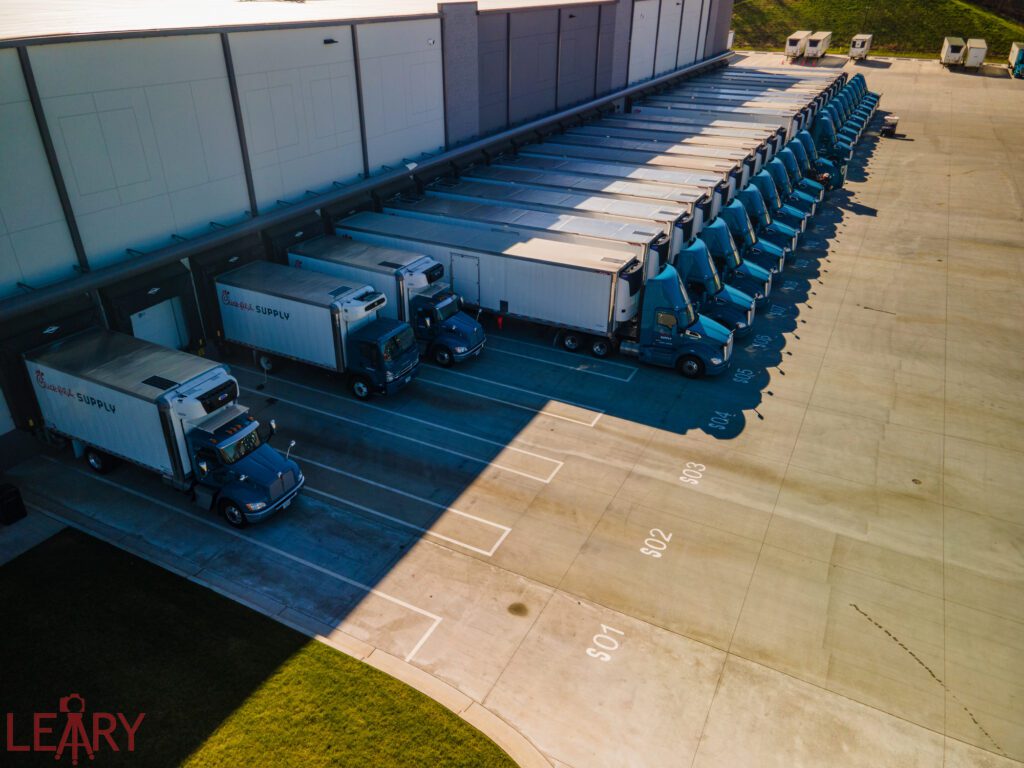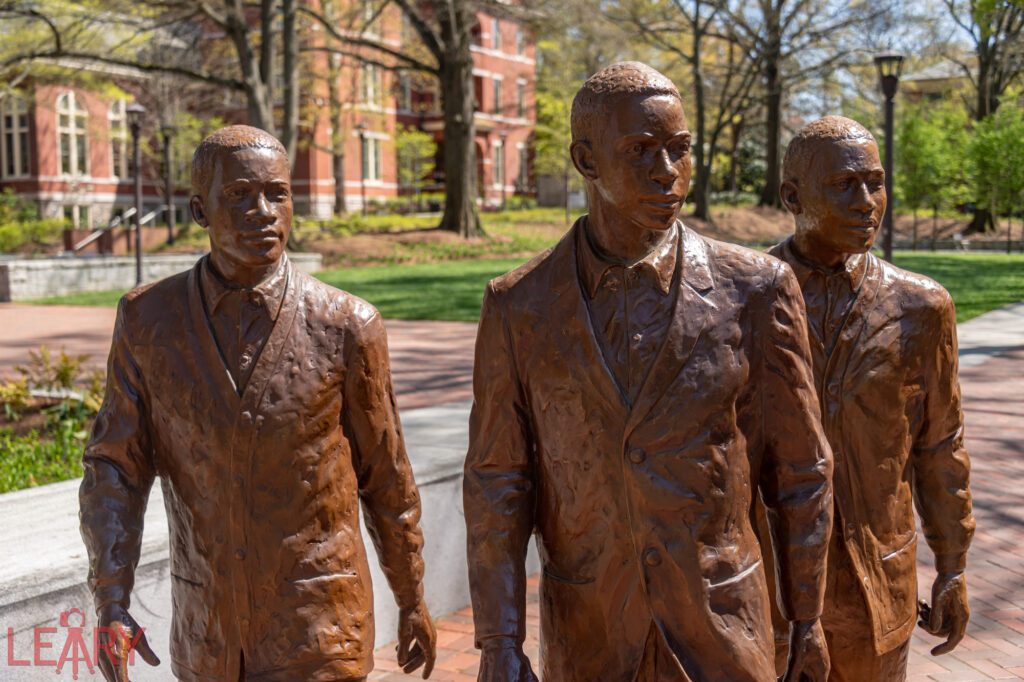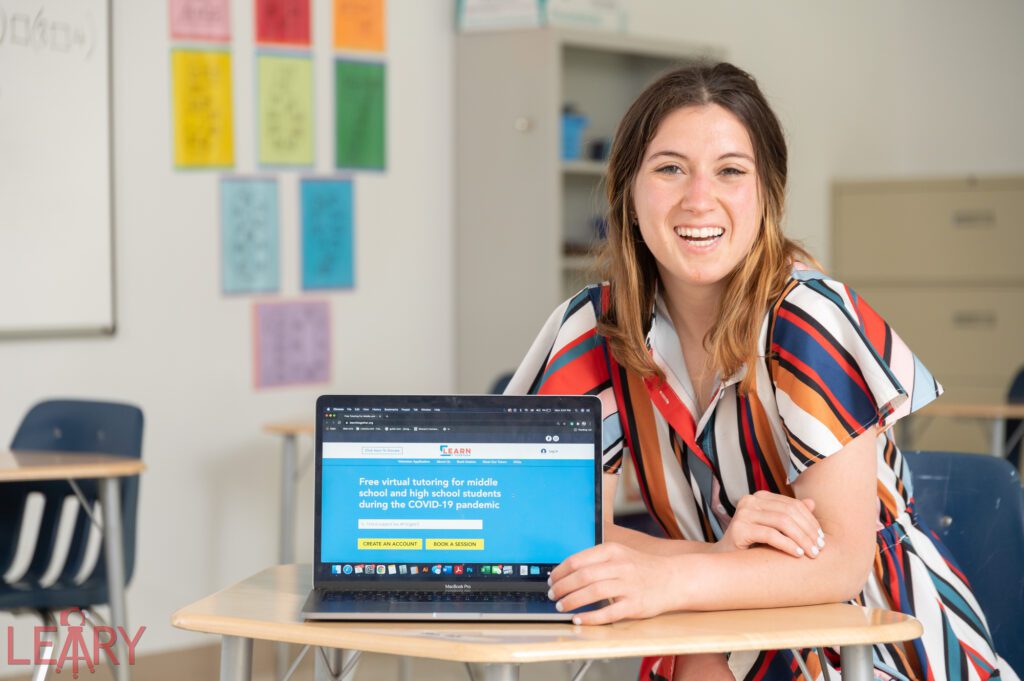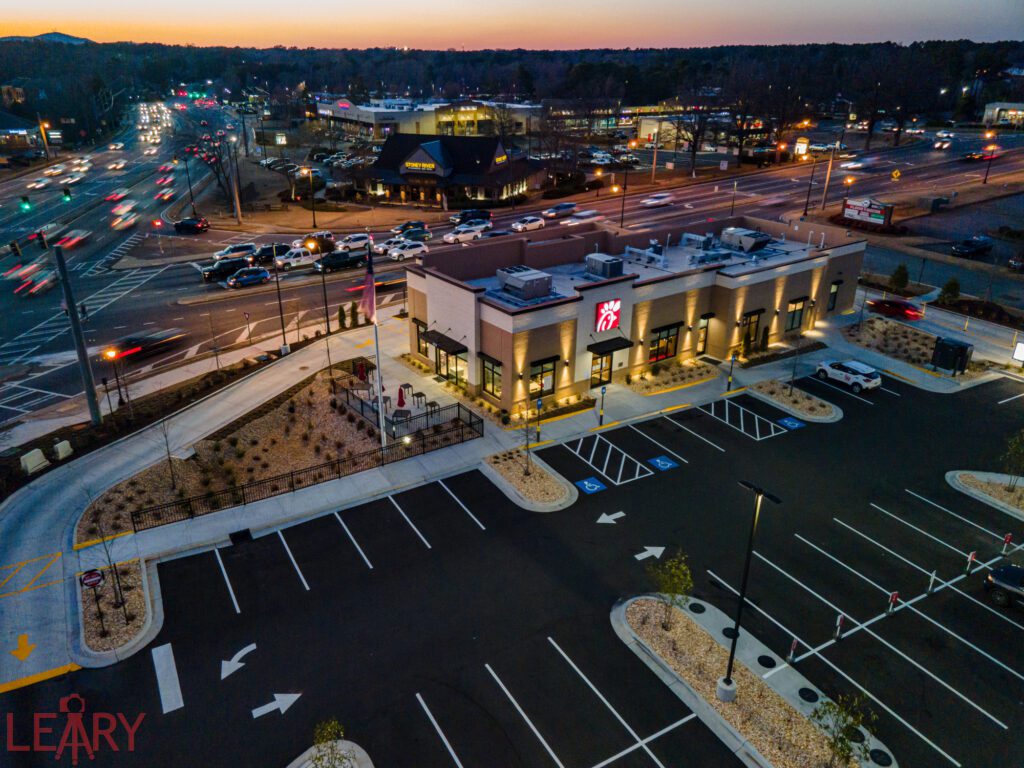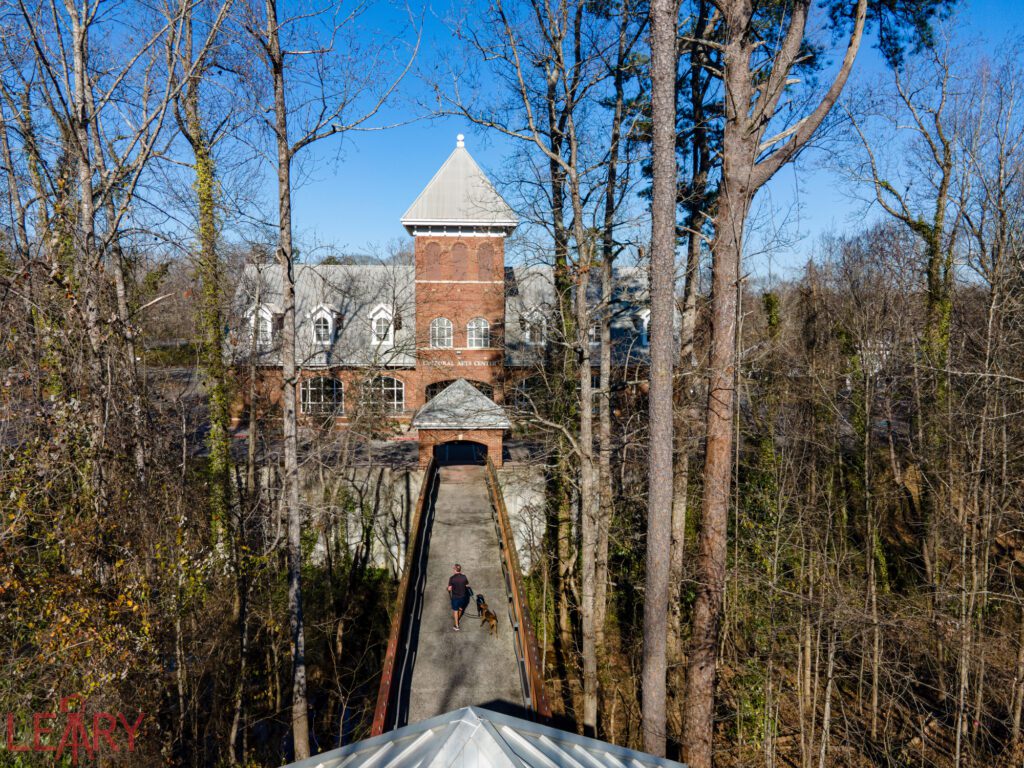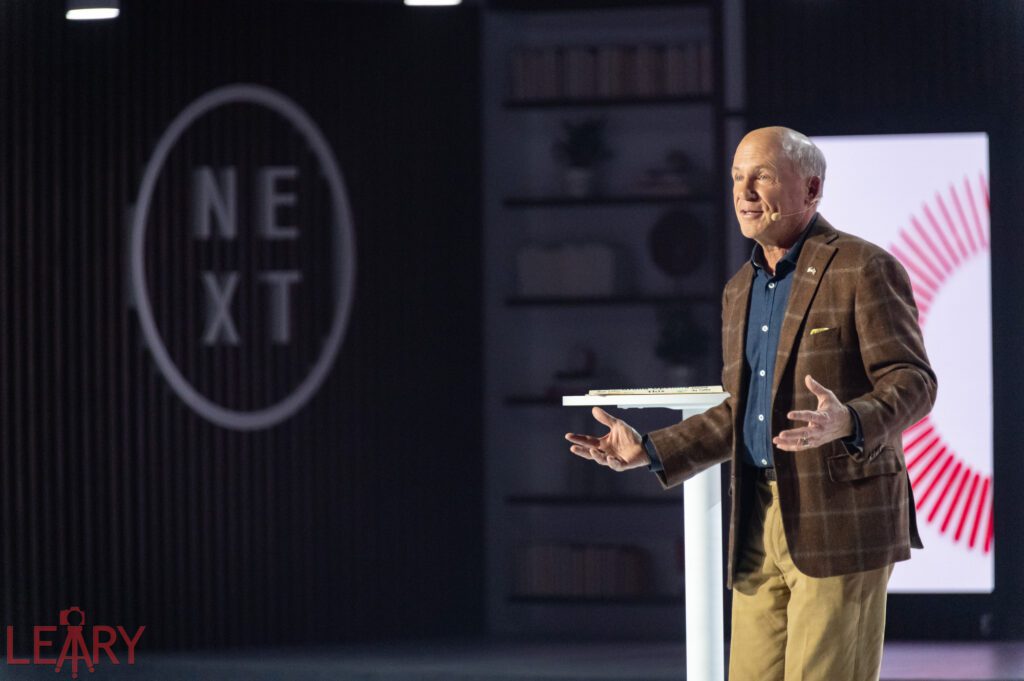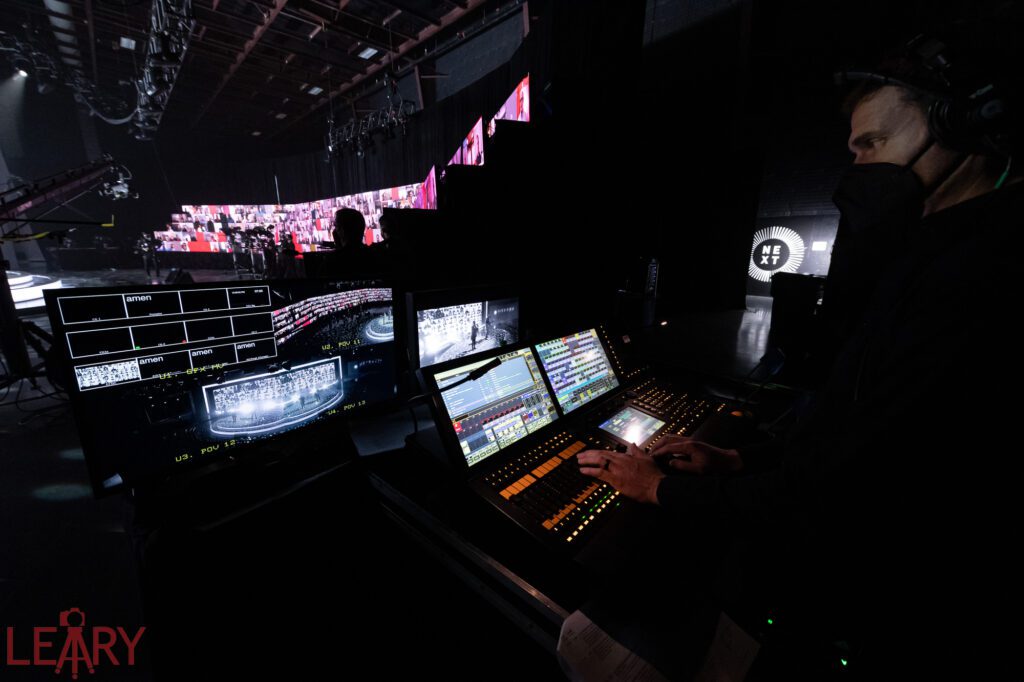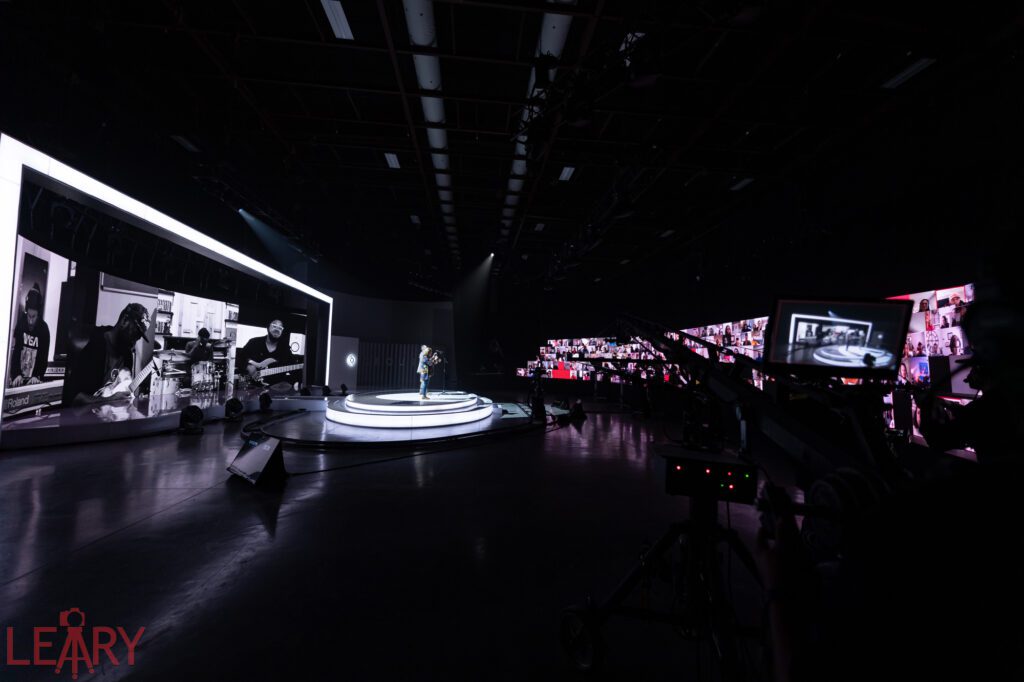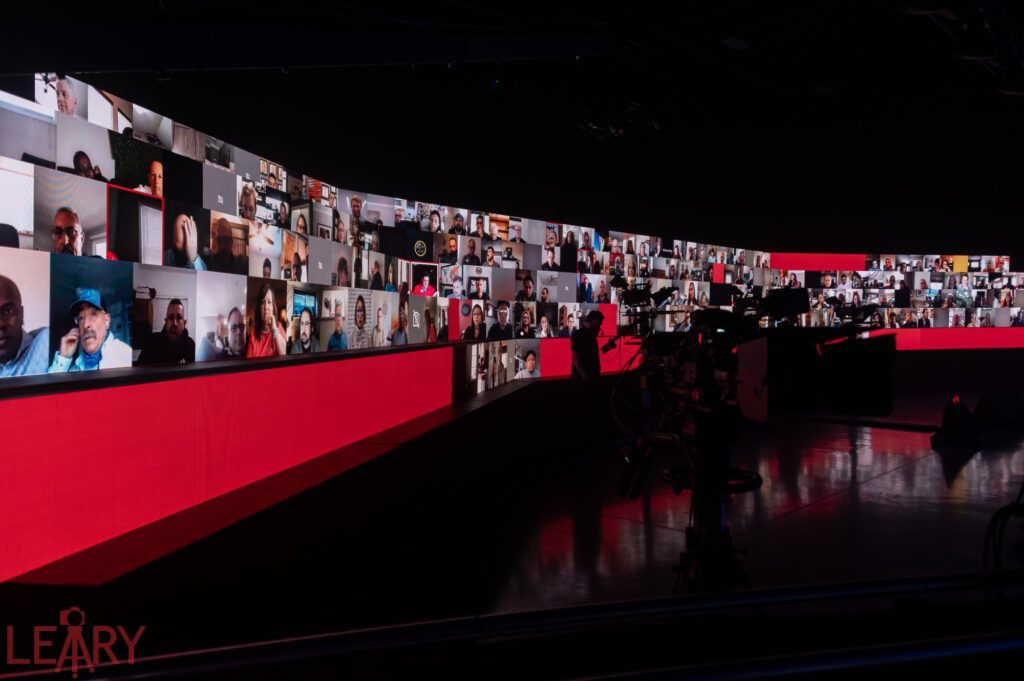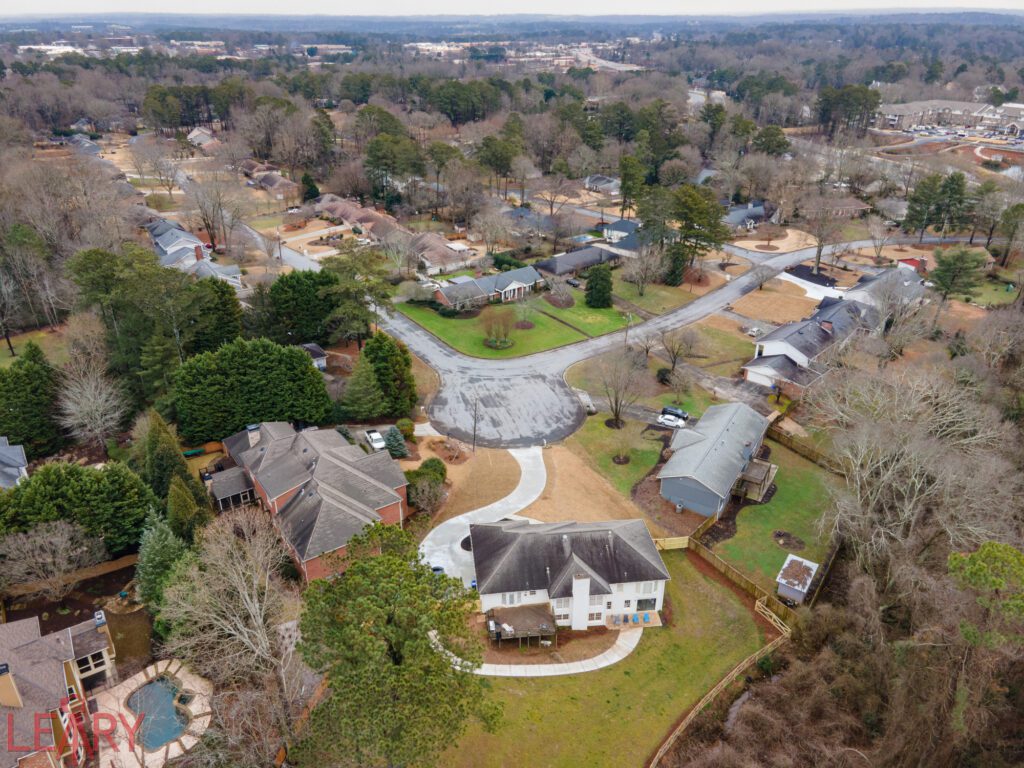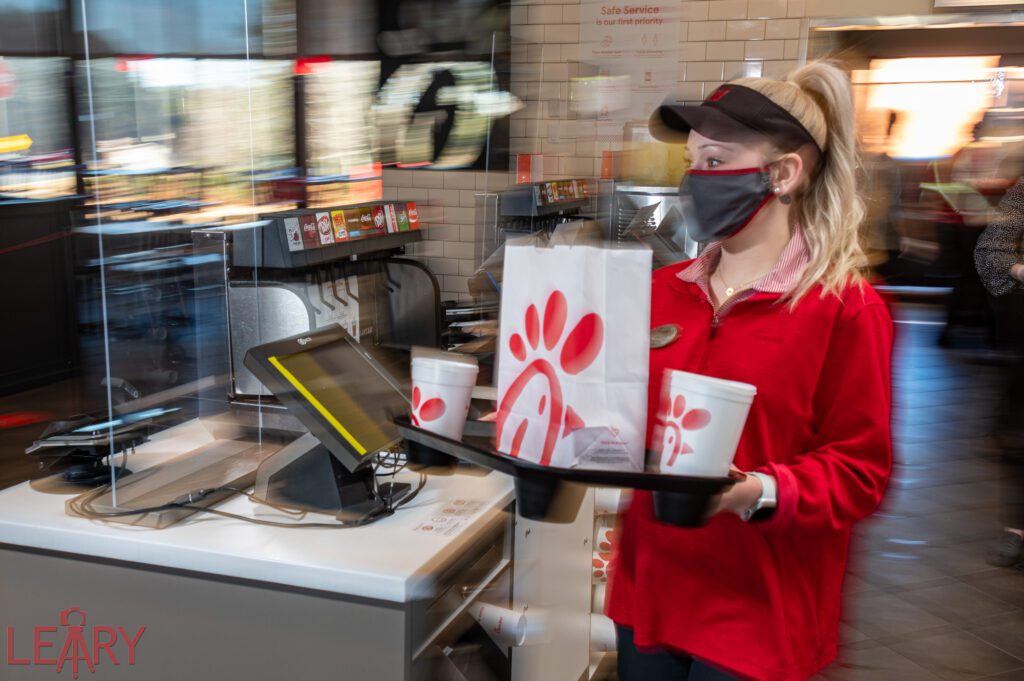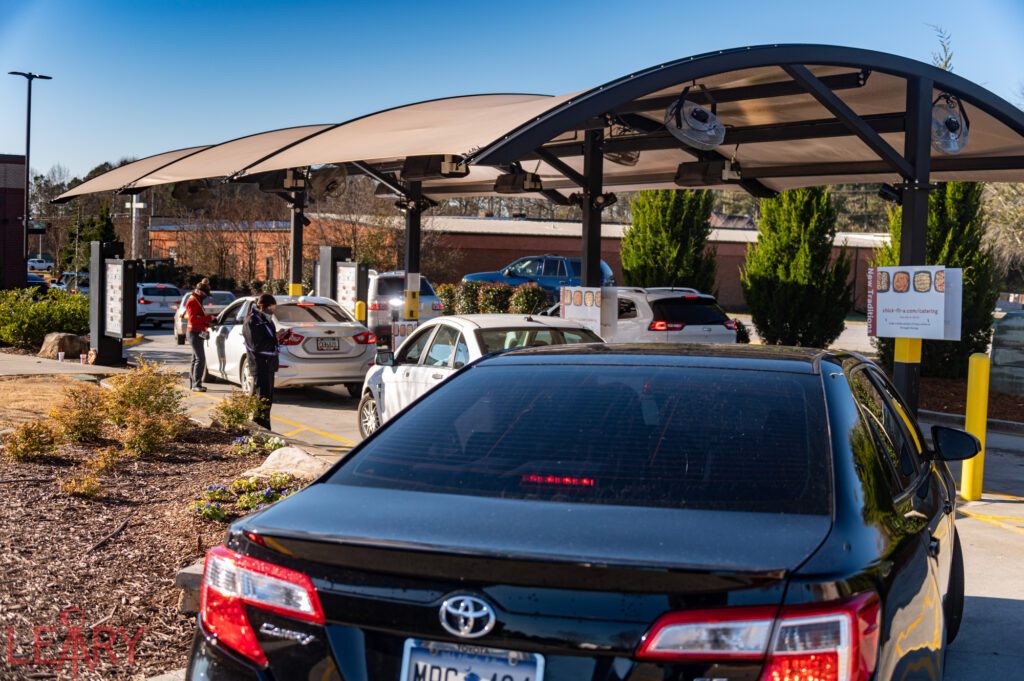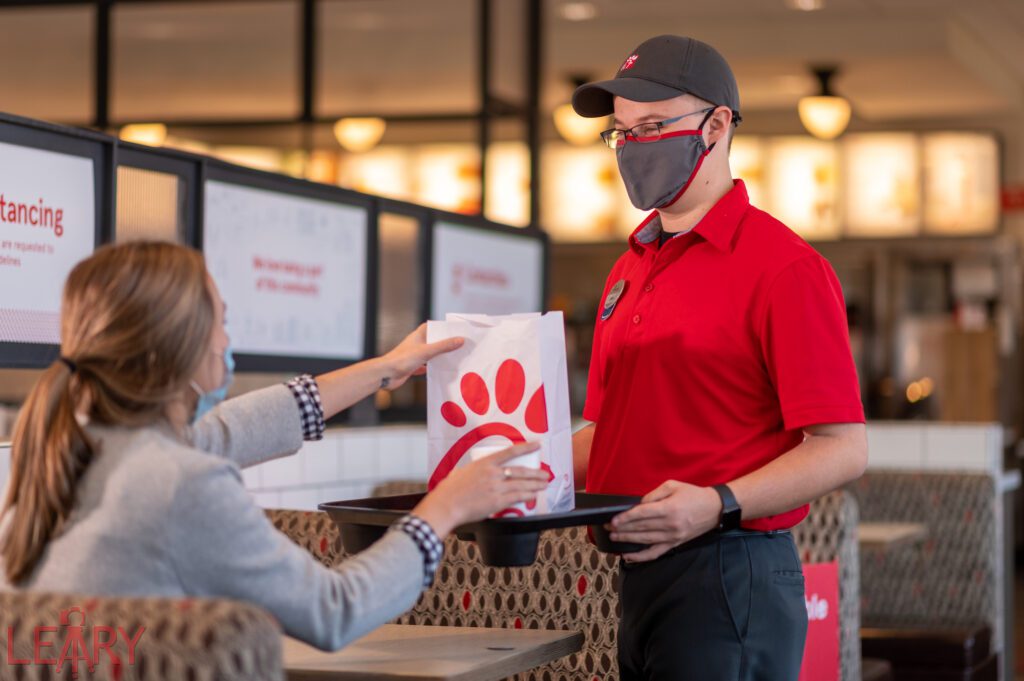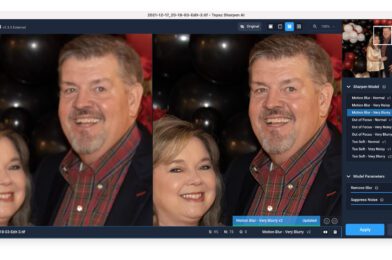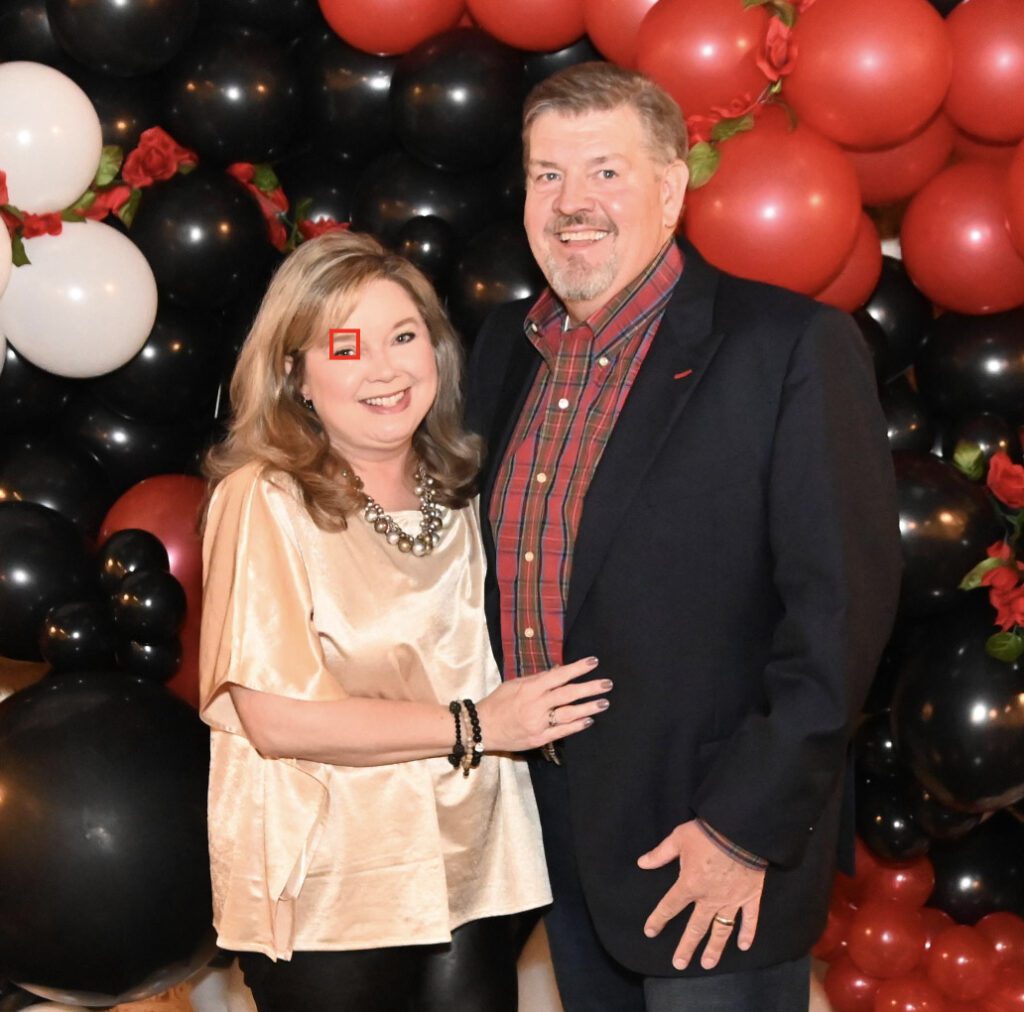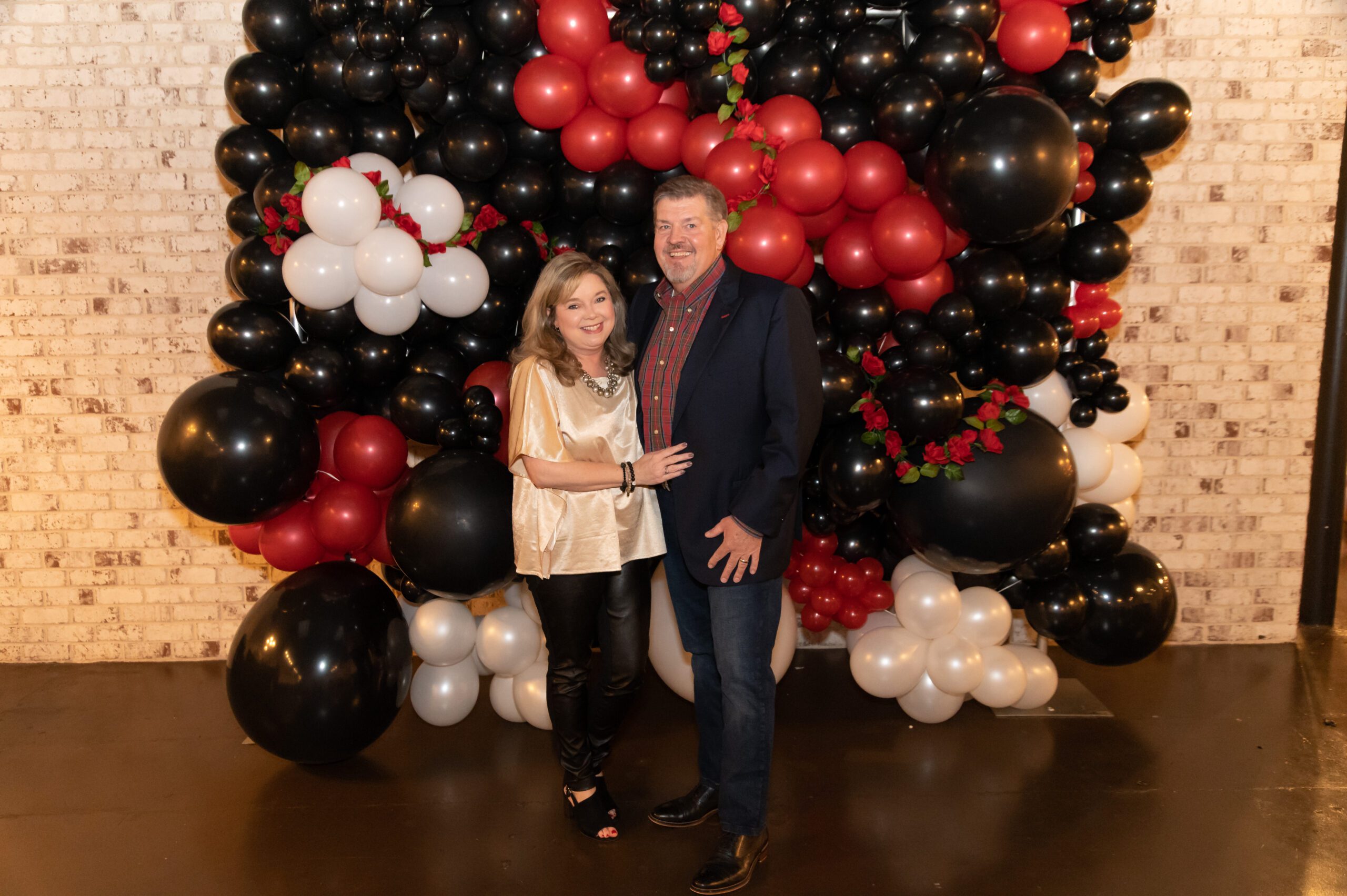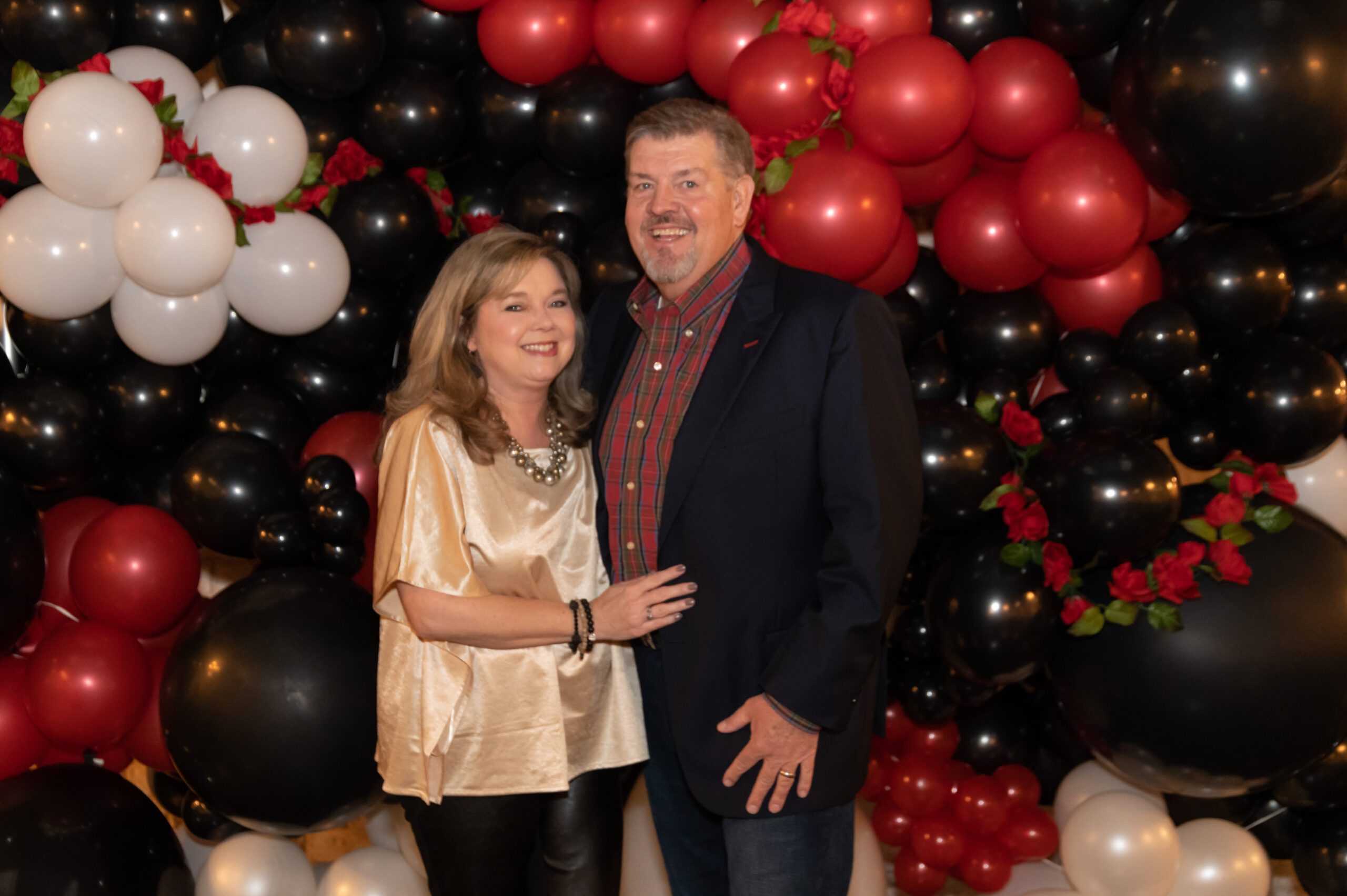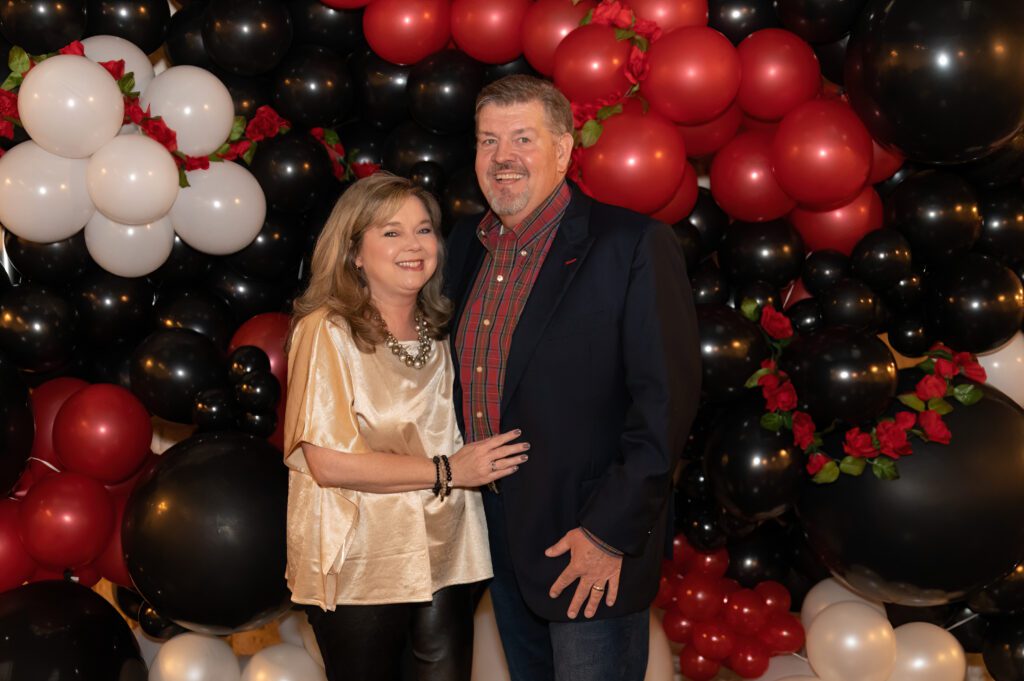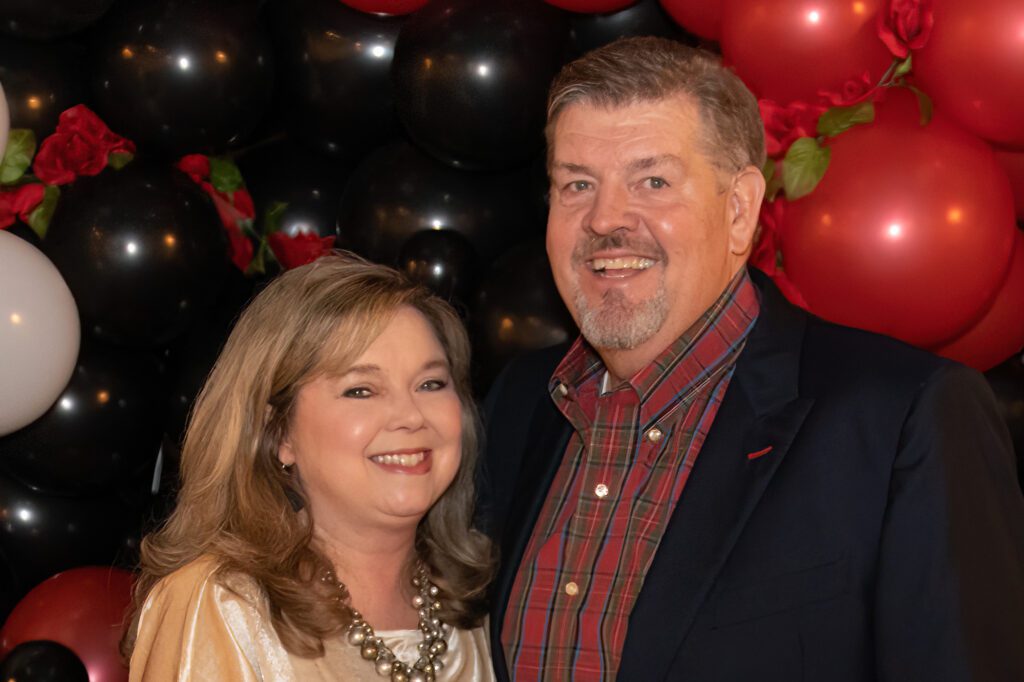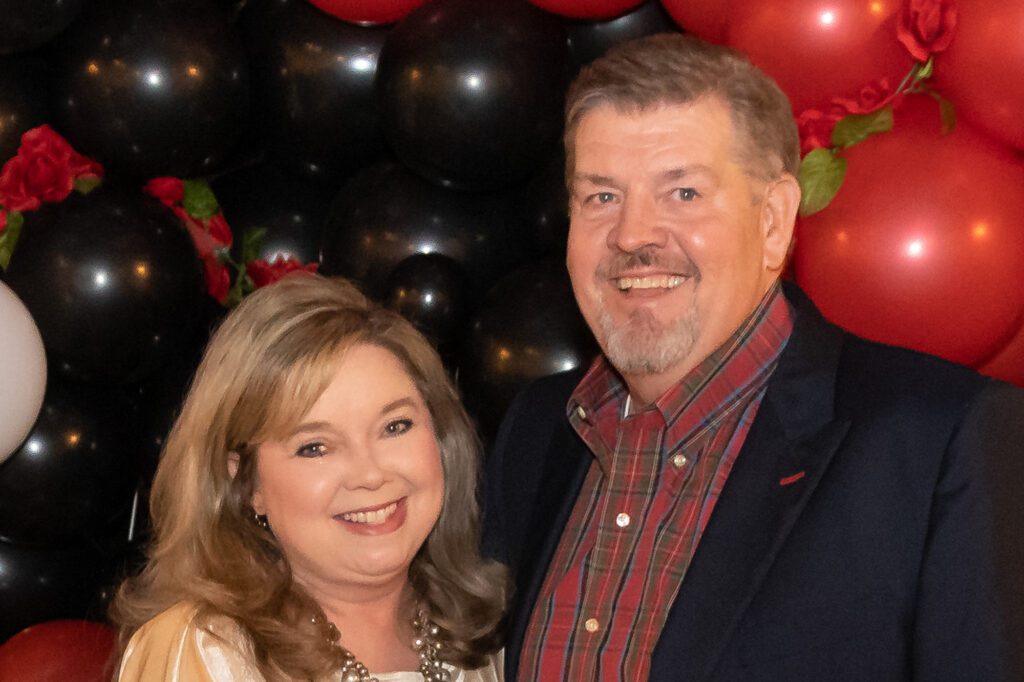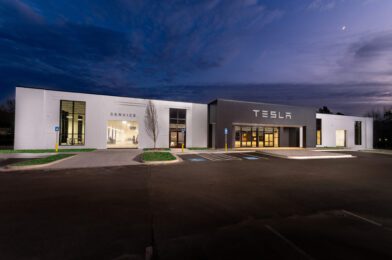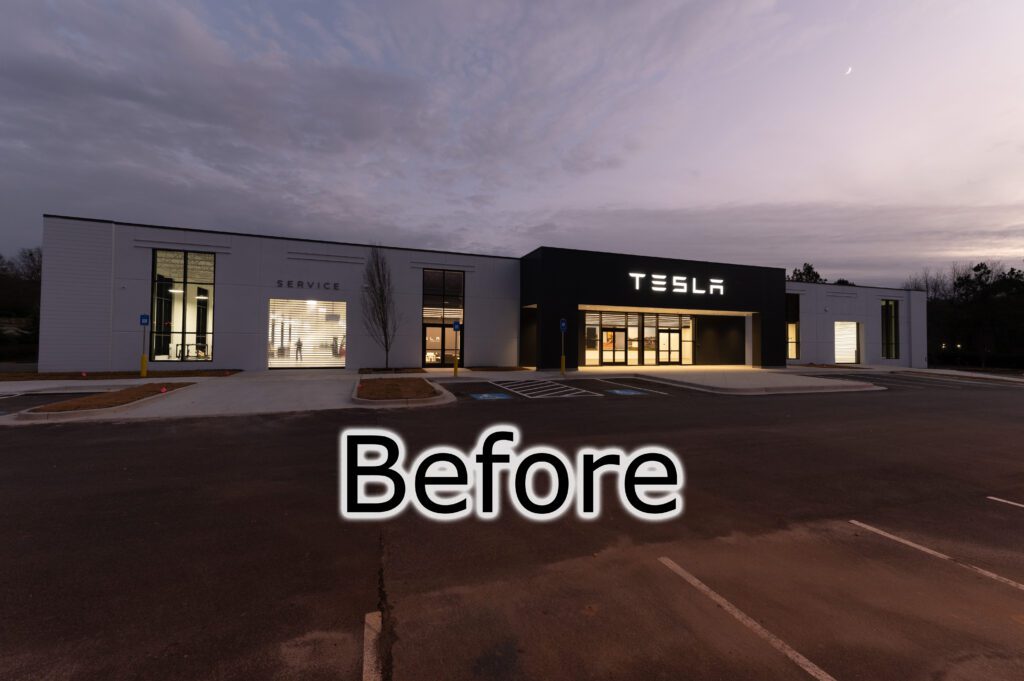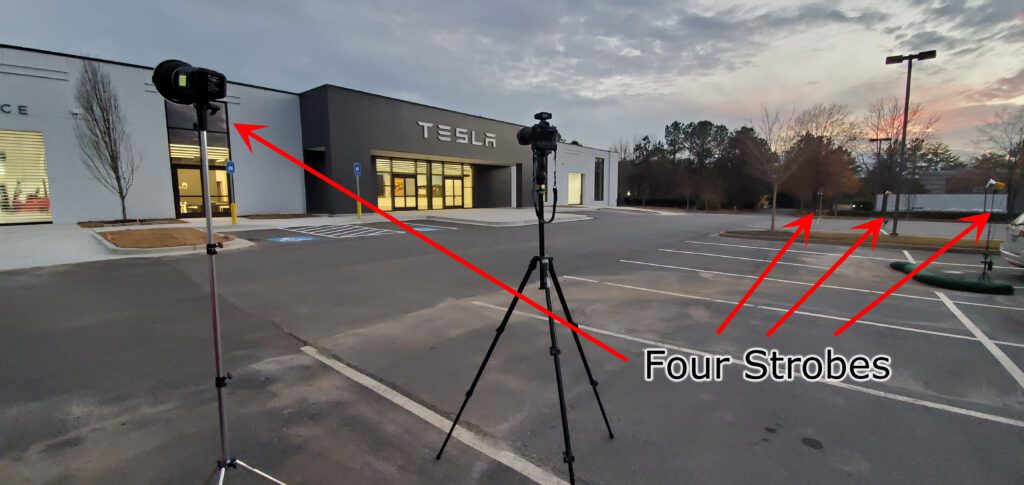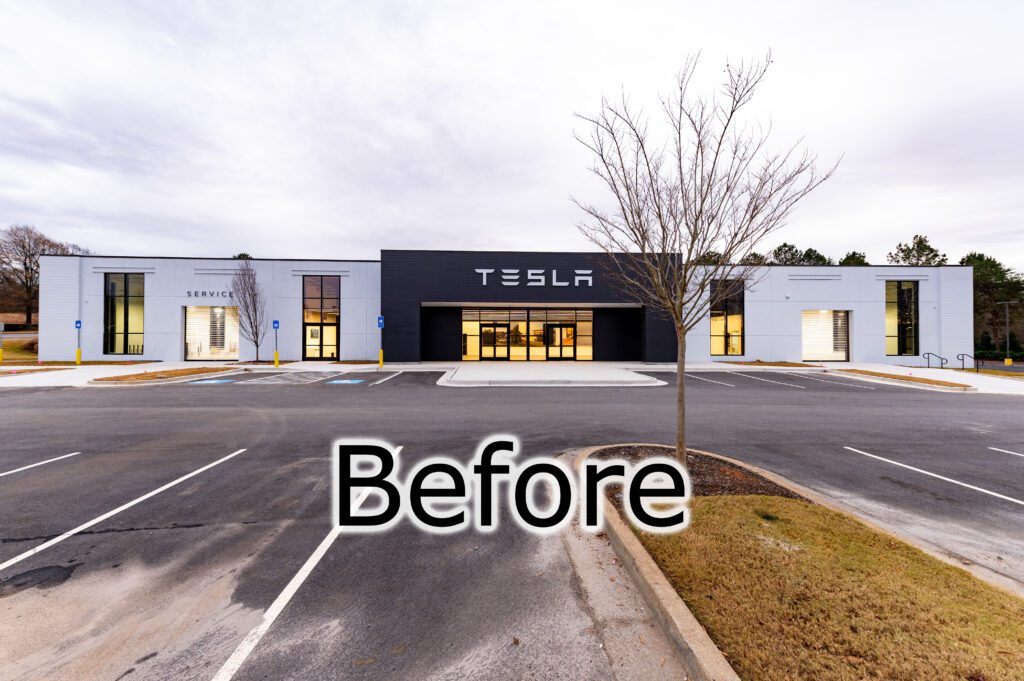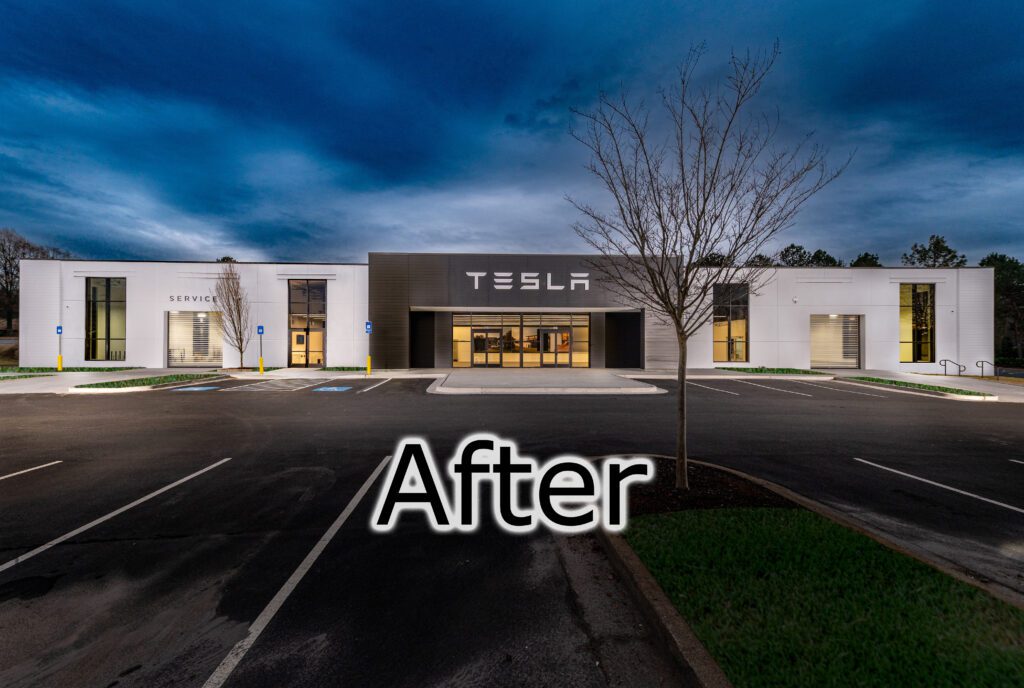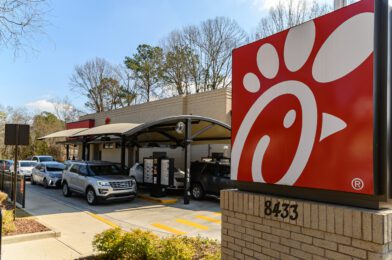“Never throughout history has a man who lived a life of ease left a name worth remembering.”
– Theodore “Teddy” Roosevelt
P.J. Fleck, head football coach of the University of Minnesota, shared this quote yesterday talking to a group I was covering.
This made me want to look at more of Theodore “Teddy” Roosevelt’s quotes. But before I share those, there is one more thing I try to do when I study someone.
I look at their environment and circumstances. Roosevelt lived from 1858 to 1919. That period was challenging to navigate. He is considered one of the top five presidents of the United States.
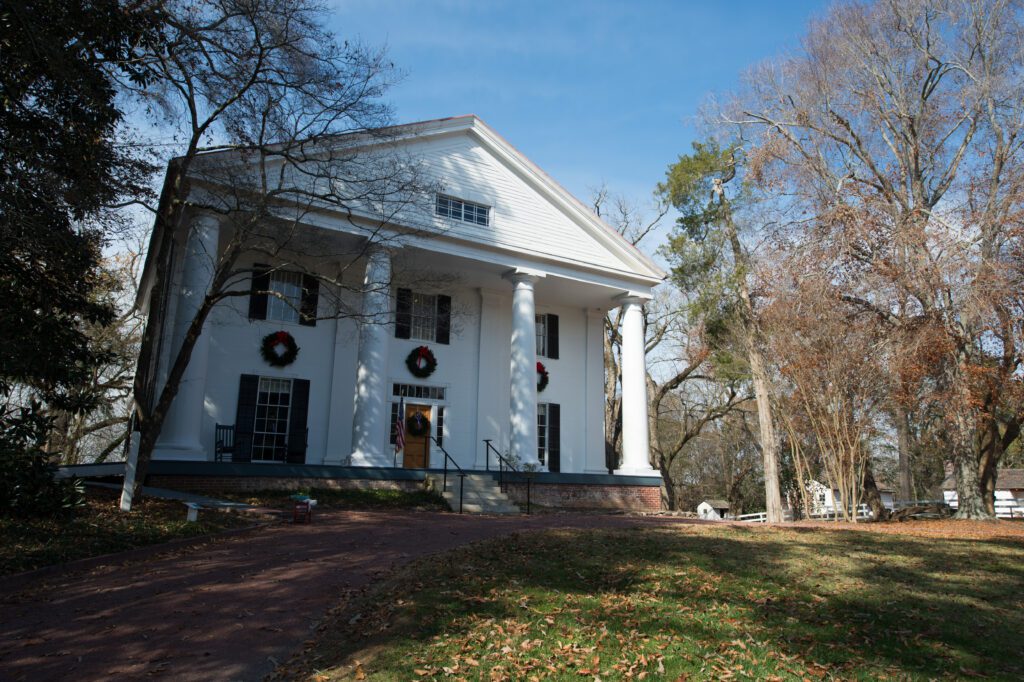
His mother was Martha Stewart (Bulloch) “Mittie” Roosevelt. She would marry Theodore Roosevelt senior in Roswell, Georgia, where I live now.
If you are like me and everyone else going through this pandemic, you have had to endure some challenges.
“It is only through labor and painful effort, by grim energy and resolute courage, that we move on to better things.”
– Theodore “Teddy” Roosevelt
Every time I get a new camera or piece of new gear, I make a lot of mistakes. Just yesterday, I couldn’t get my Nikon Z9 to focus. The problem was I had to have that photo. The keynote speaker and the head of the organization invited him to speak.
I was not just frustrated at the moment but feeling shame. I switched to my Nikon Z6 but had it on the wrong setting and underexposed the photo too much to be usable.
“Whenever you are asked if you can do a job, tell ’em, ‘Certainly I can!’ Then get busy and find out how to do it.”
– Theodore “Teddy” Roosevelt
I just kept on pushing myself, and I solved my problem. It was a crisis. What motivated me at the moment was fear. I was so scared about ruining my reputation. I must deliver the photos and the best I can do at that moment.
“It is only through labor and painful effort, by grim energy and resolute courage, that we move on to better things.”
– Theodore “Teddy” Roosevelt
Over the years, I have discovered that while I have an aptitude for the technical, this alone is not enough to succeed. I have found that people need to feel safe with you. They need to trust you. Clients are putting their lives into my hands when they hire me to photograph or video something for them.
“People don’t care how much you know until they know how much you care.”
– Theodore “Teddy” Roosevelt
While teaching the art of storytelling, I had a revelation. I even said this before I realized how true it is to tell someone’s story.
“Forget the camera right now. See how we are sitting beside each other?” I said to a few students. Then I would move my chair a few feet from them. “Which feels more intimate?” It would help if you started by talking with the person I said. Then it is much easier to start with your wide-angle lens to capture them up close and intimate.
While talking about this concept with a student, I had the “Ah Ha Moment.”
“Talk your way in and then shoot your way out,” was coming out of my mouth. I wish I had thought of saying it this way many years ago.
I explained the benefits of this process.
First, I watched many students spend time shooting, and when they asked for their names, the people didn’t want to help them. If they started talking first, they would have saved a lot of time.
You introduce yourself and tell them you want to make their photos and would they mind.
Second, by taking some time to listen to the person and explore their story, you could look for opportunities that might work much better visually than text alone.
Not talking to someone and shooting before you get their information can have you treating them as objects and not human if you are not careful. Talking to them helps avoid this problem.
Third, now that you have been talking, it is easier to pull out the widest lens and take some photos up close. You are sitting or standing next to them.
Once you have spent some time getting to know someone, it is much easier to build a shot list in your head or write it down if you need.
“I care not what others think of what I do, but I care very much about what I think of what I do! That is character!”
– Theodore “Teddy” Roosevelt
Your understanding of your purpose is more important than your gear or ability to connect with people. You need to know your gifts and talents. You need to develop those gifts and use them in the service of others.
In this time of turmoil, spend some time in self-reflection.
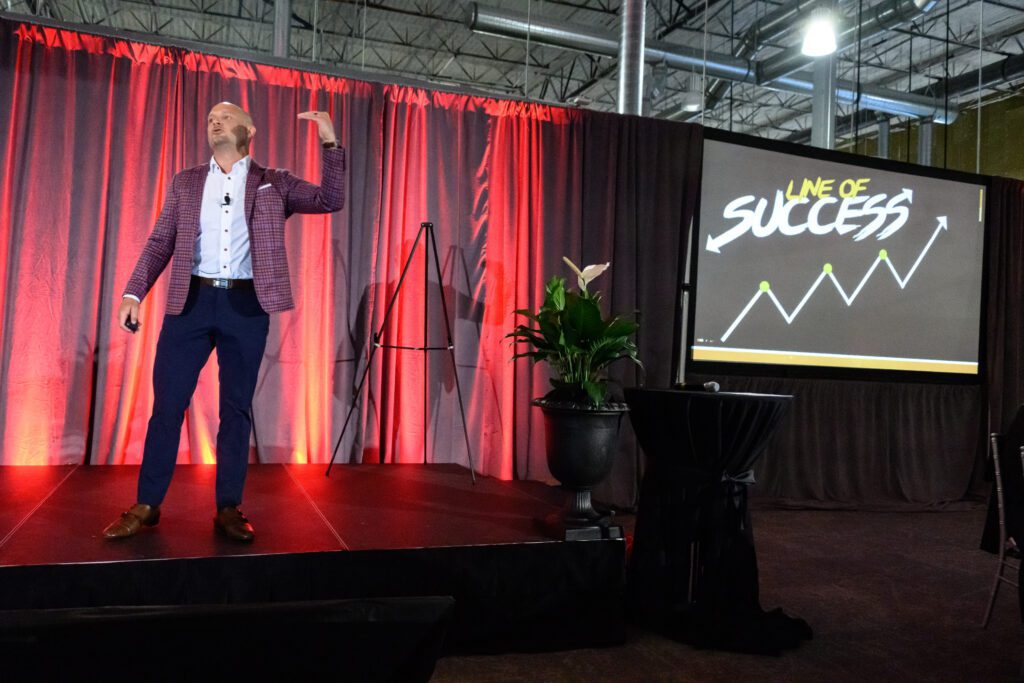
Coach P.J. Fleck introduced me to another way to think of family. The way to build a family is through this acronym of Family: Forget About Me, I Love You
After understanding more about yourself and your character, then look for how to bless others with your gifts.
My new camera, the Nikon Z9, requires me to read the manual and test it out to discover what it can do to help others tell their stories.

